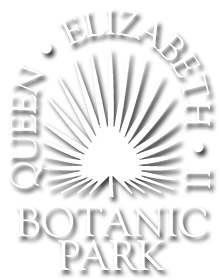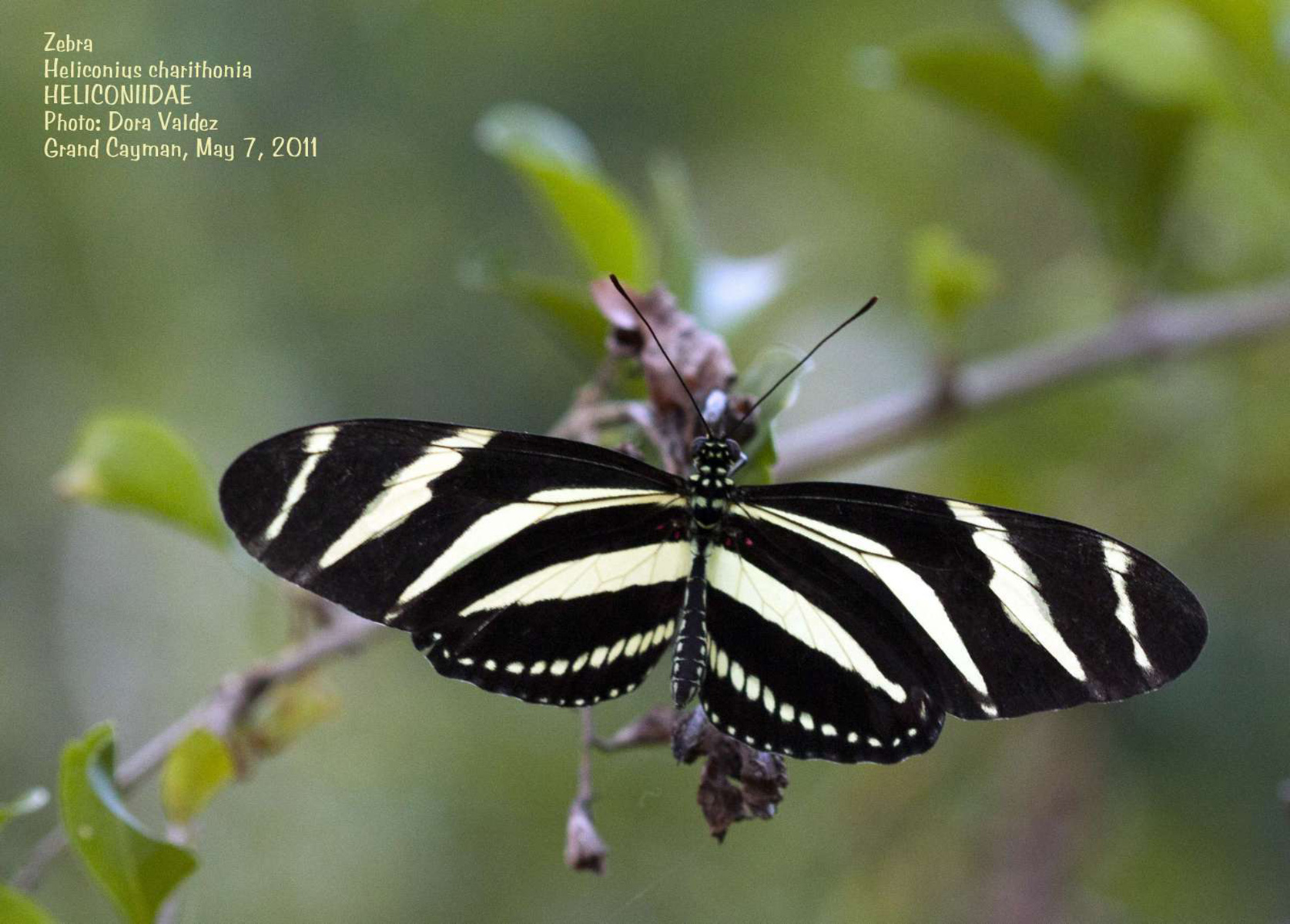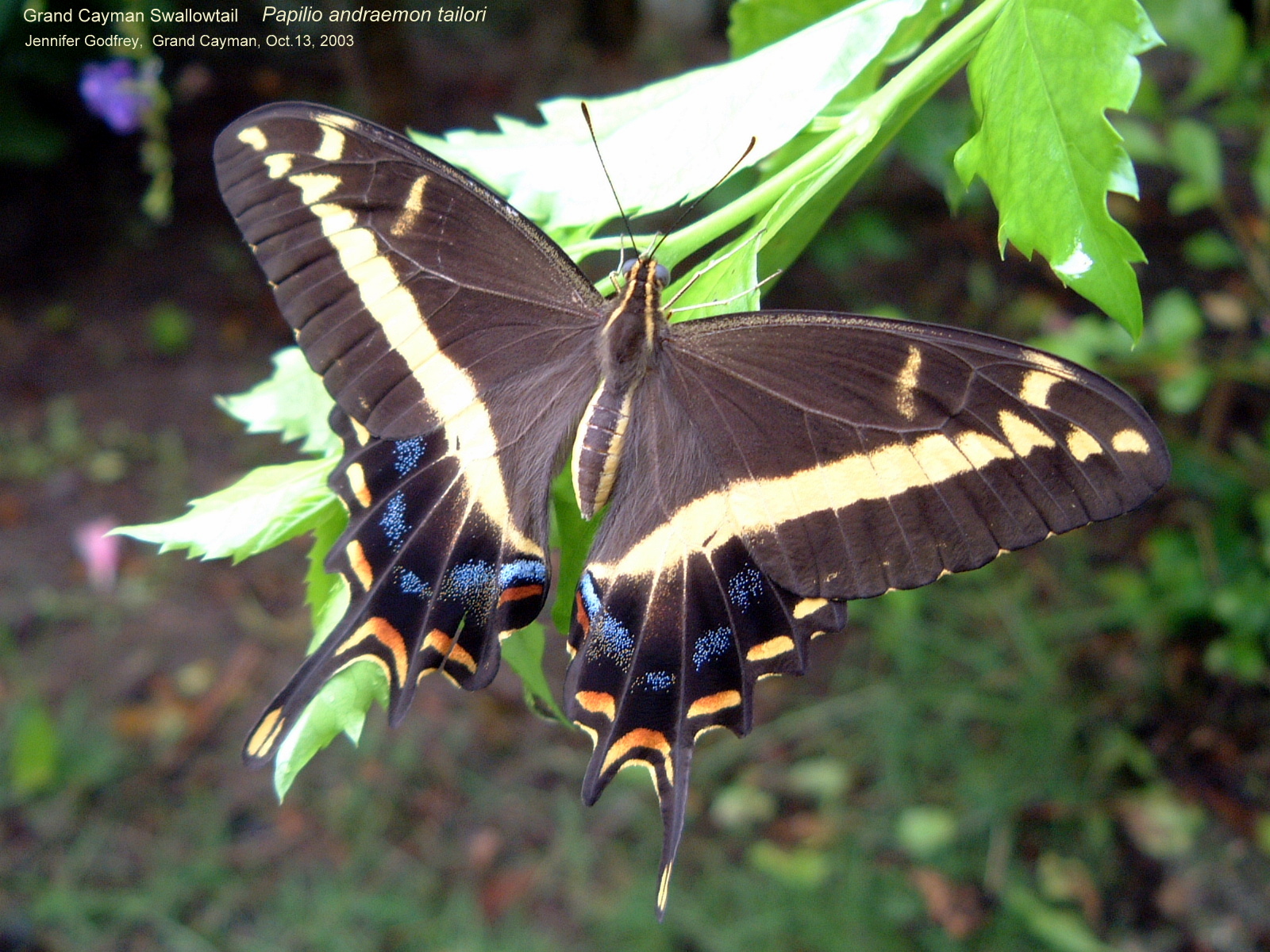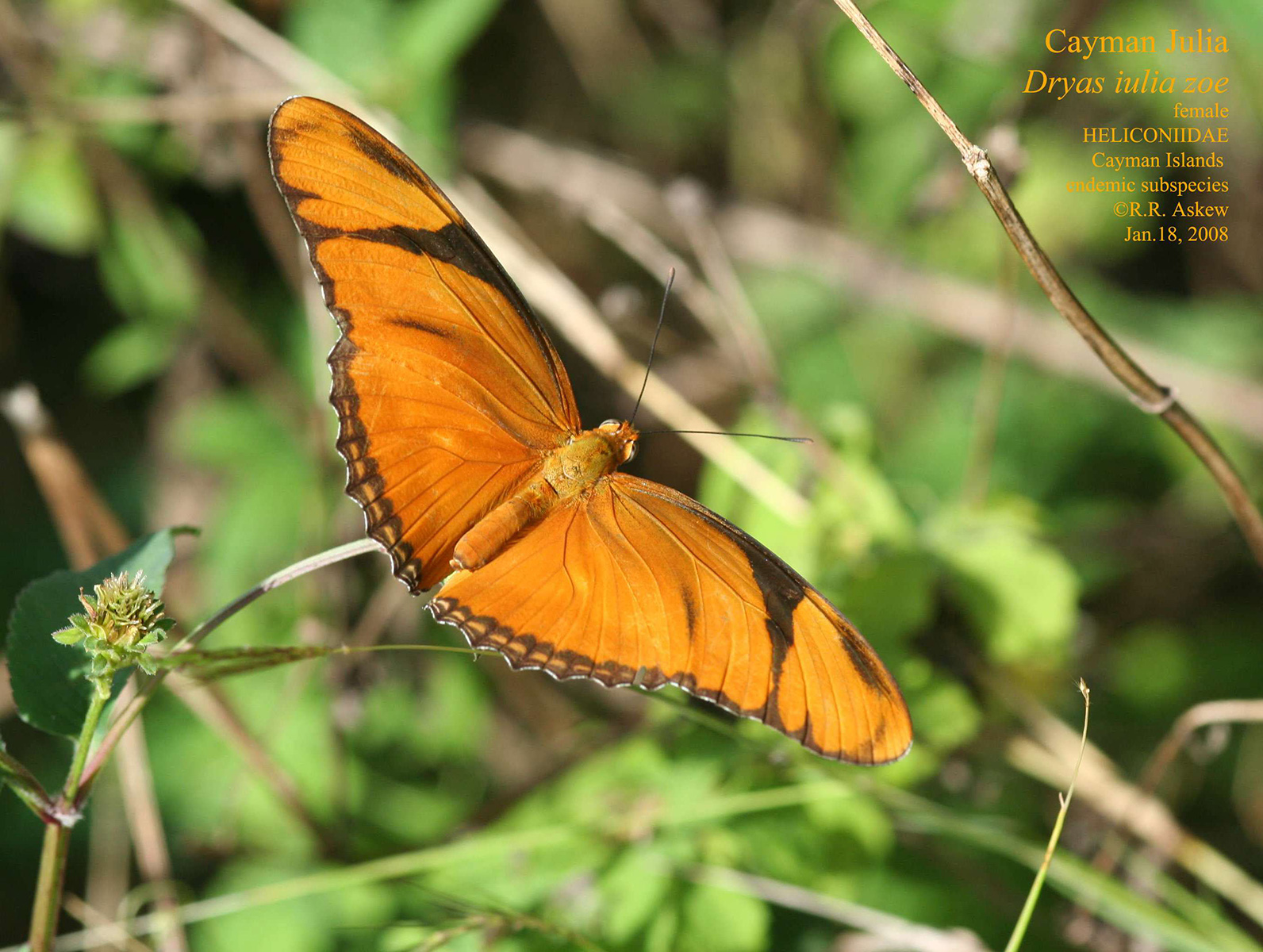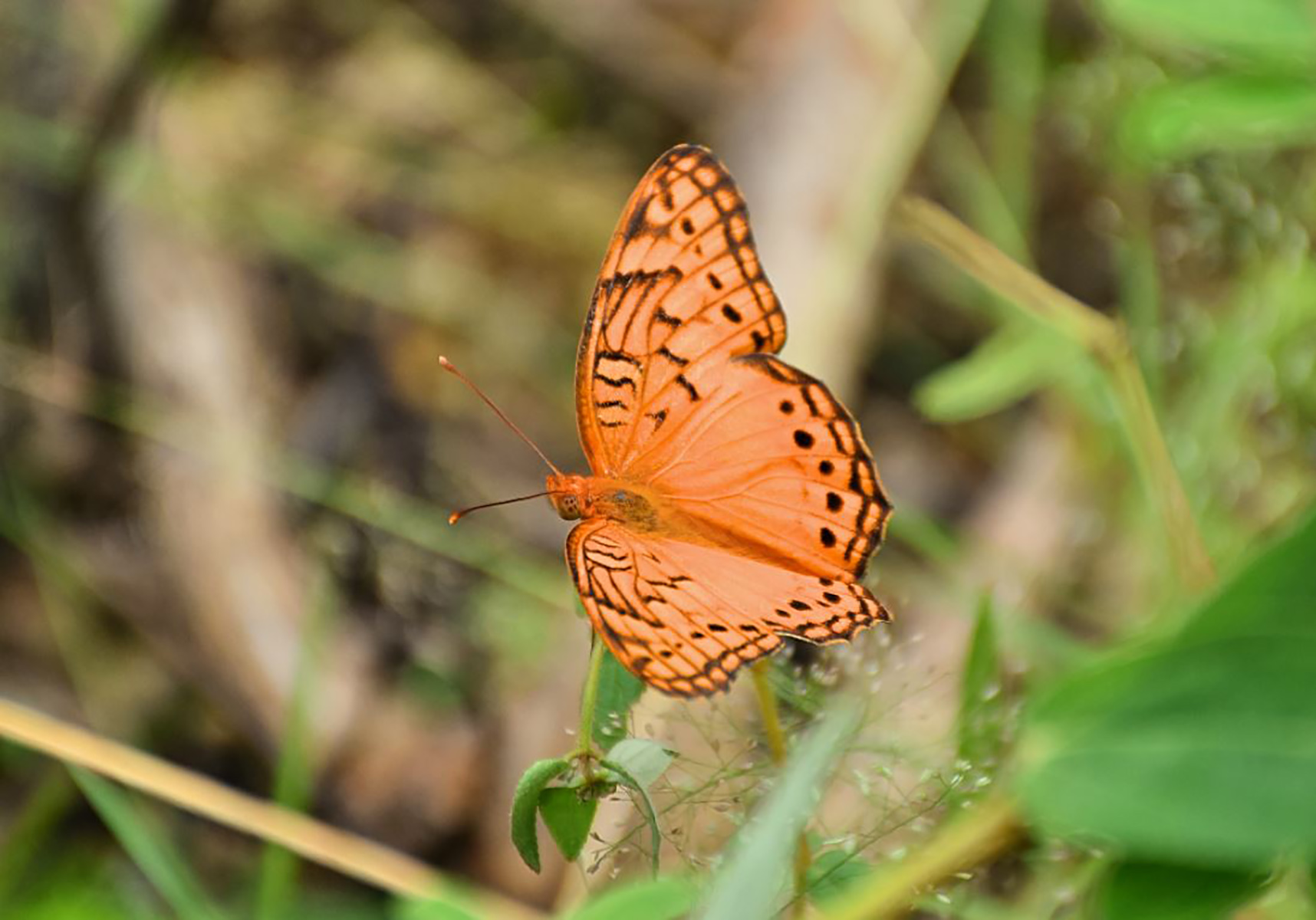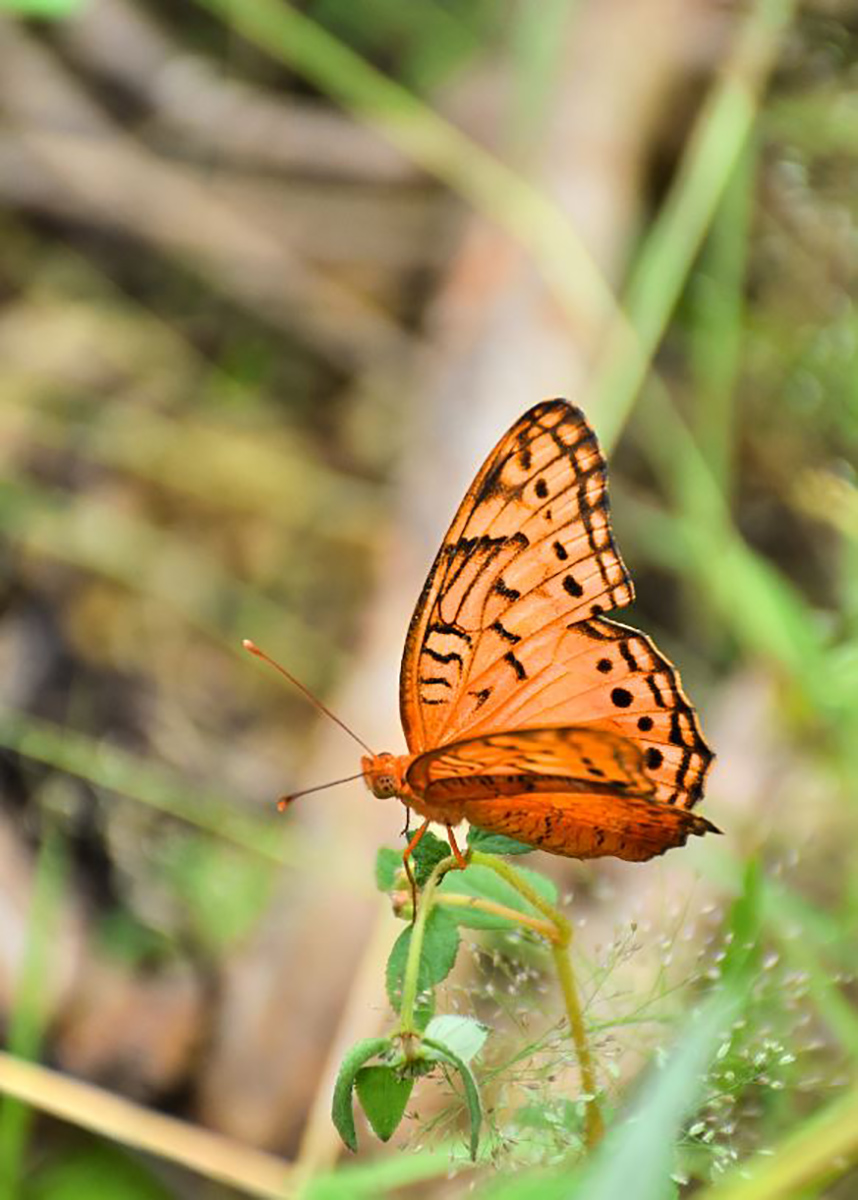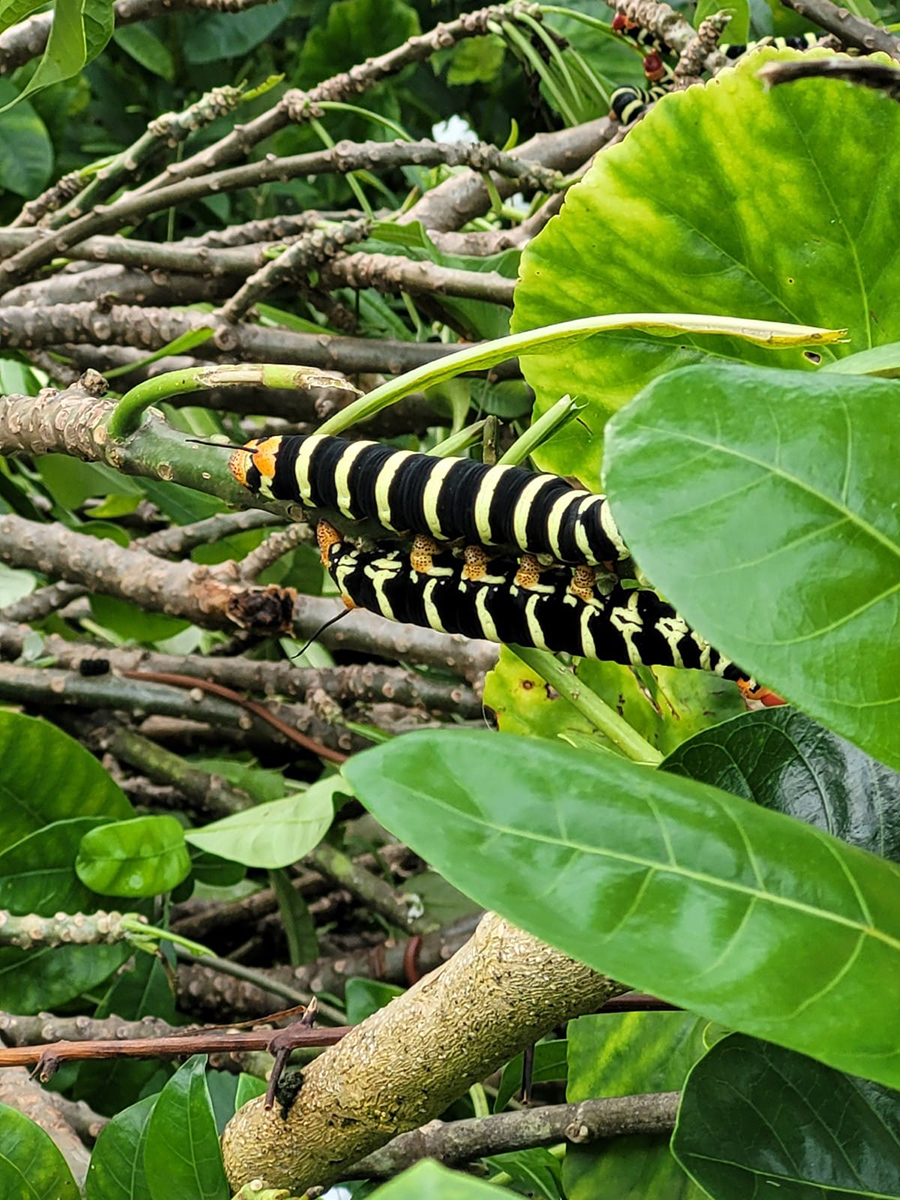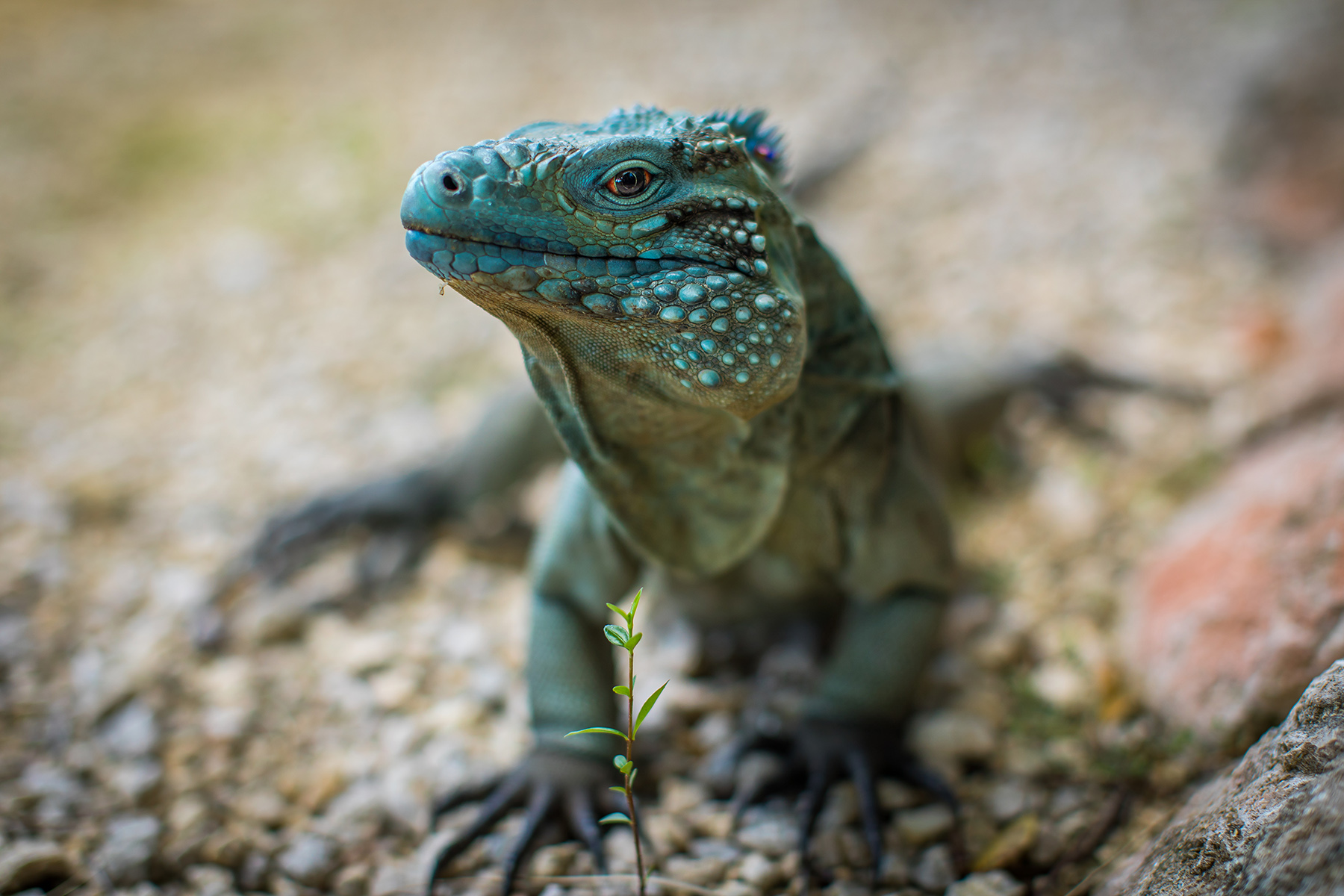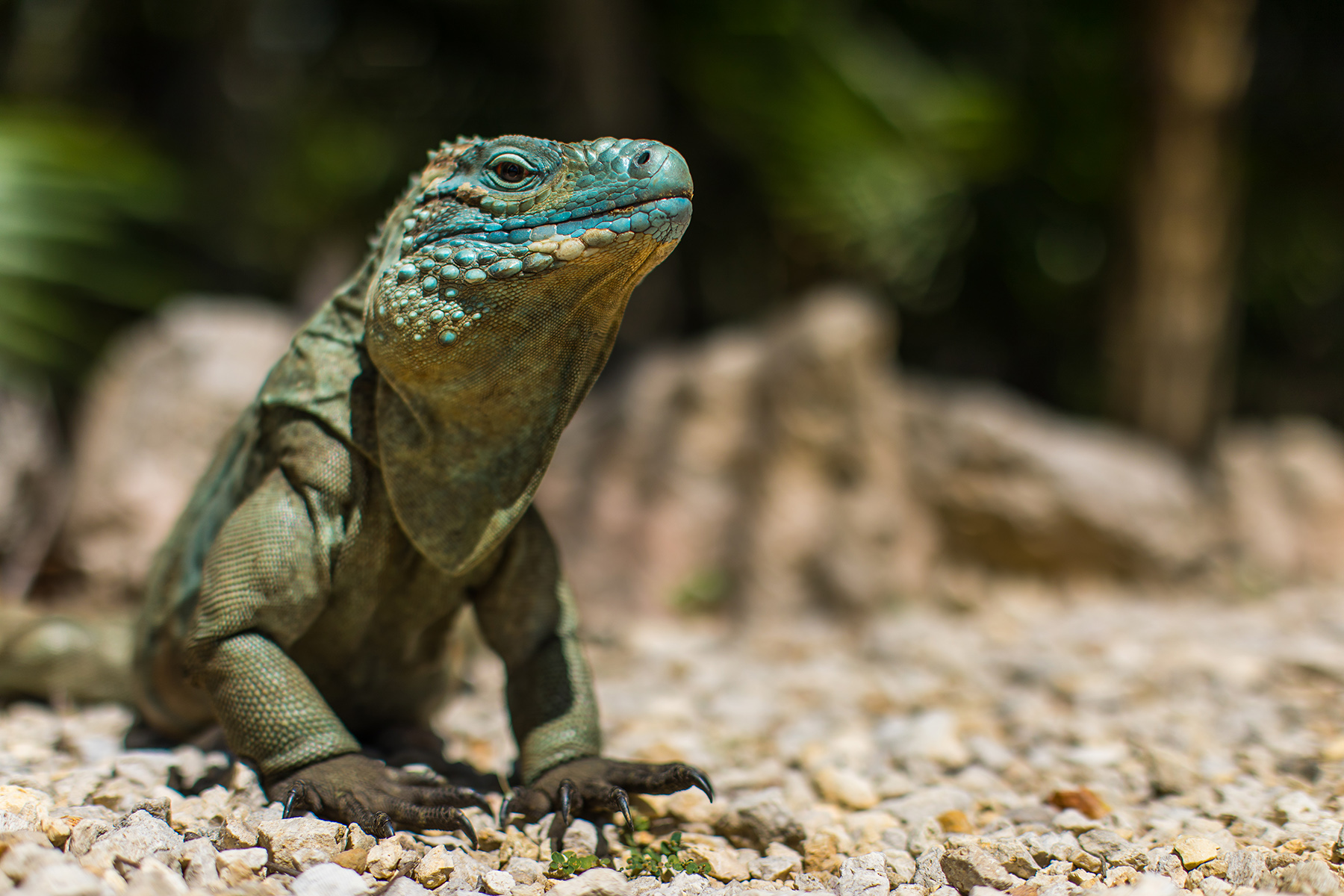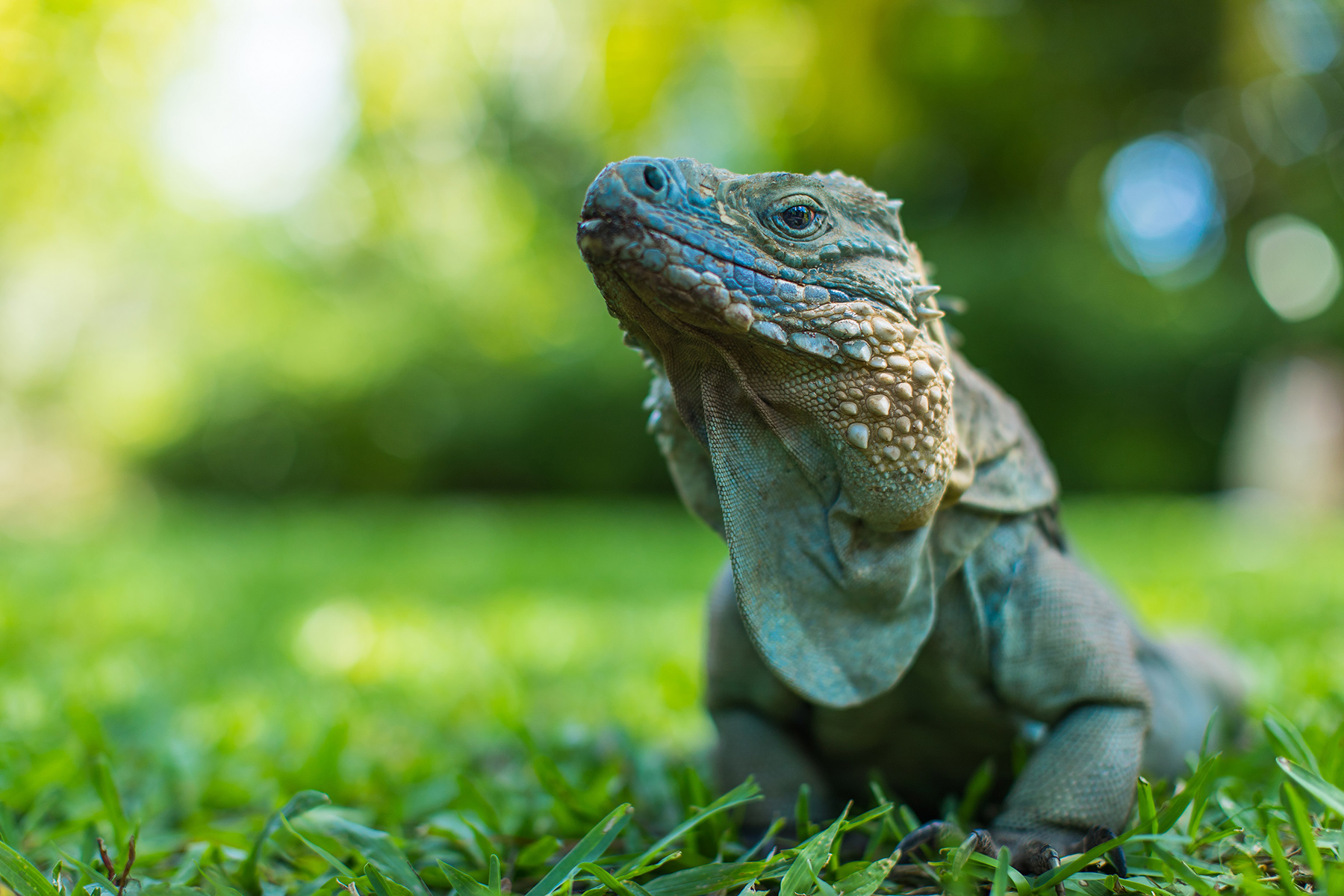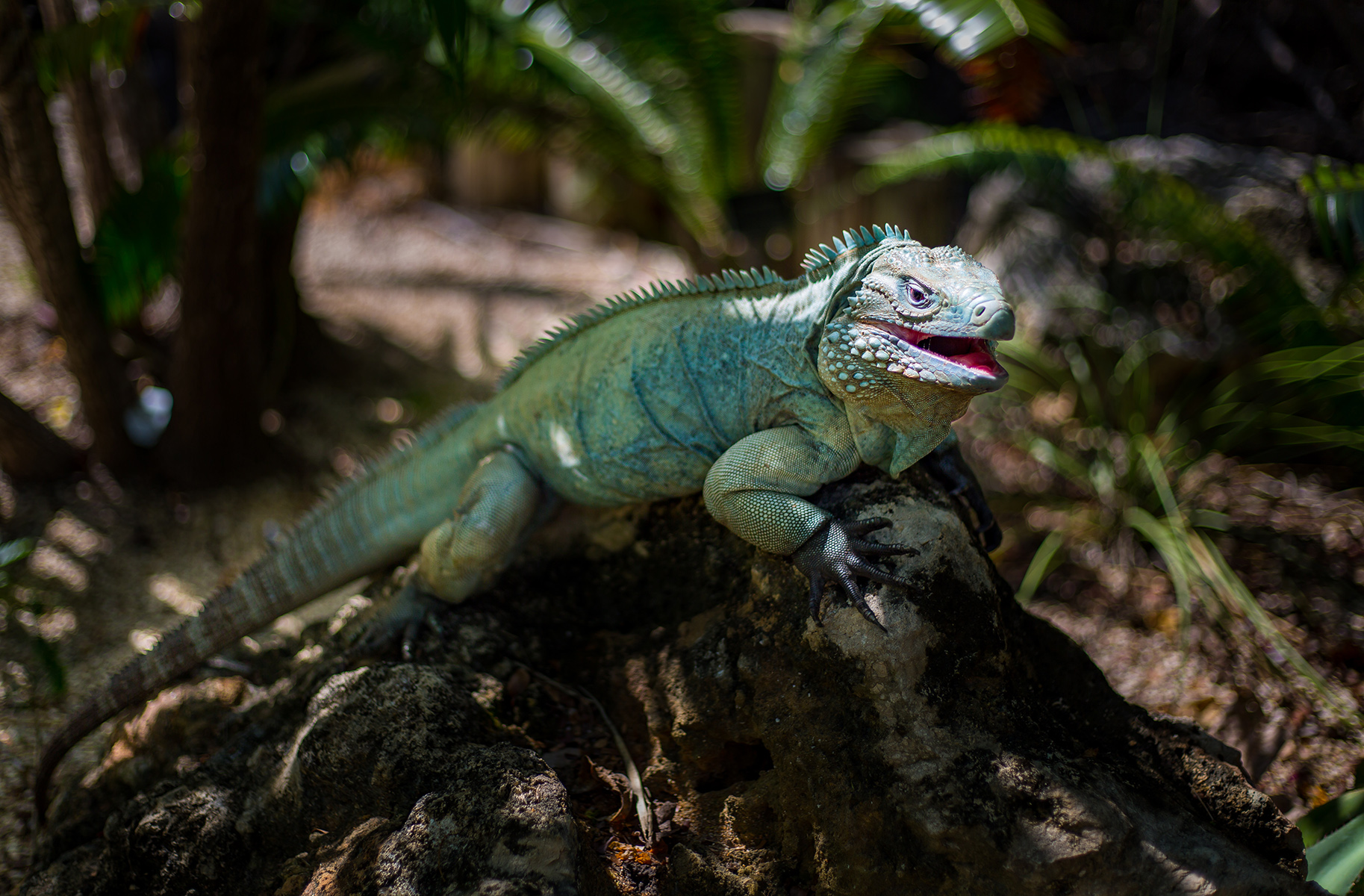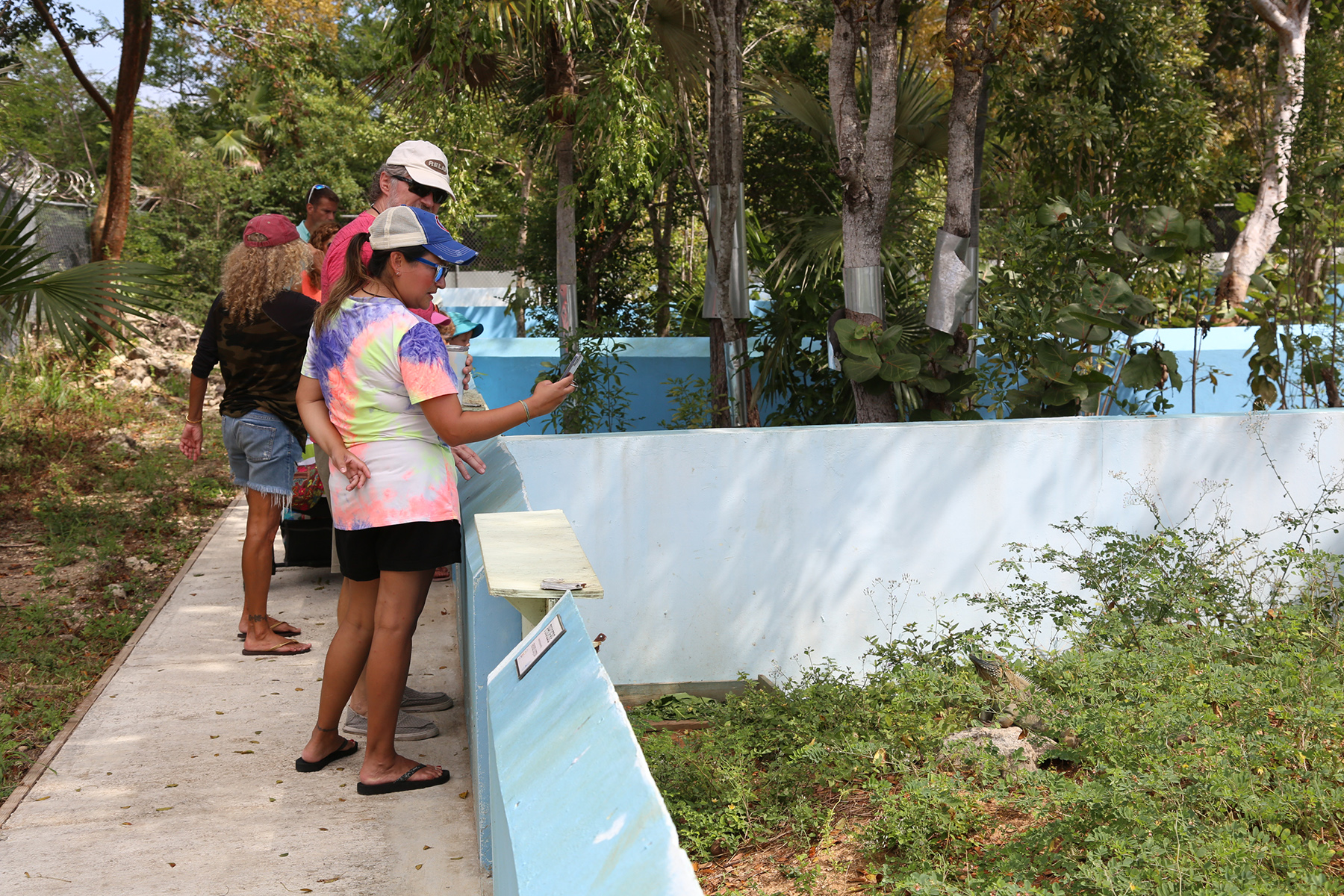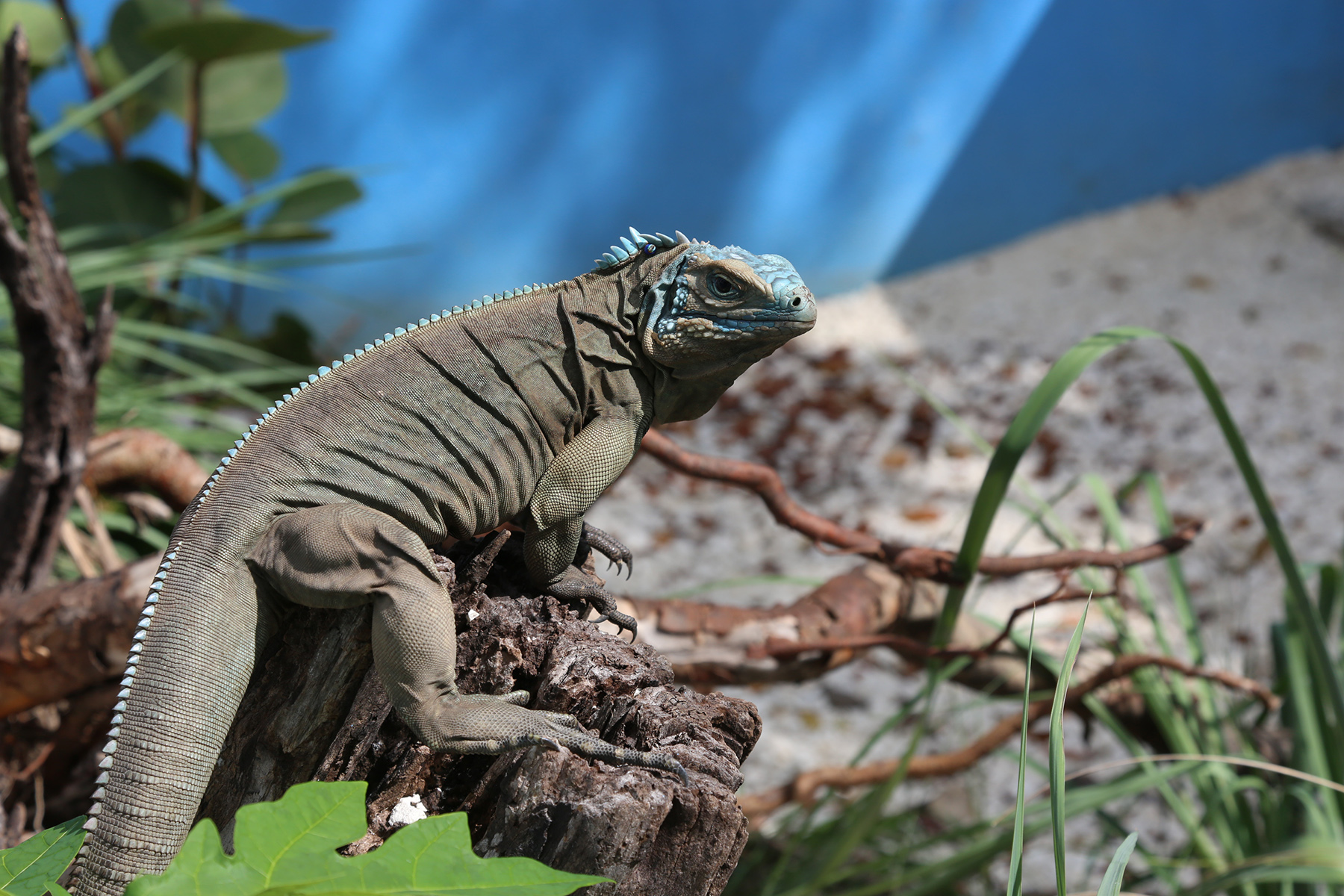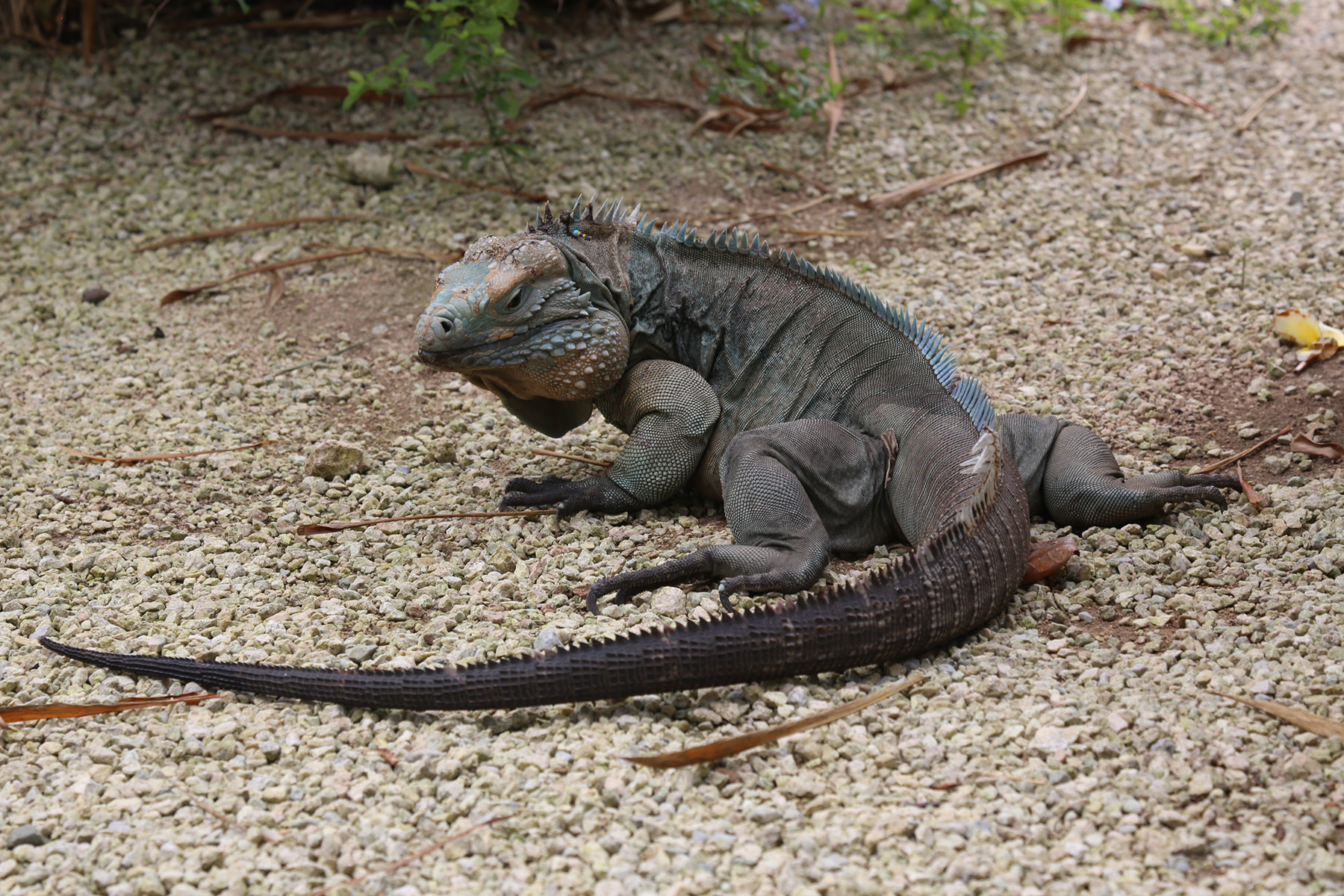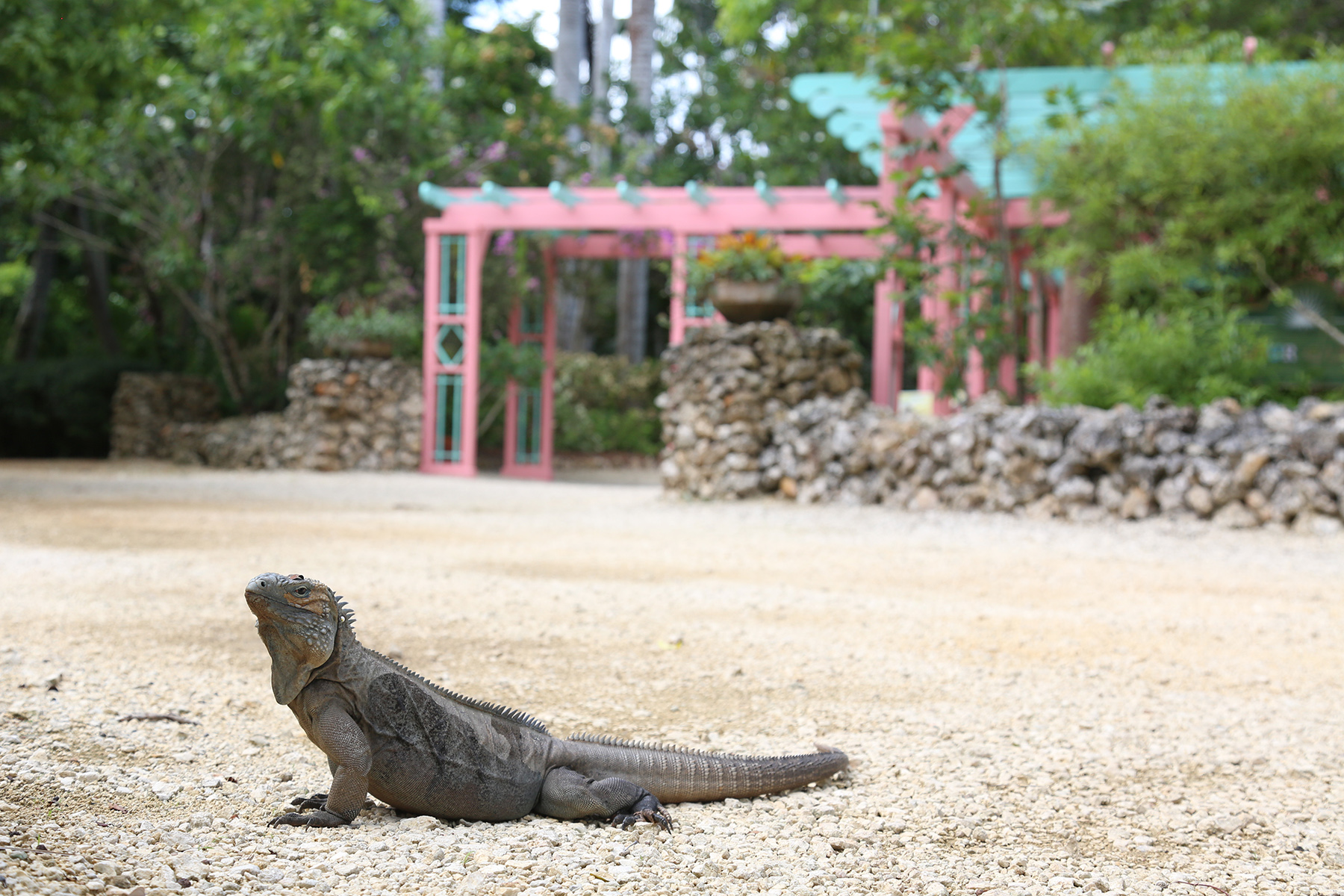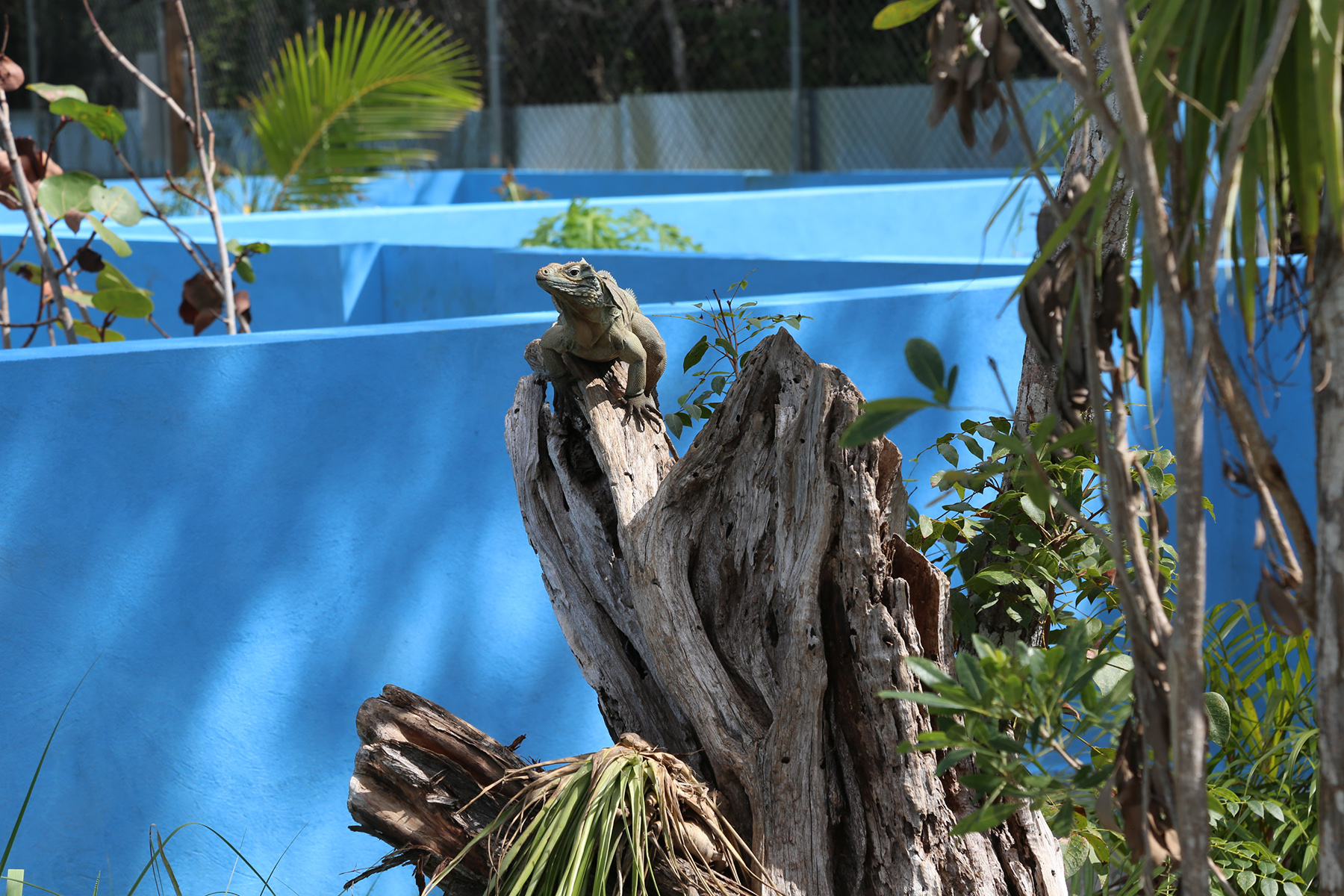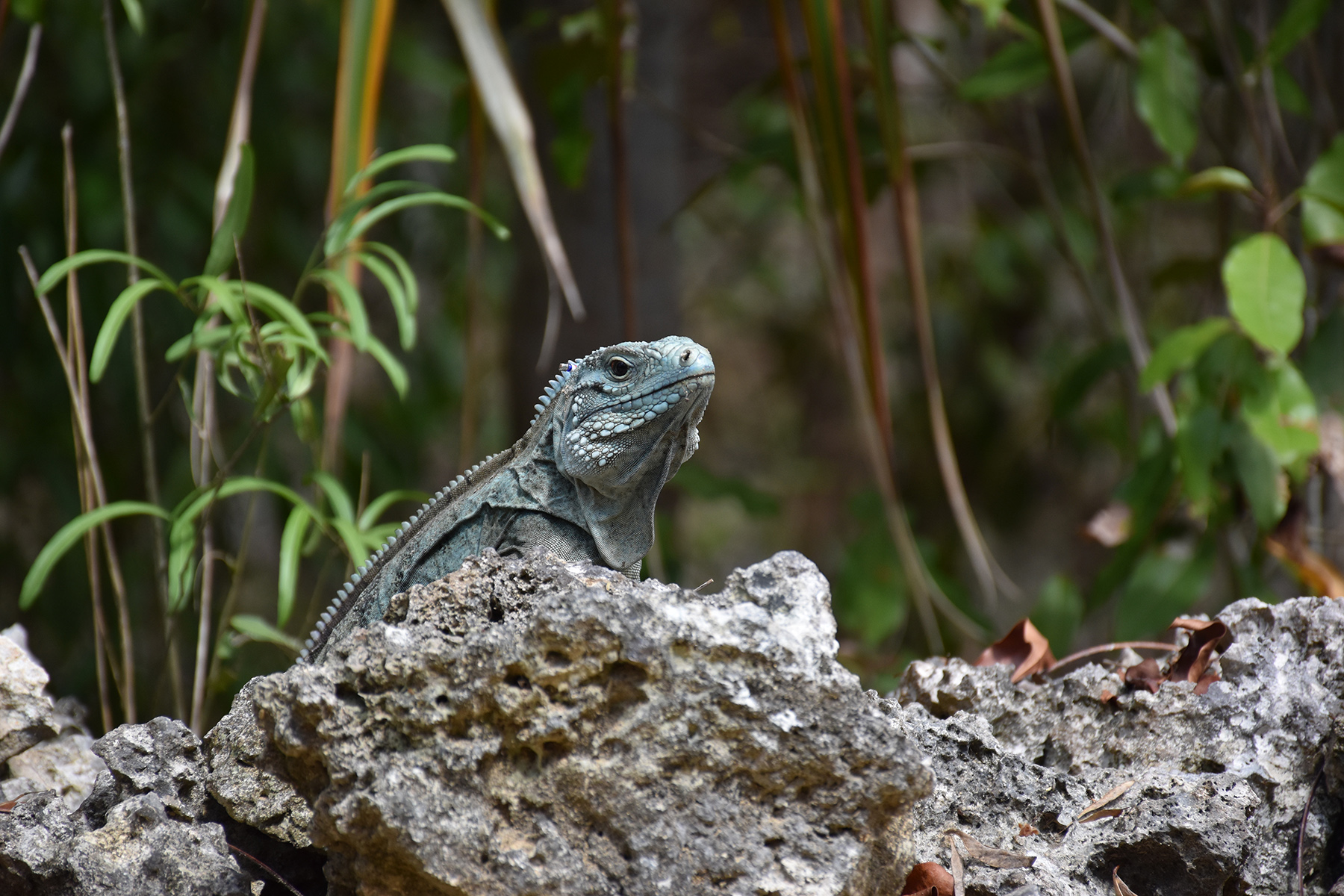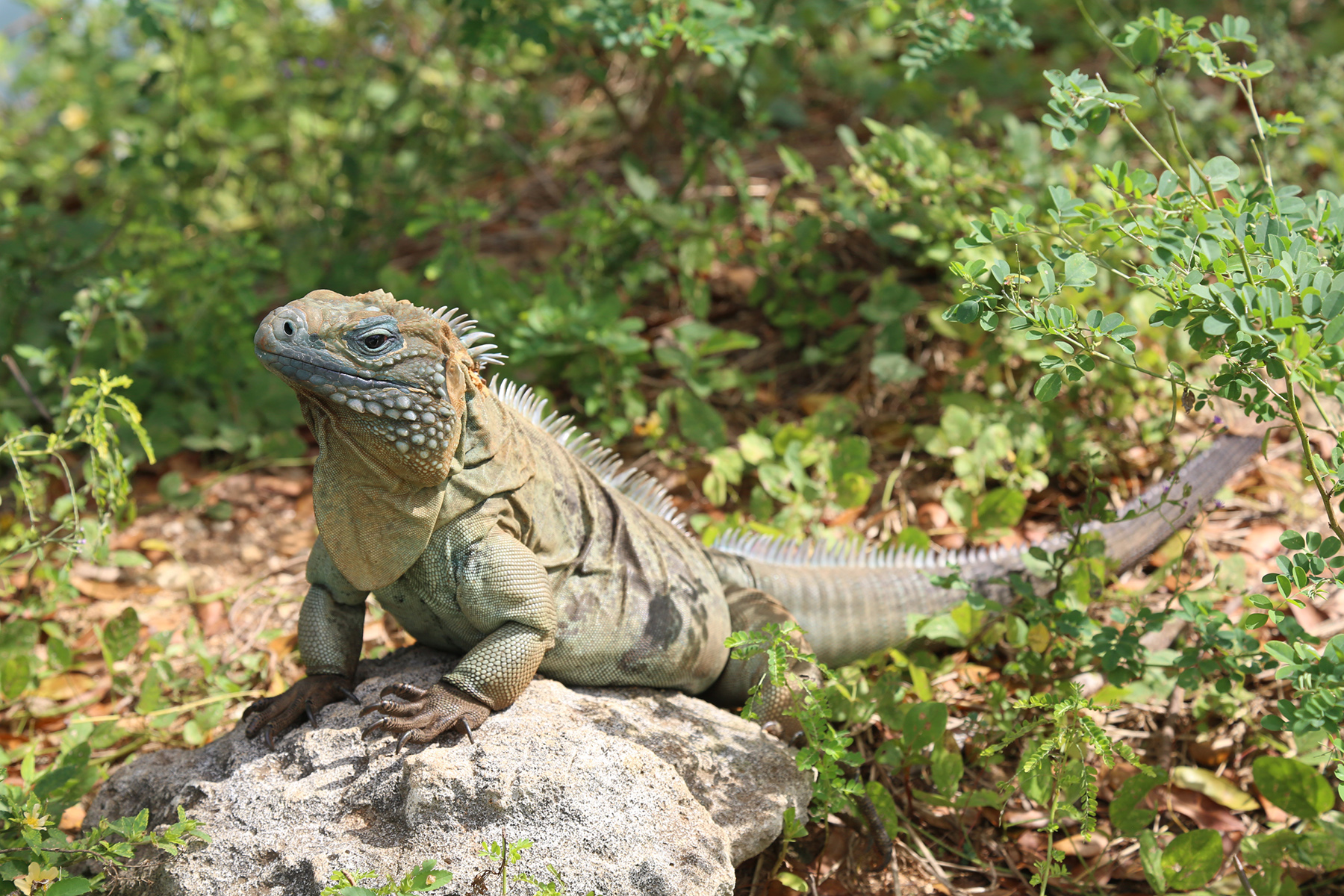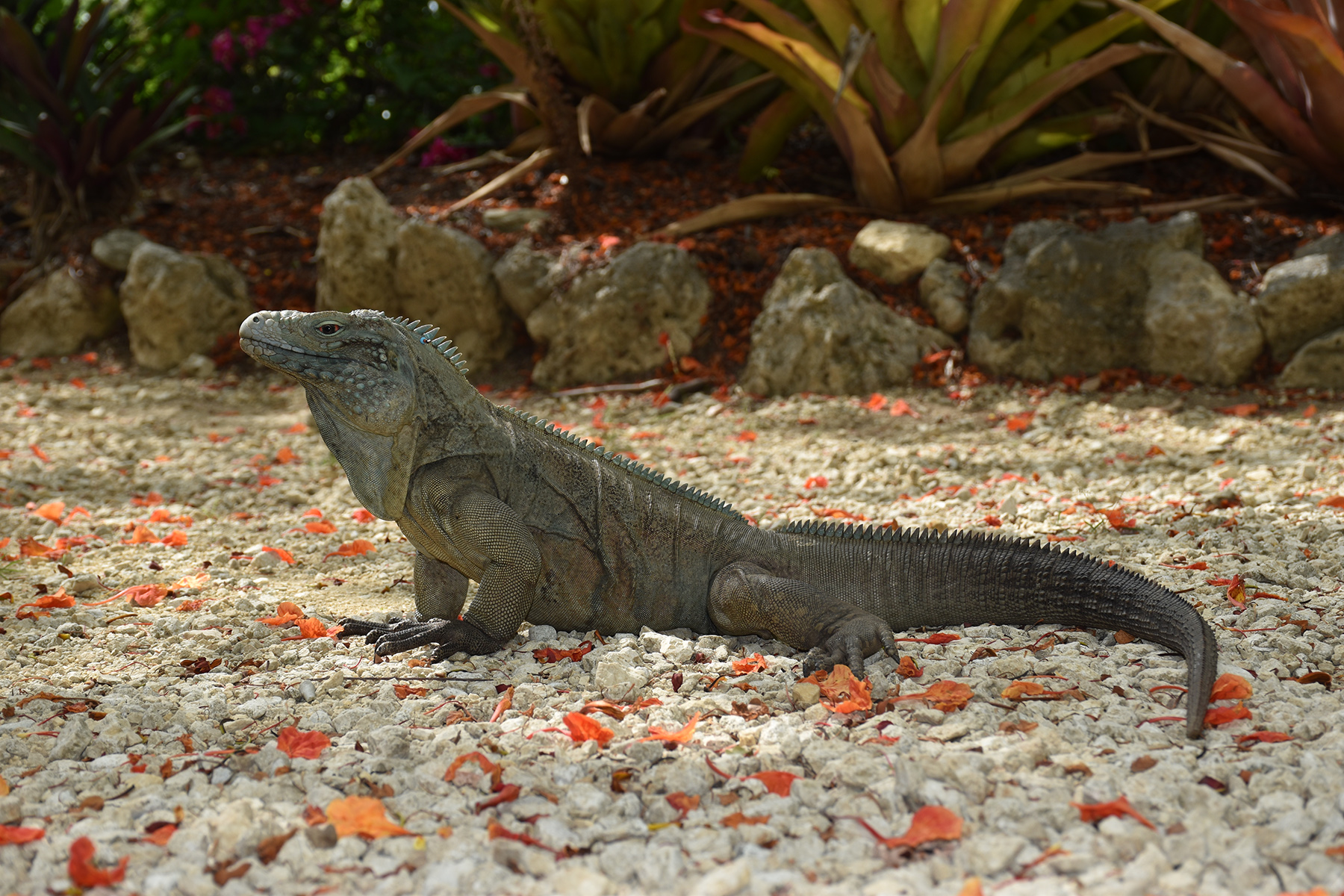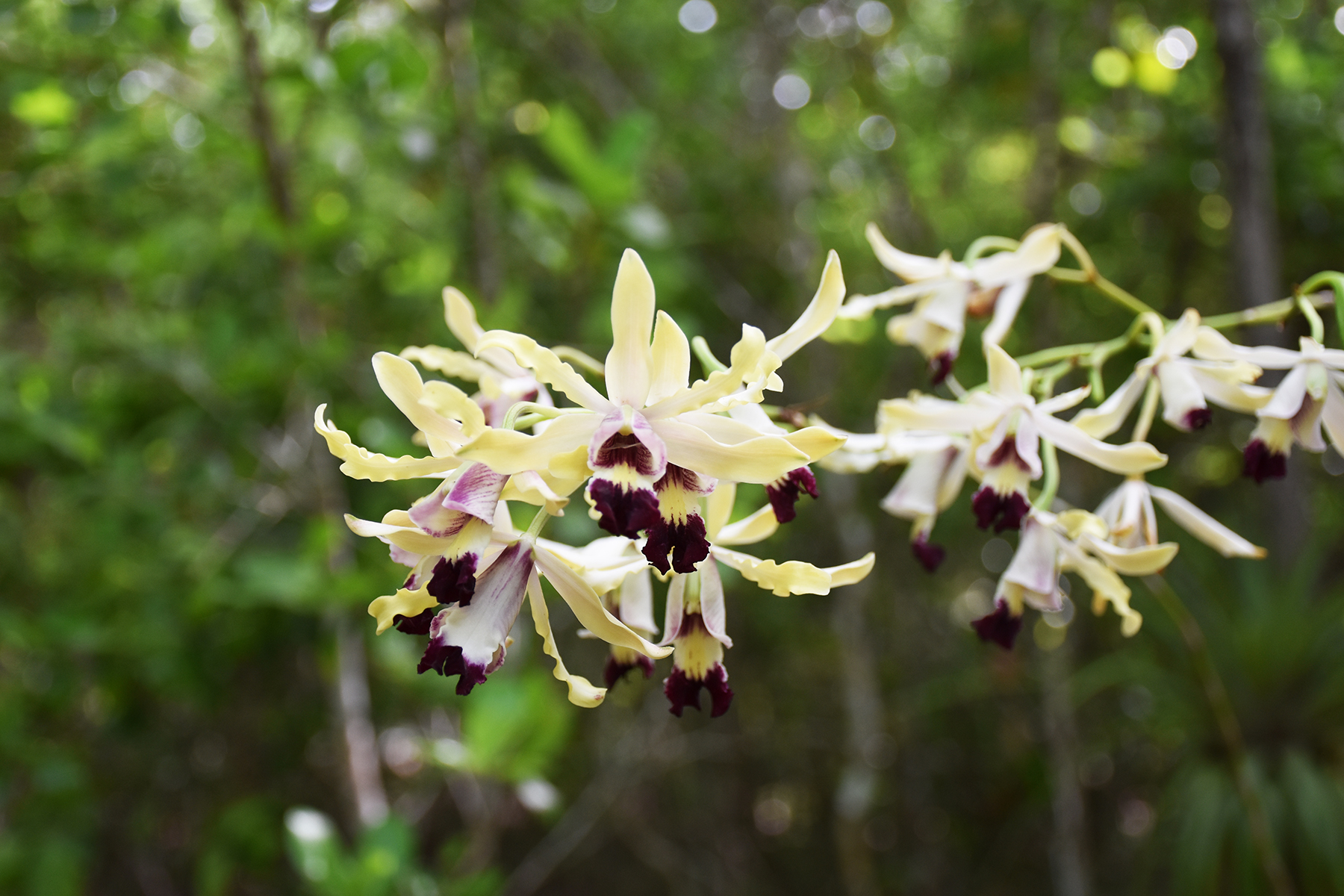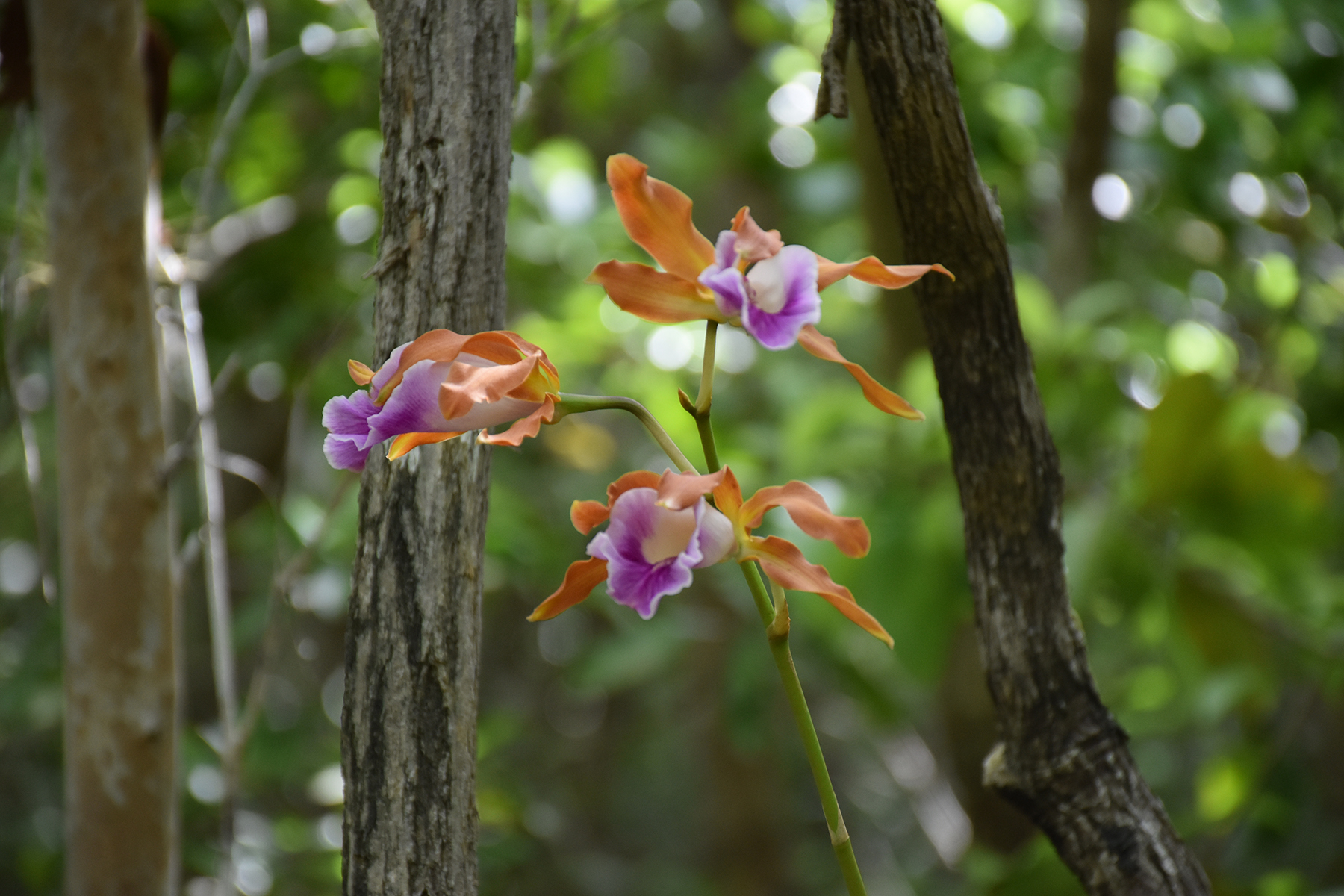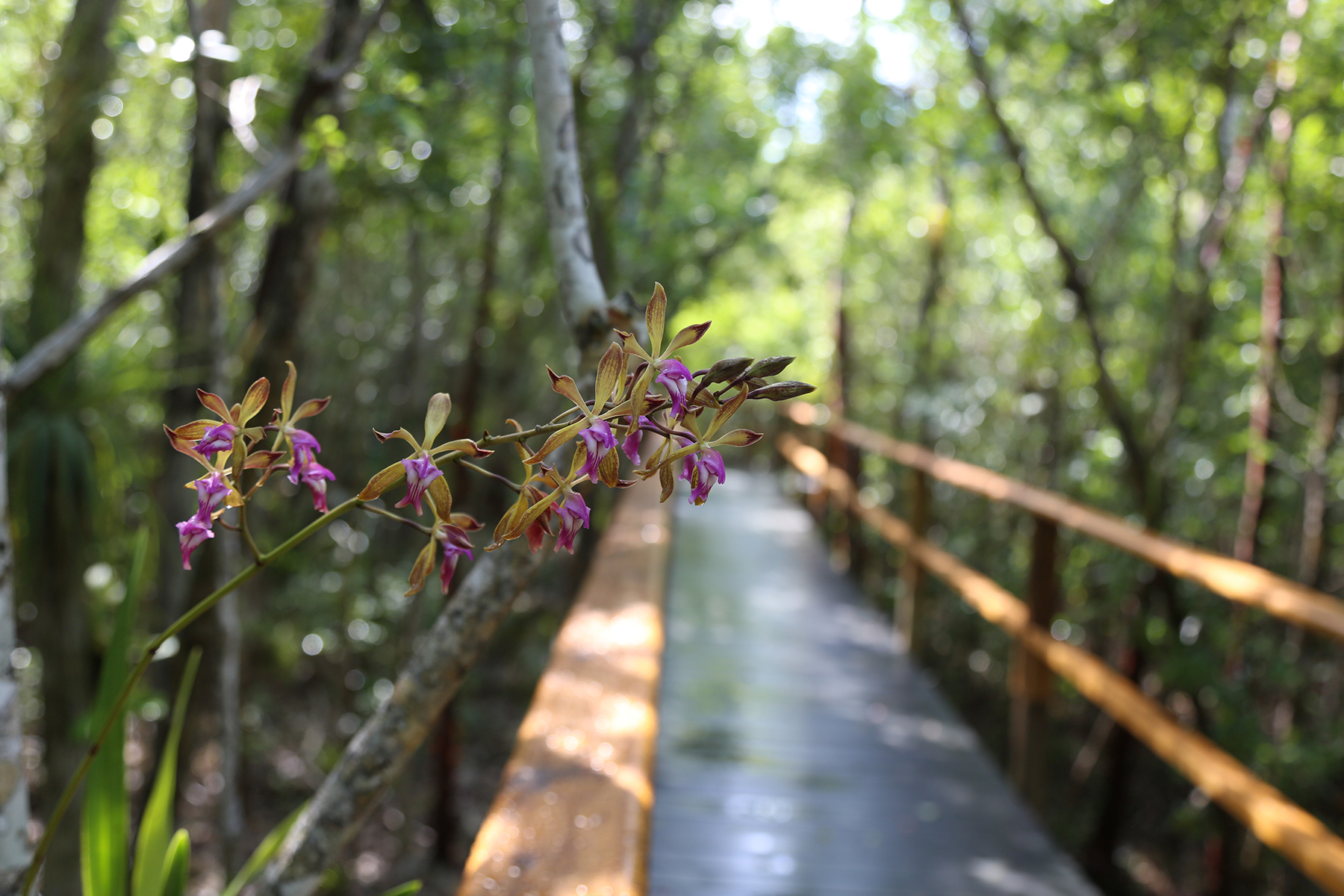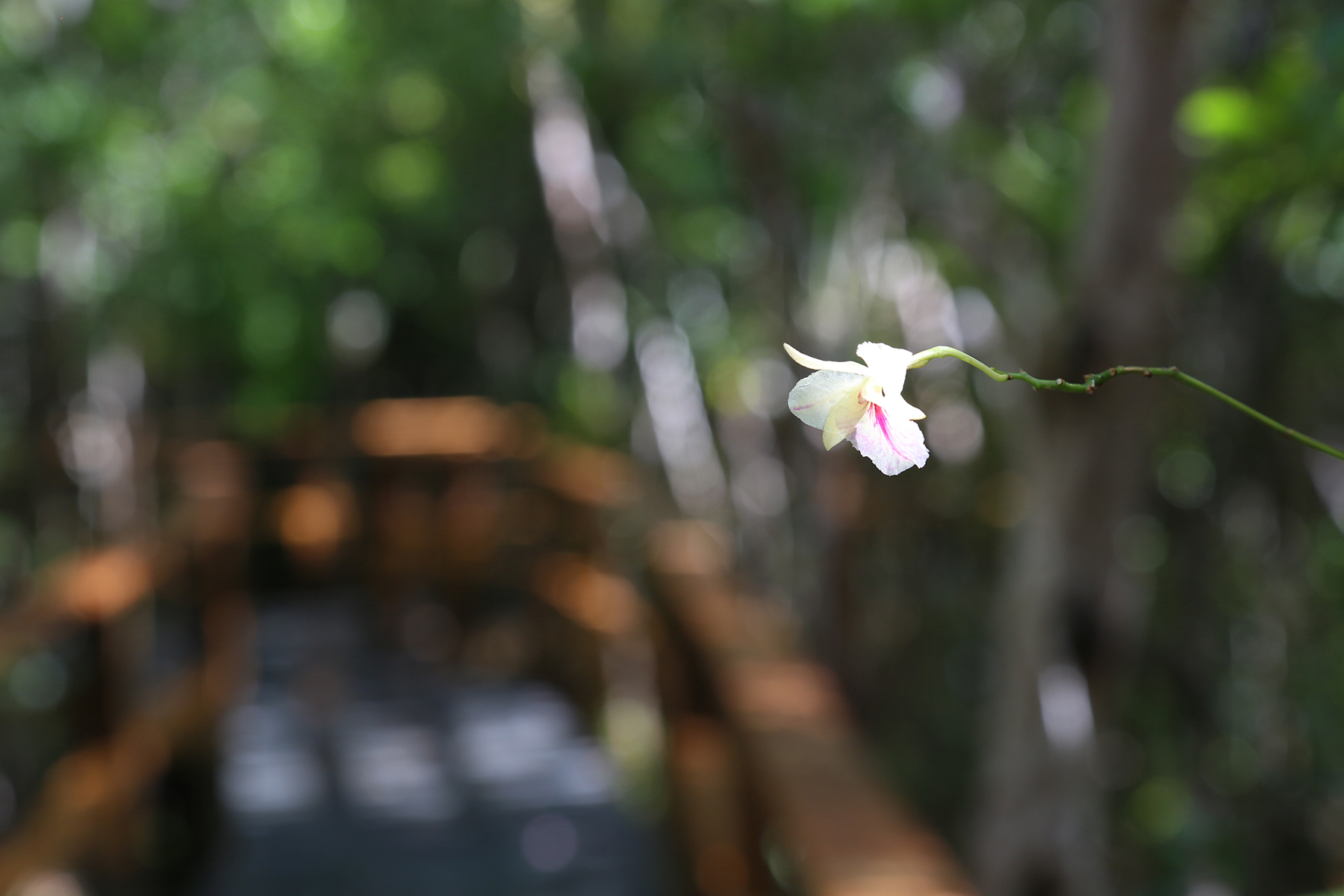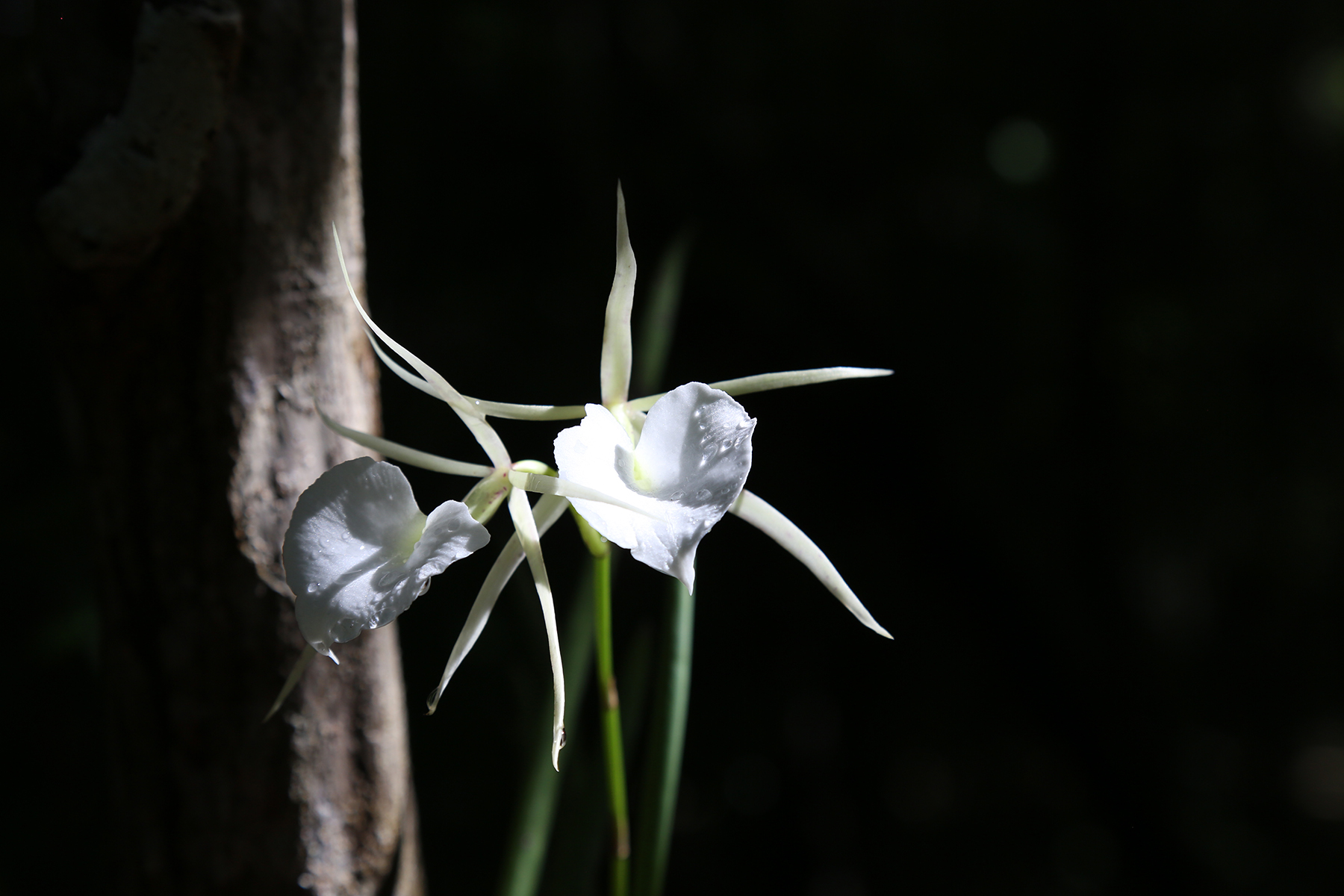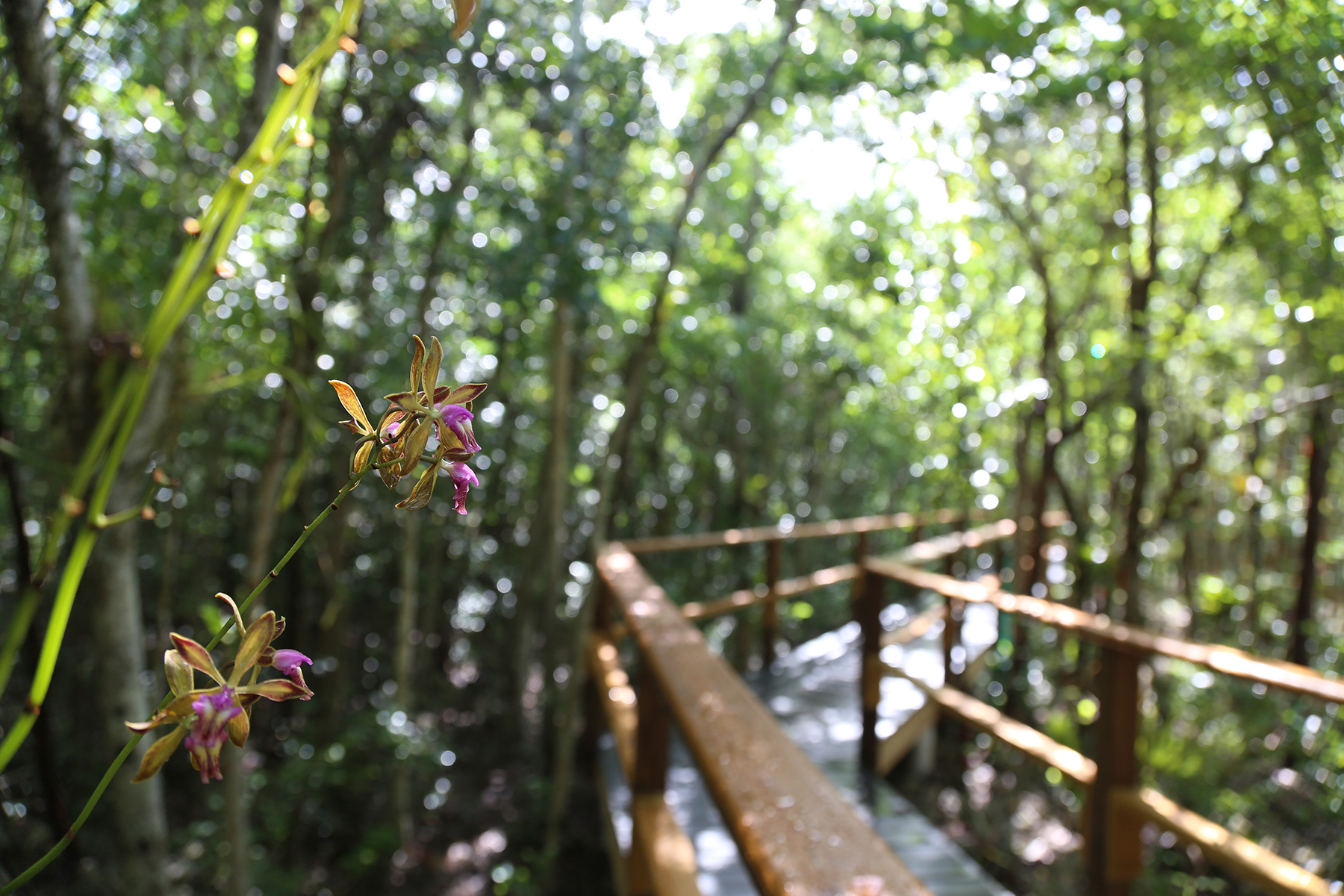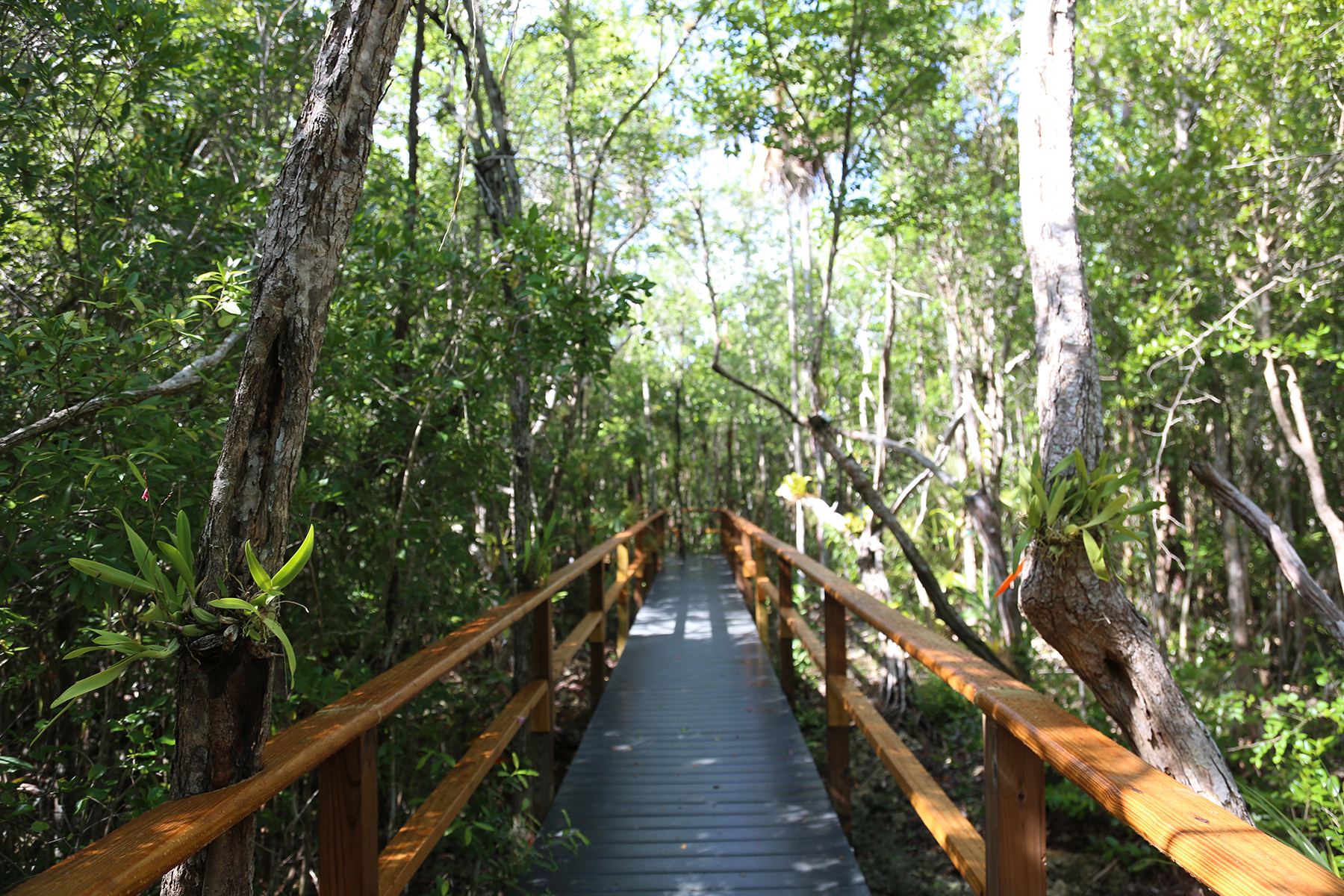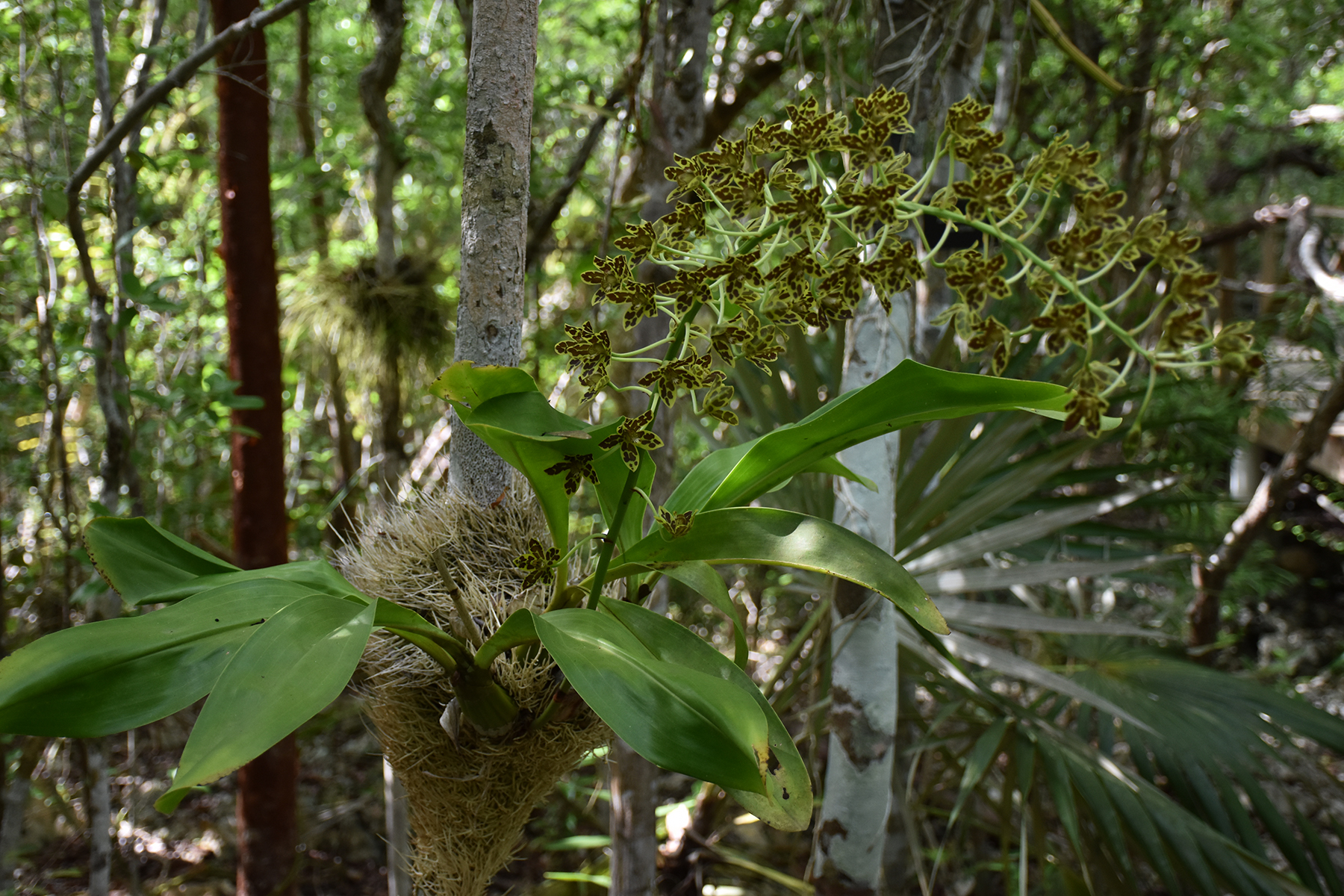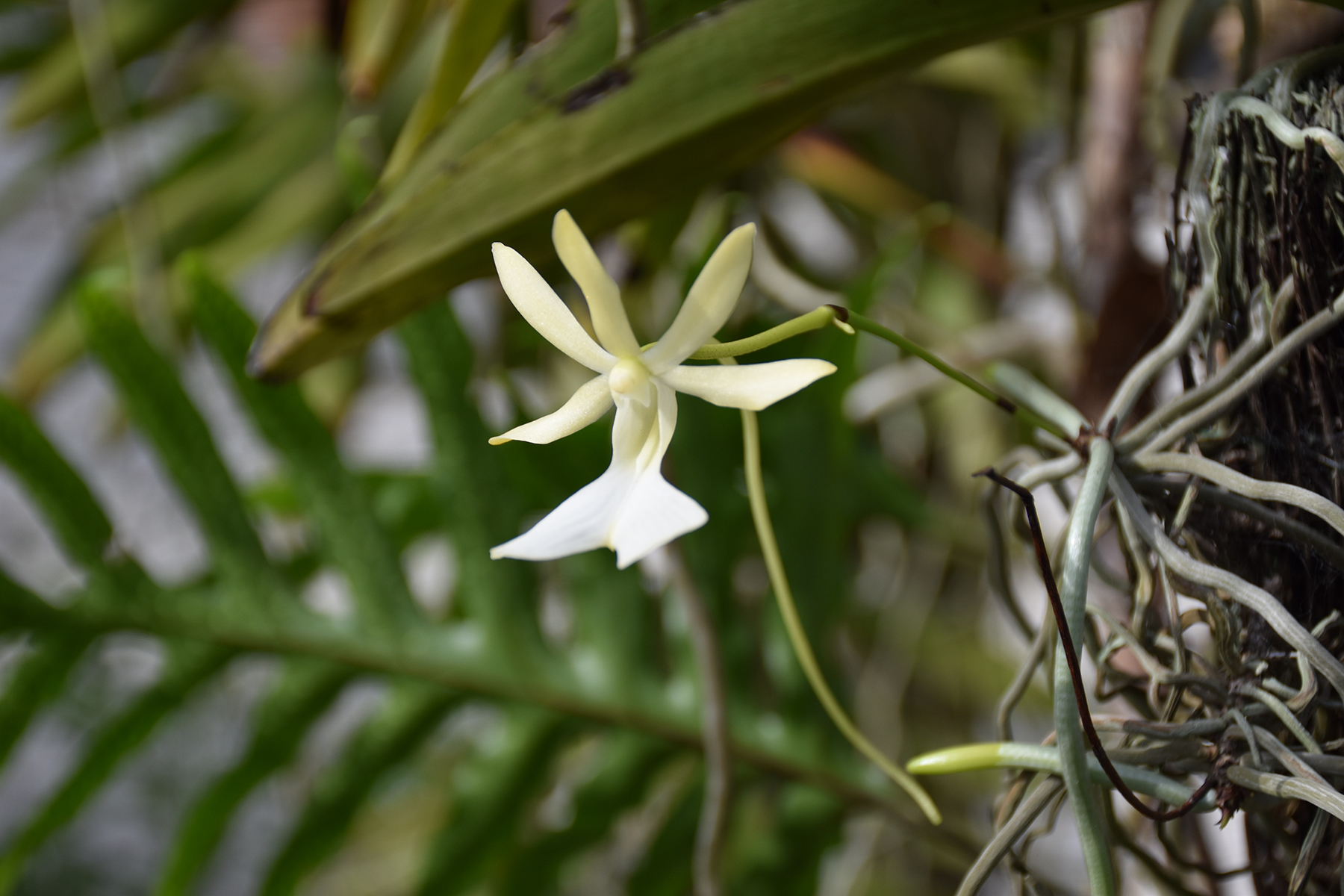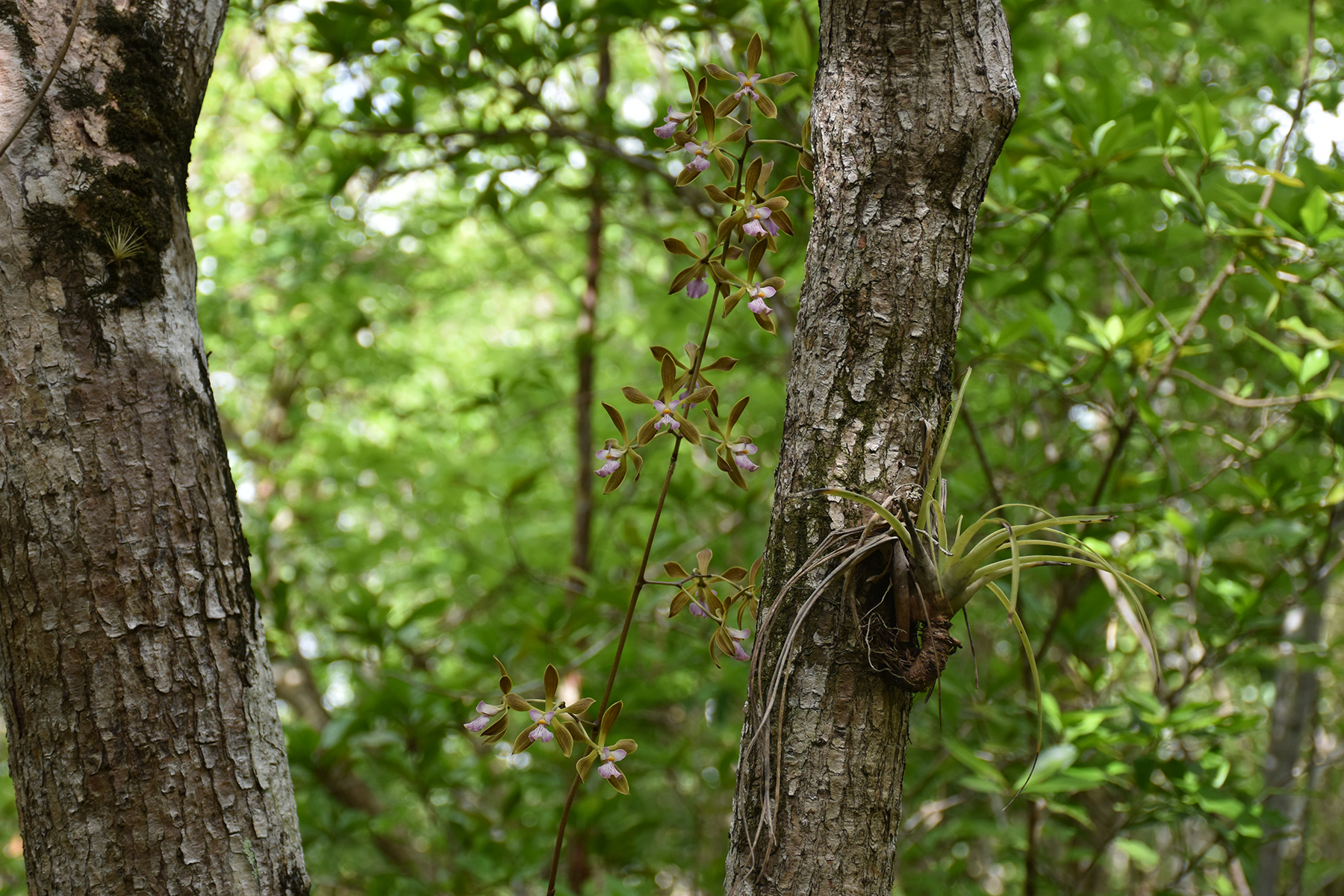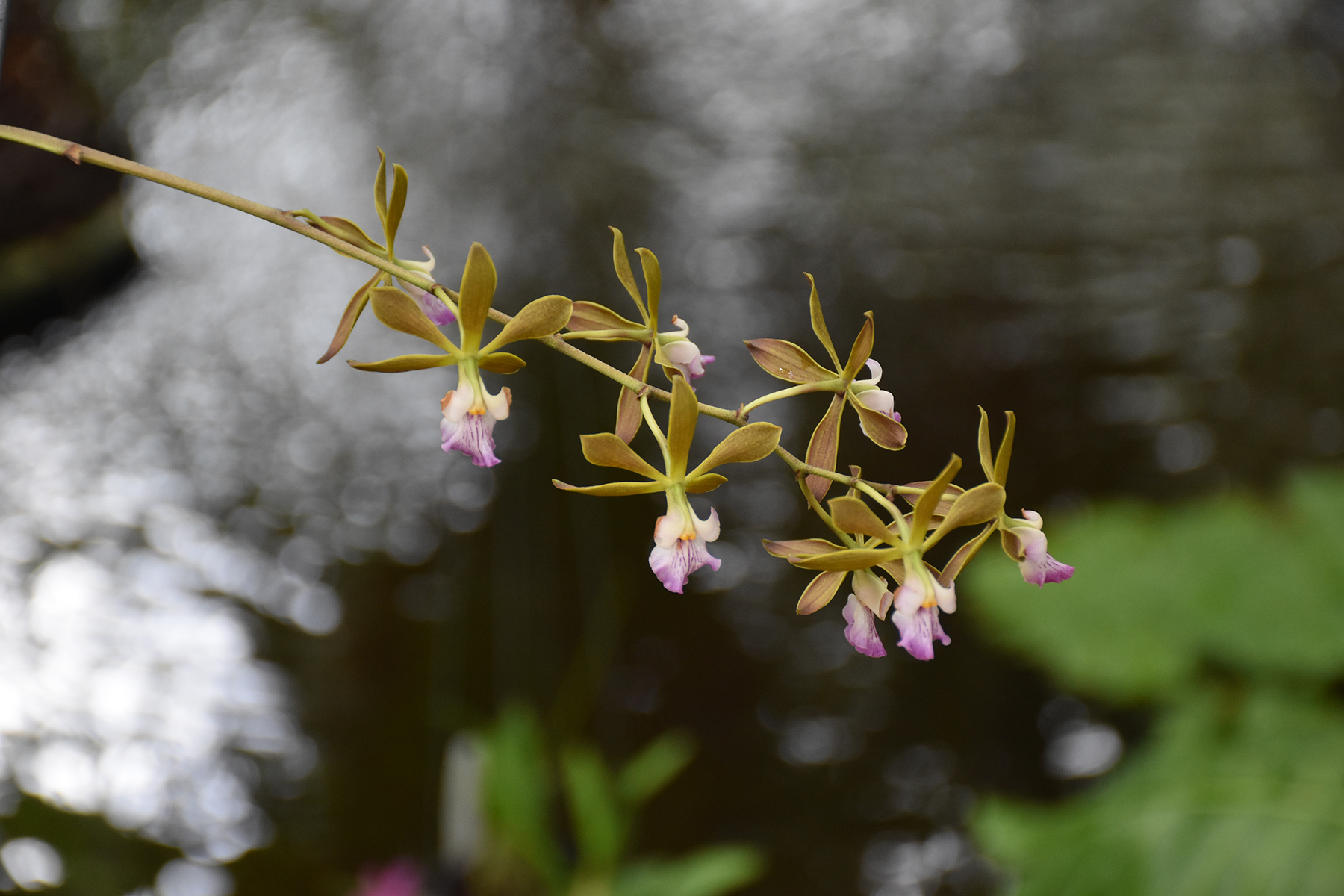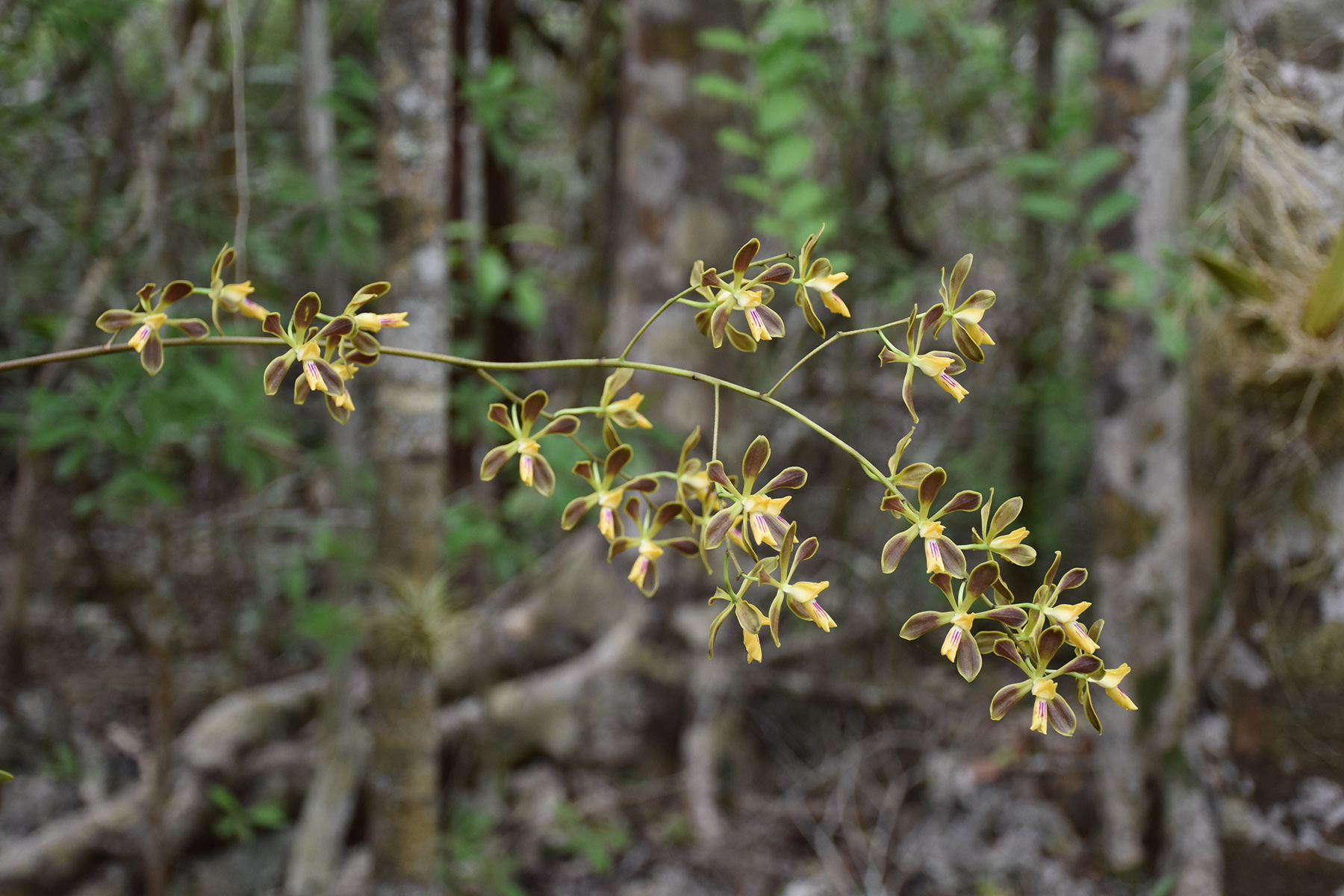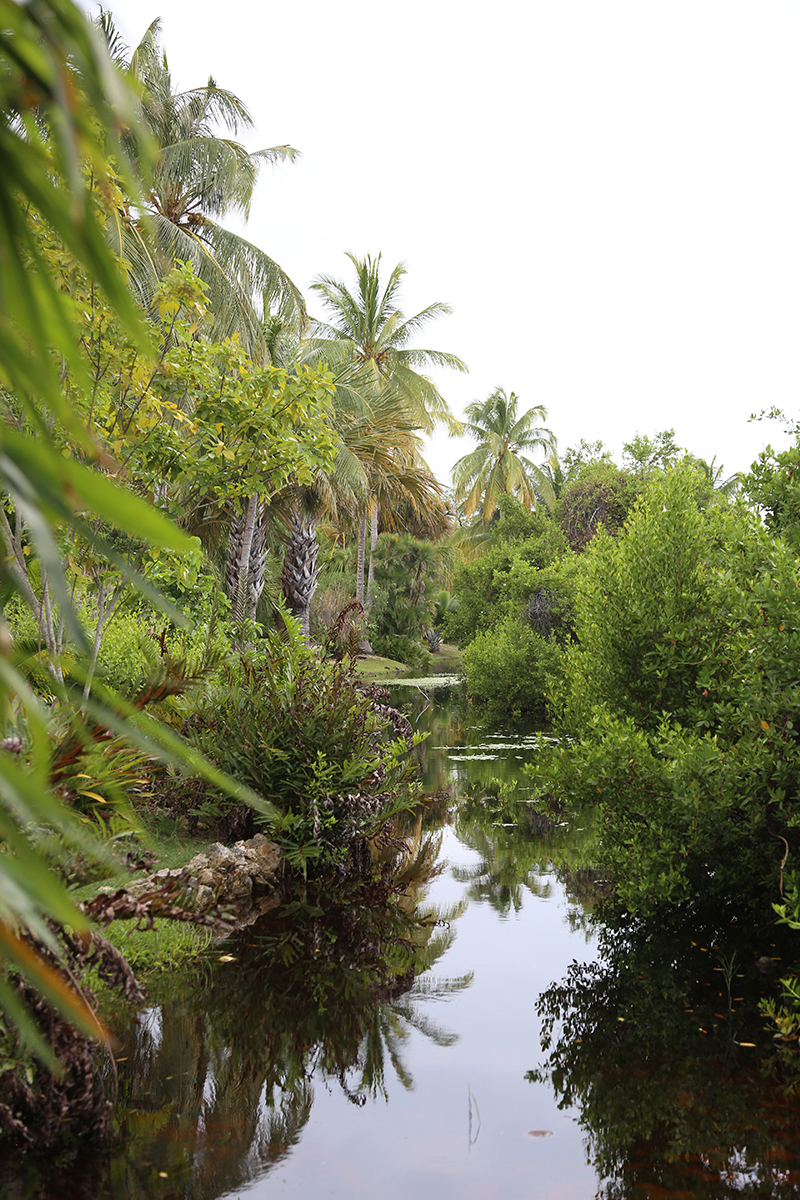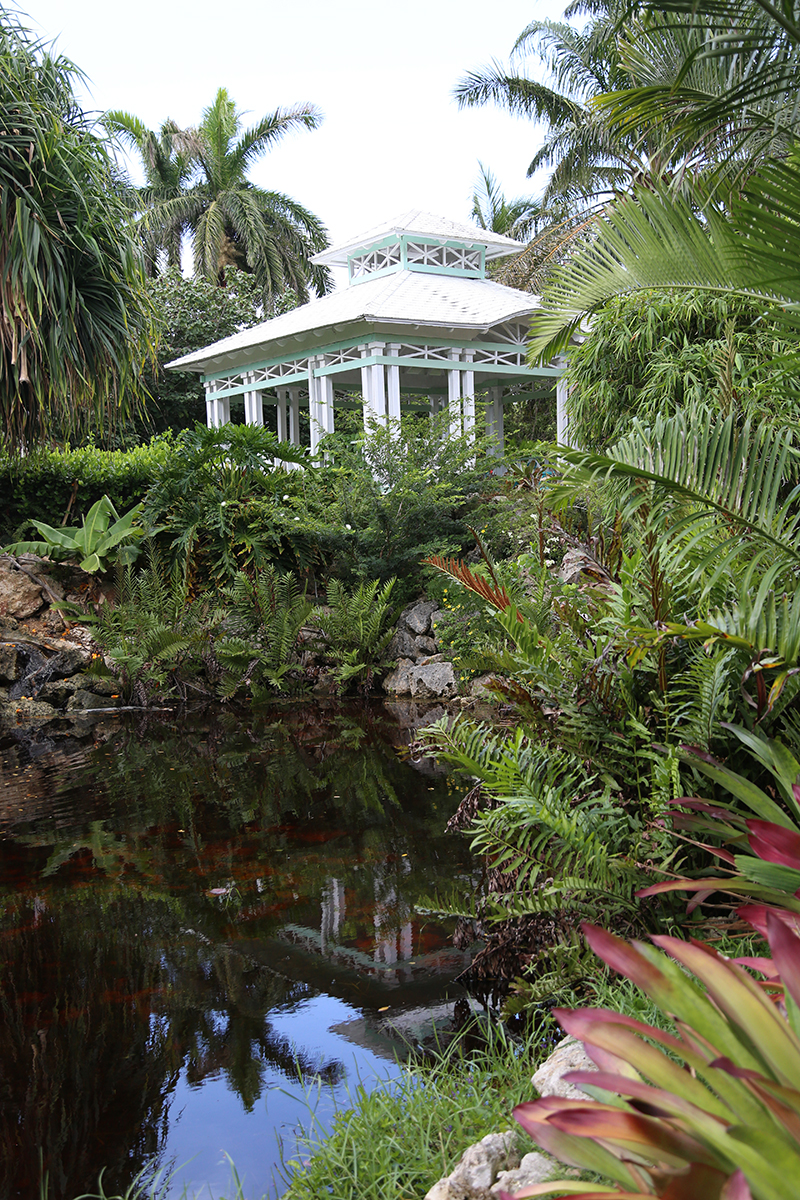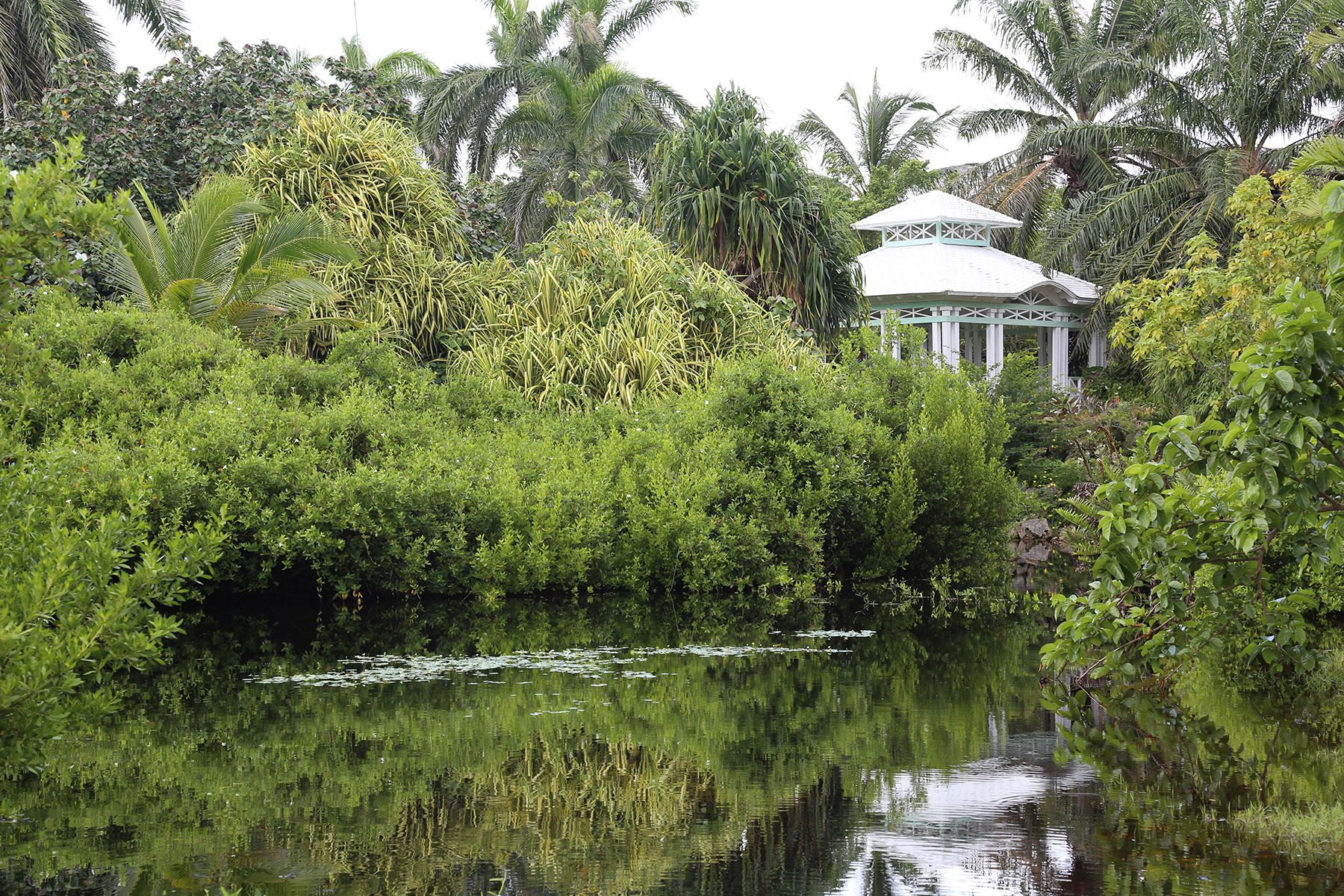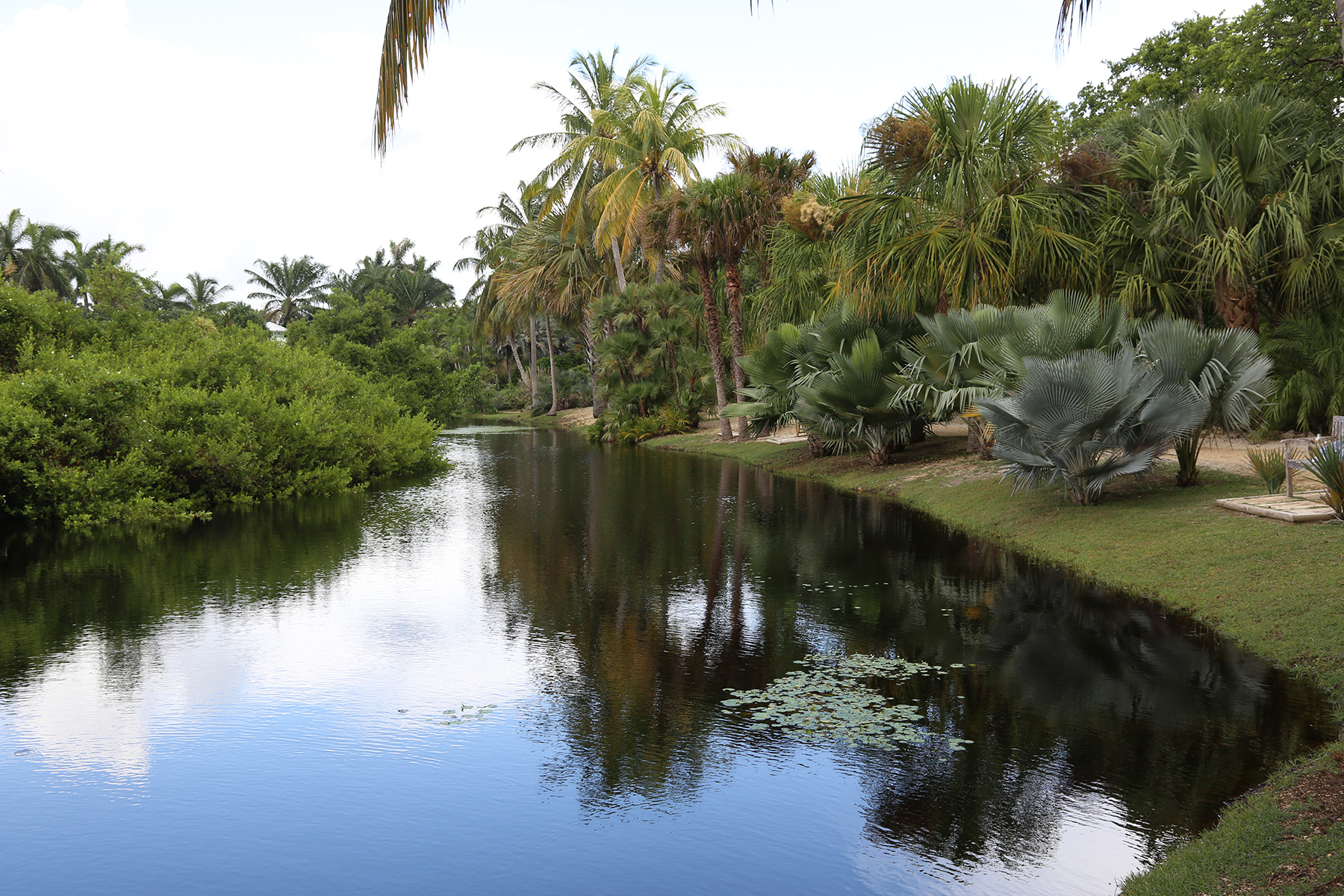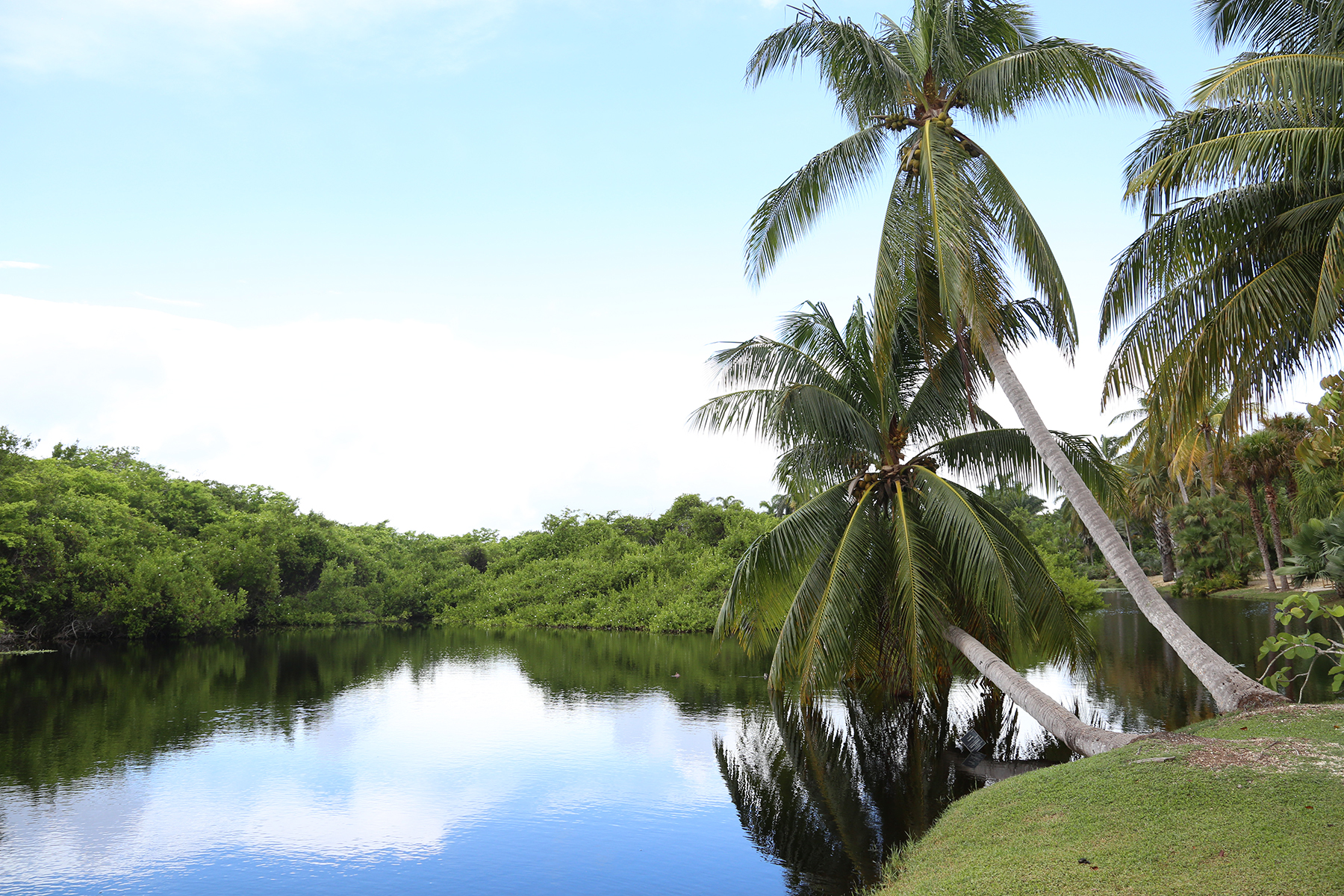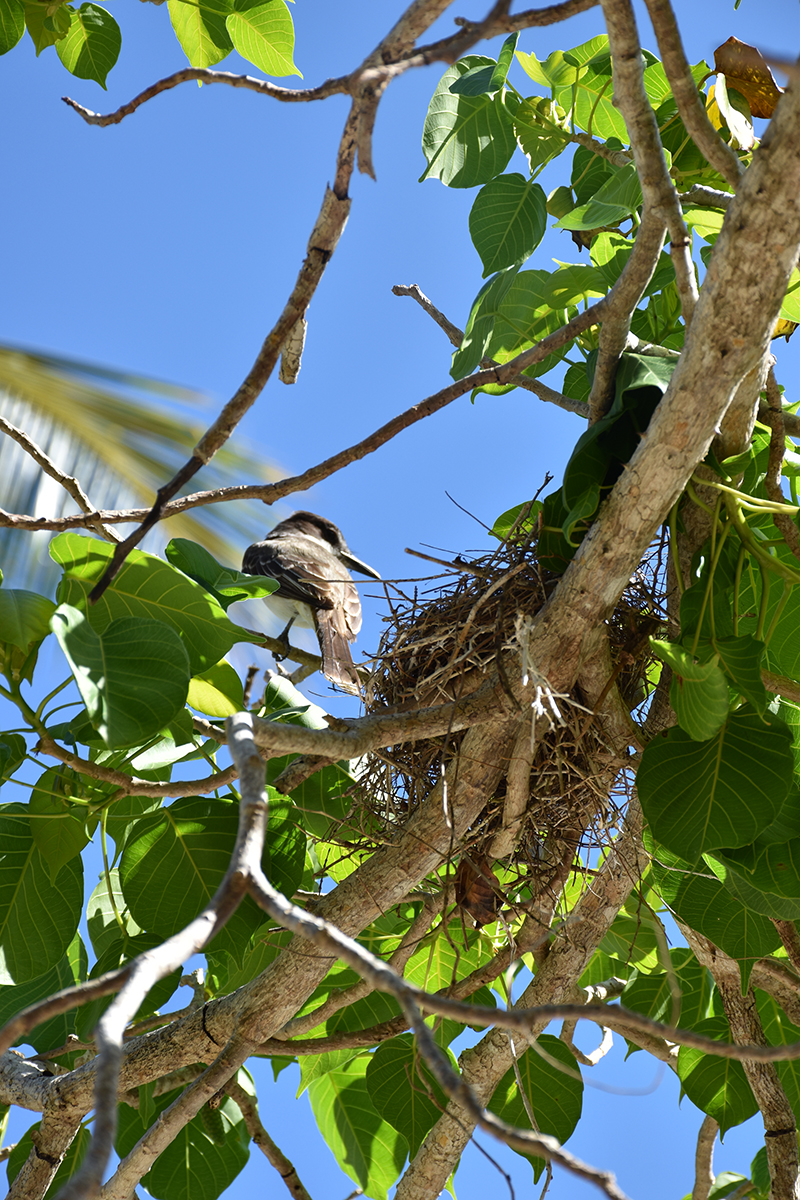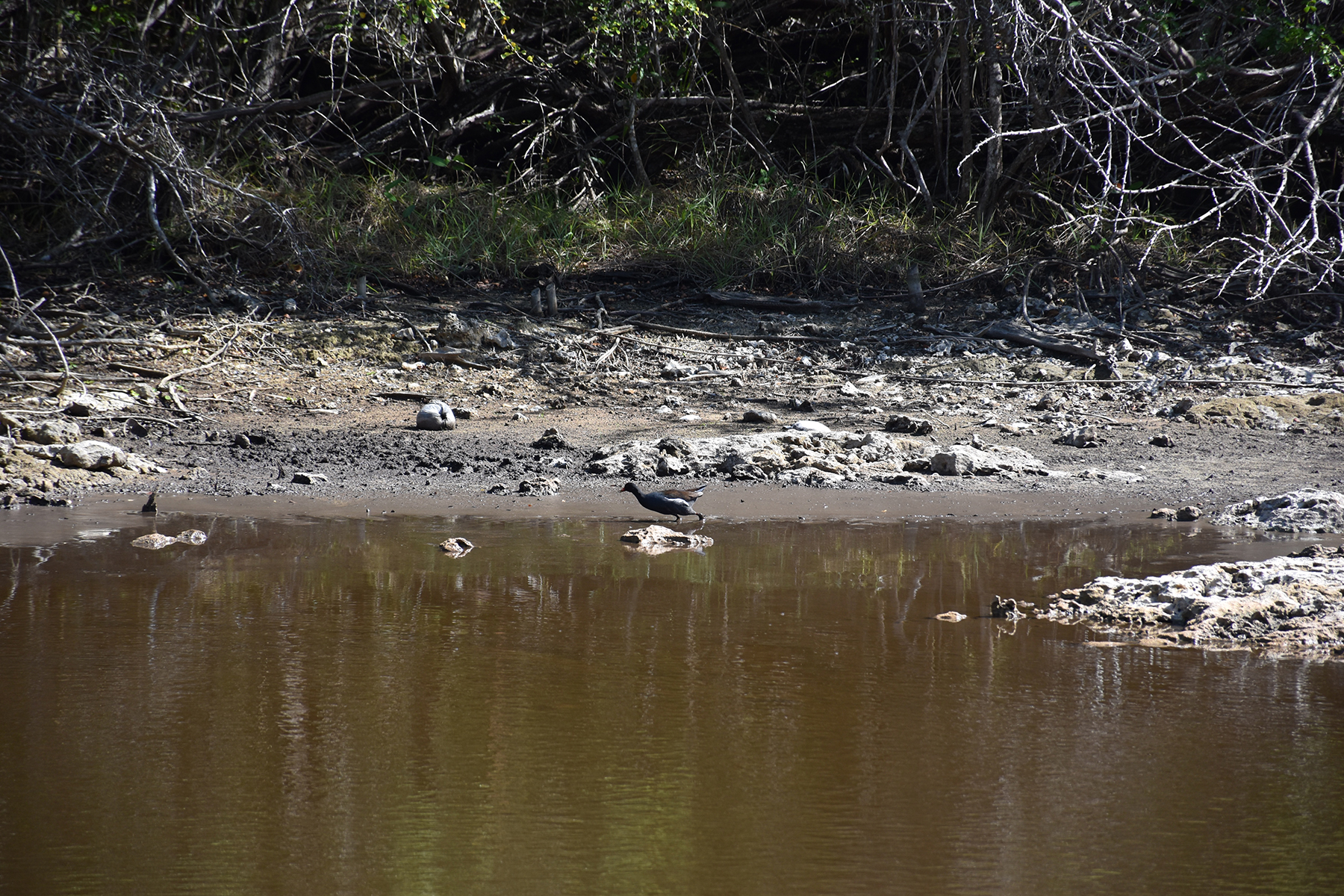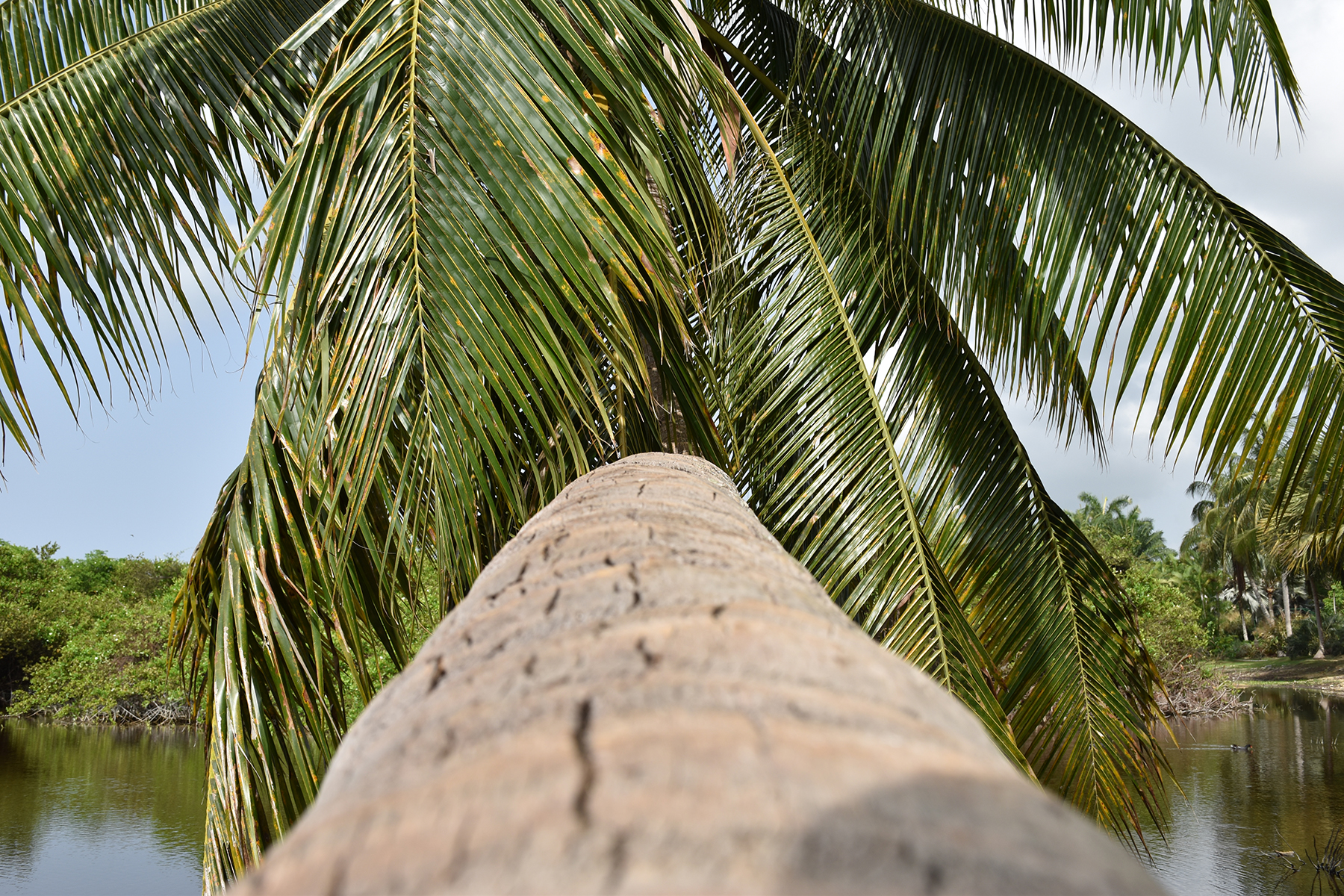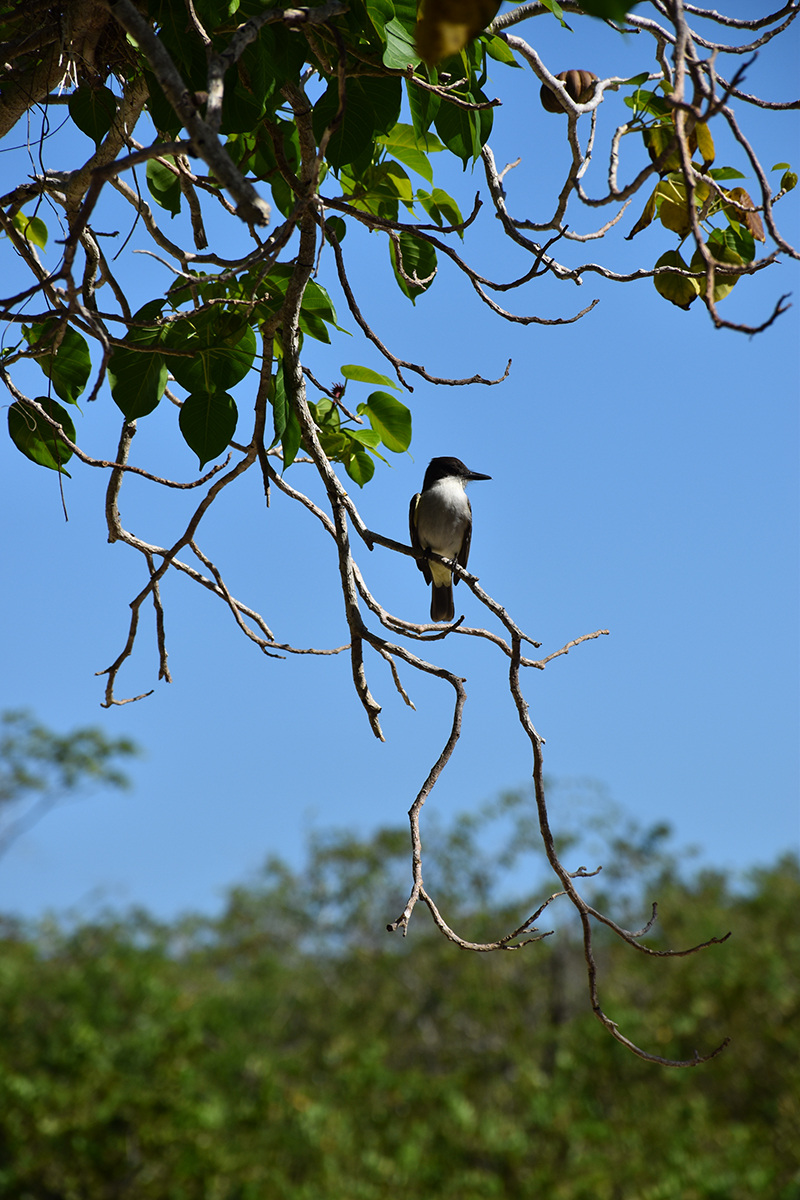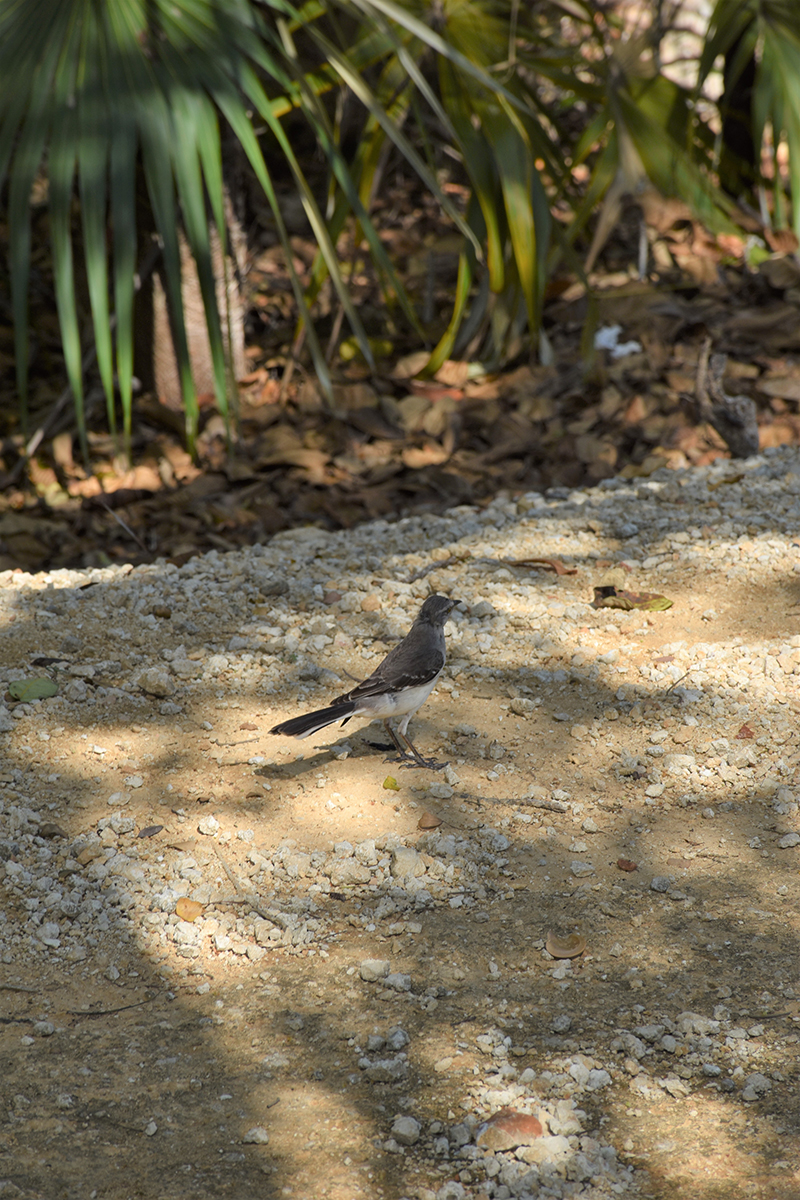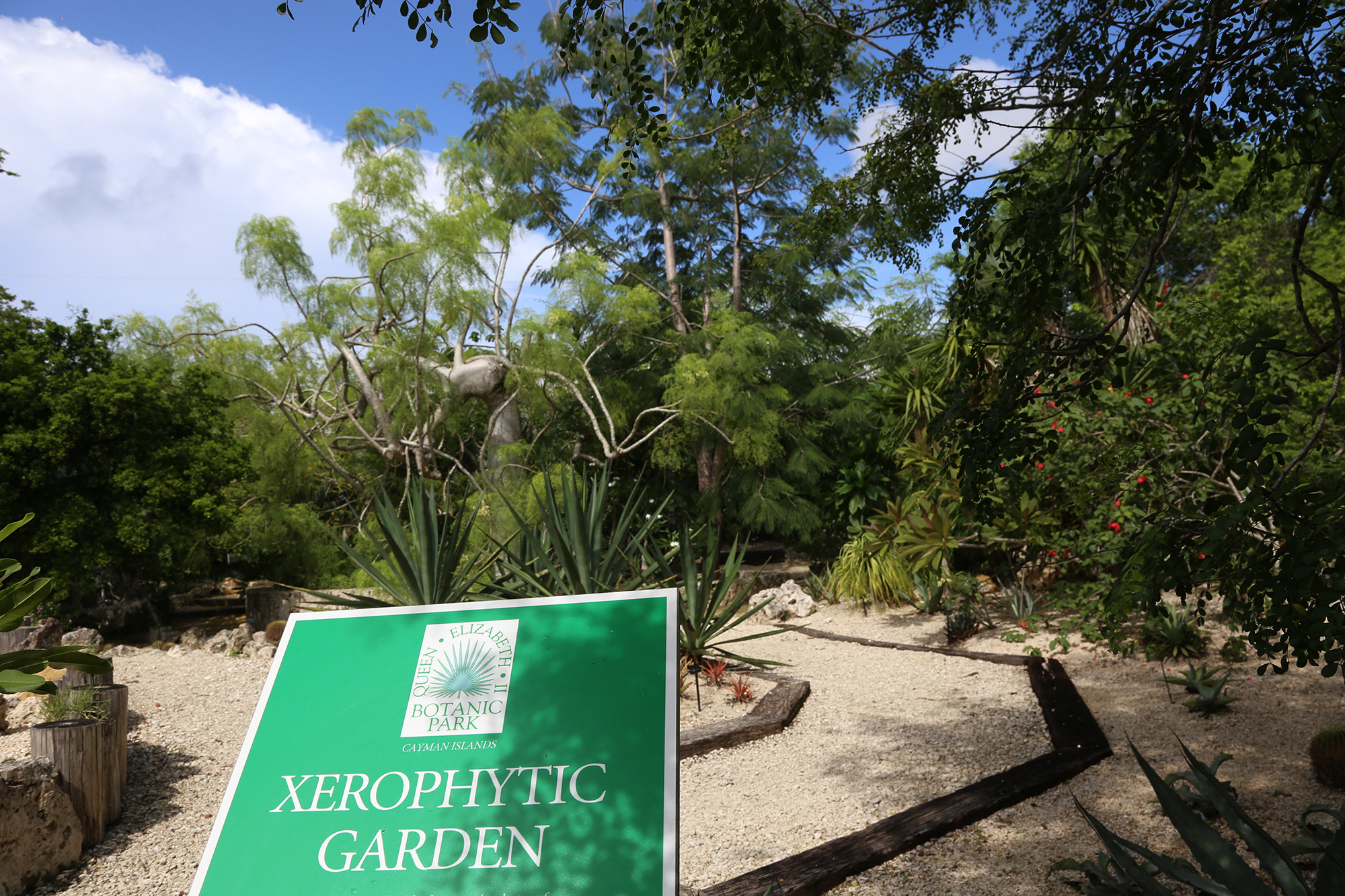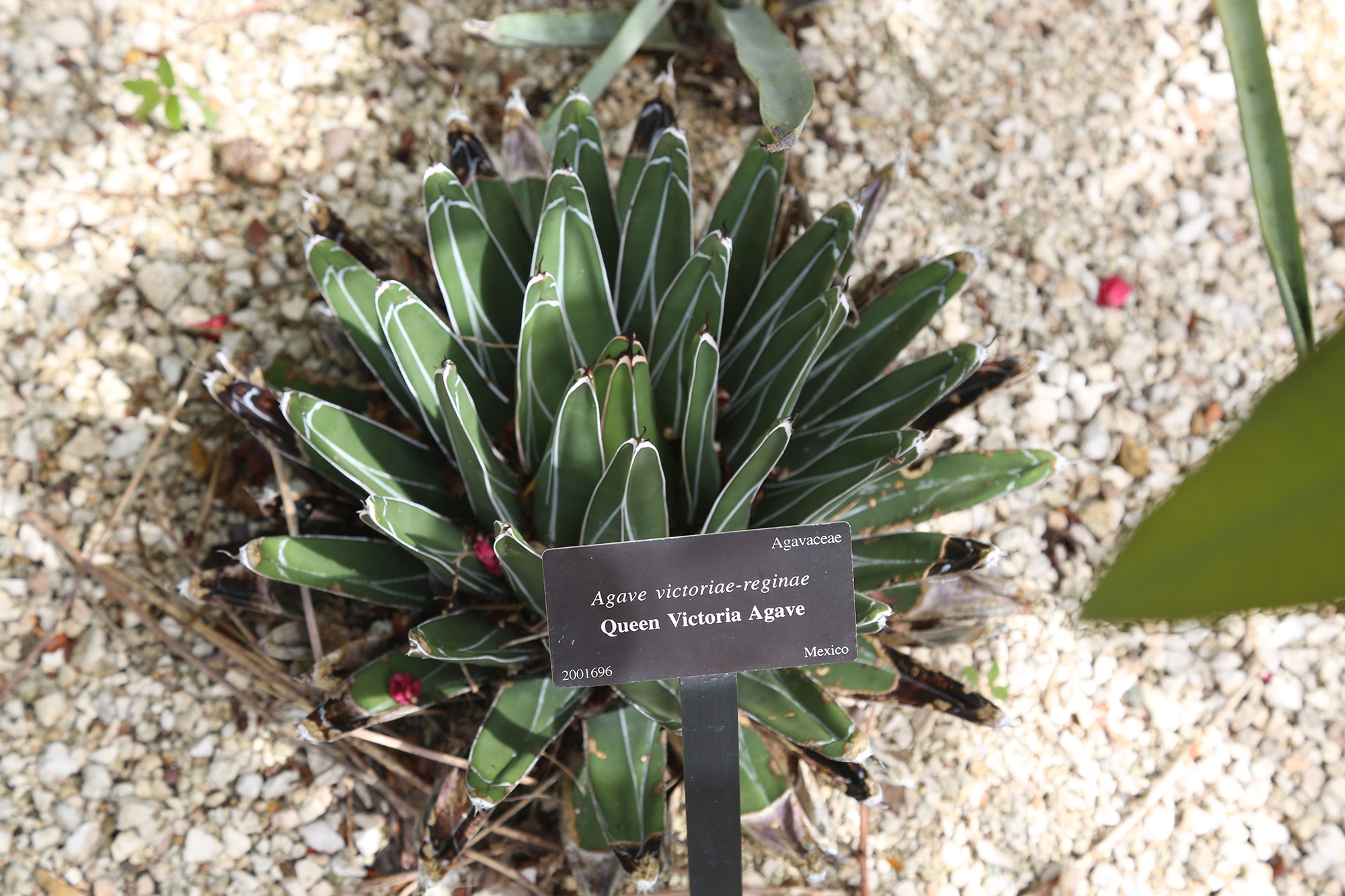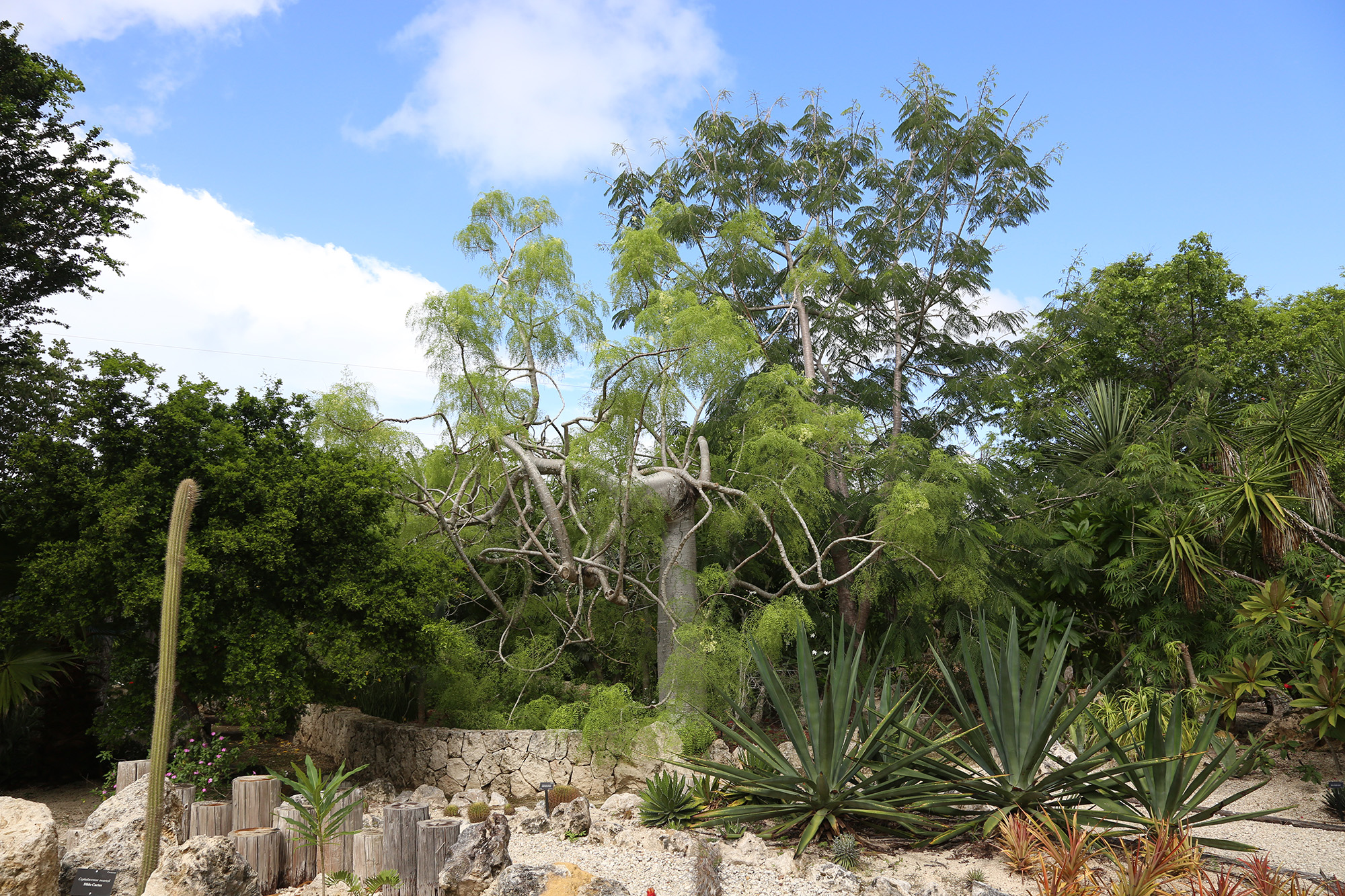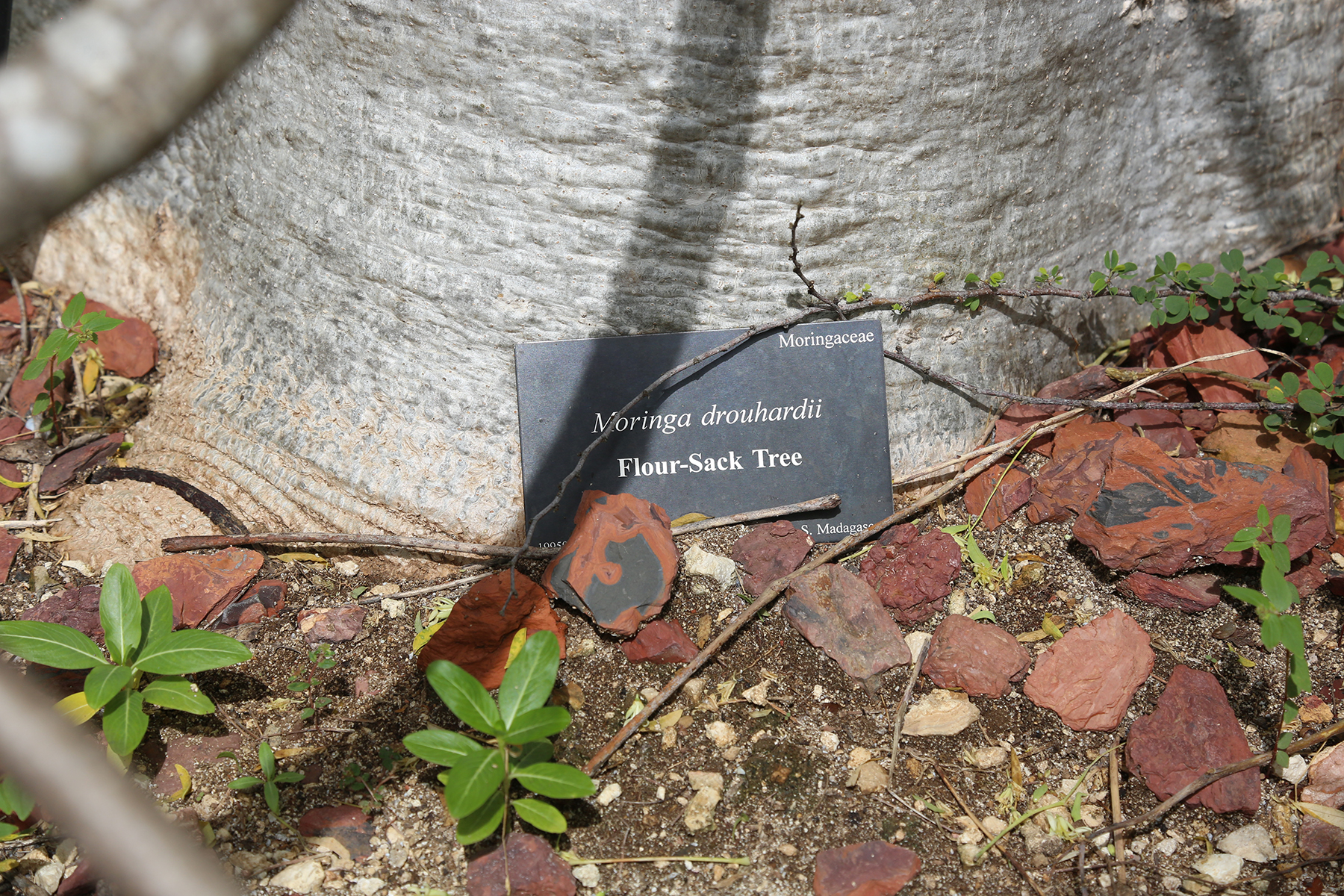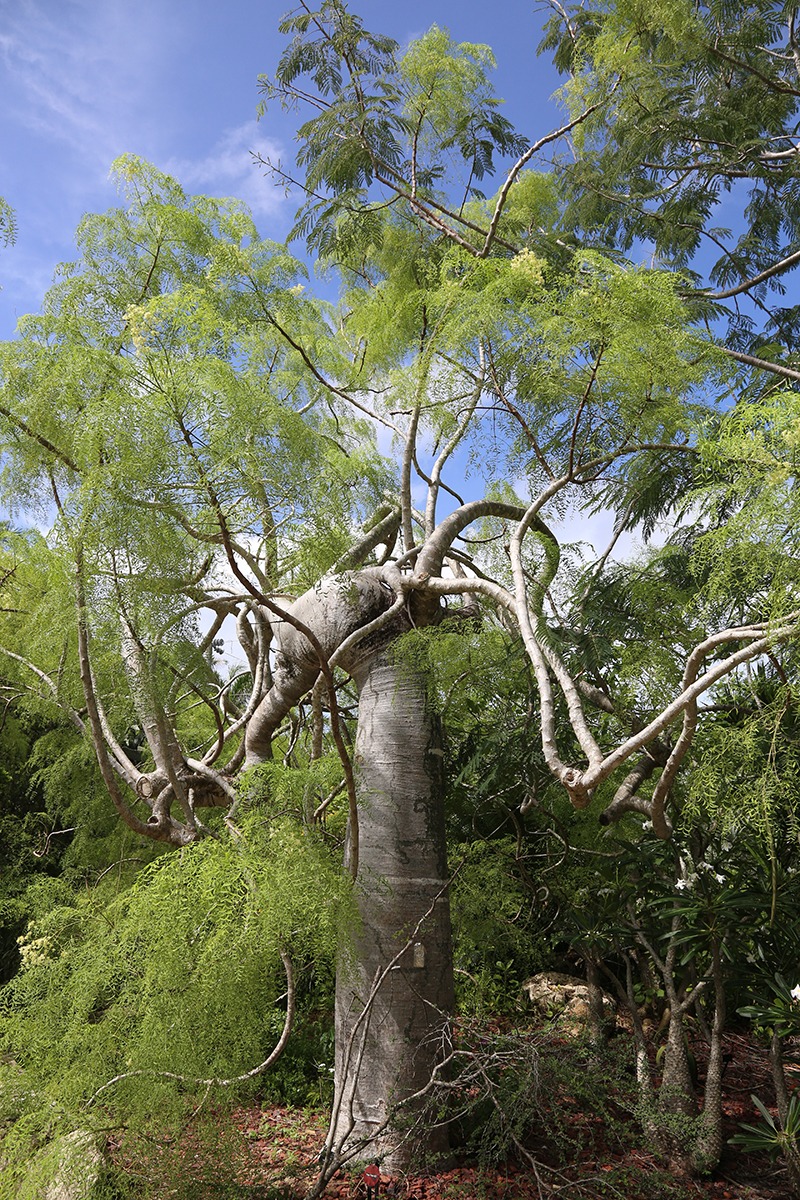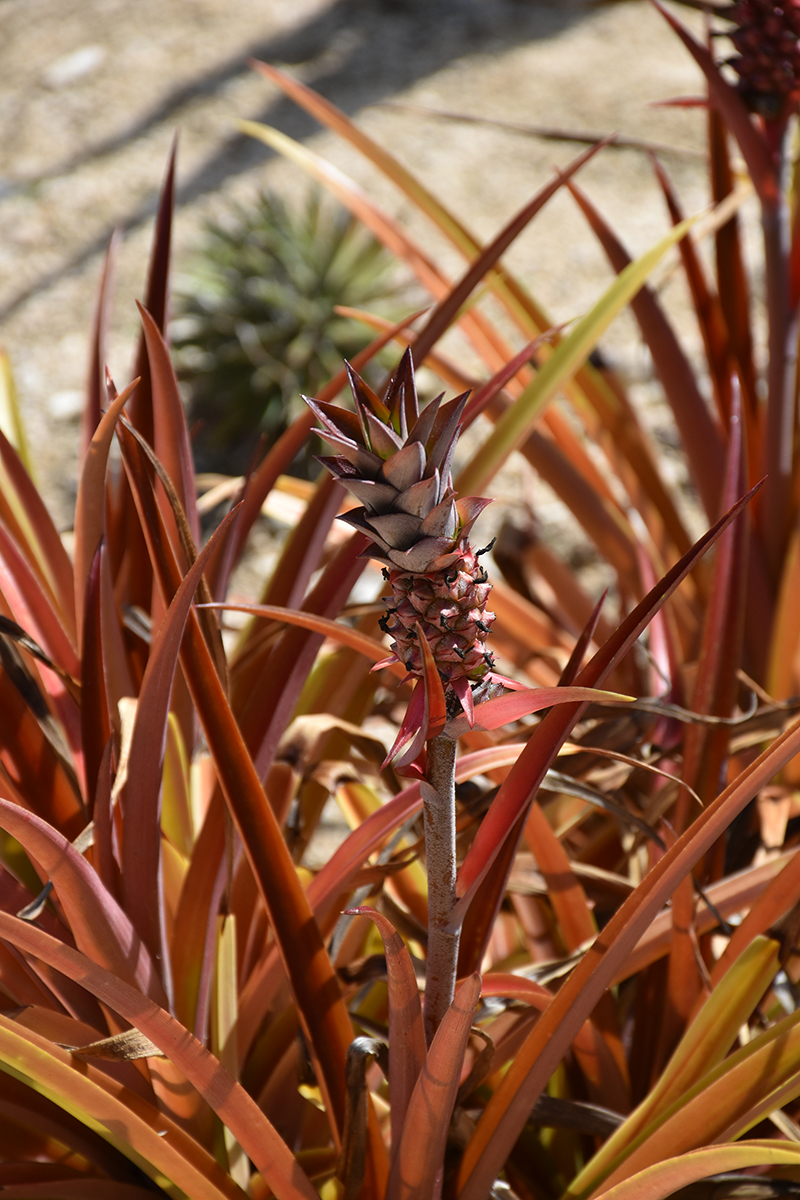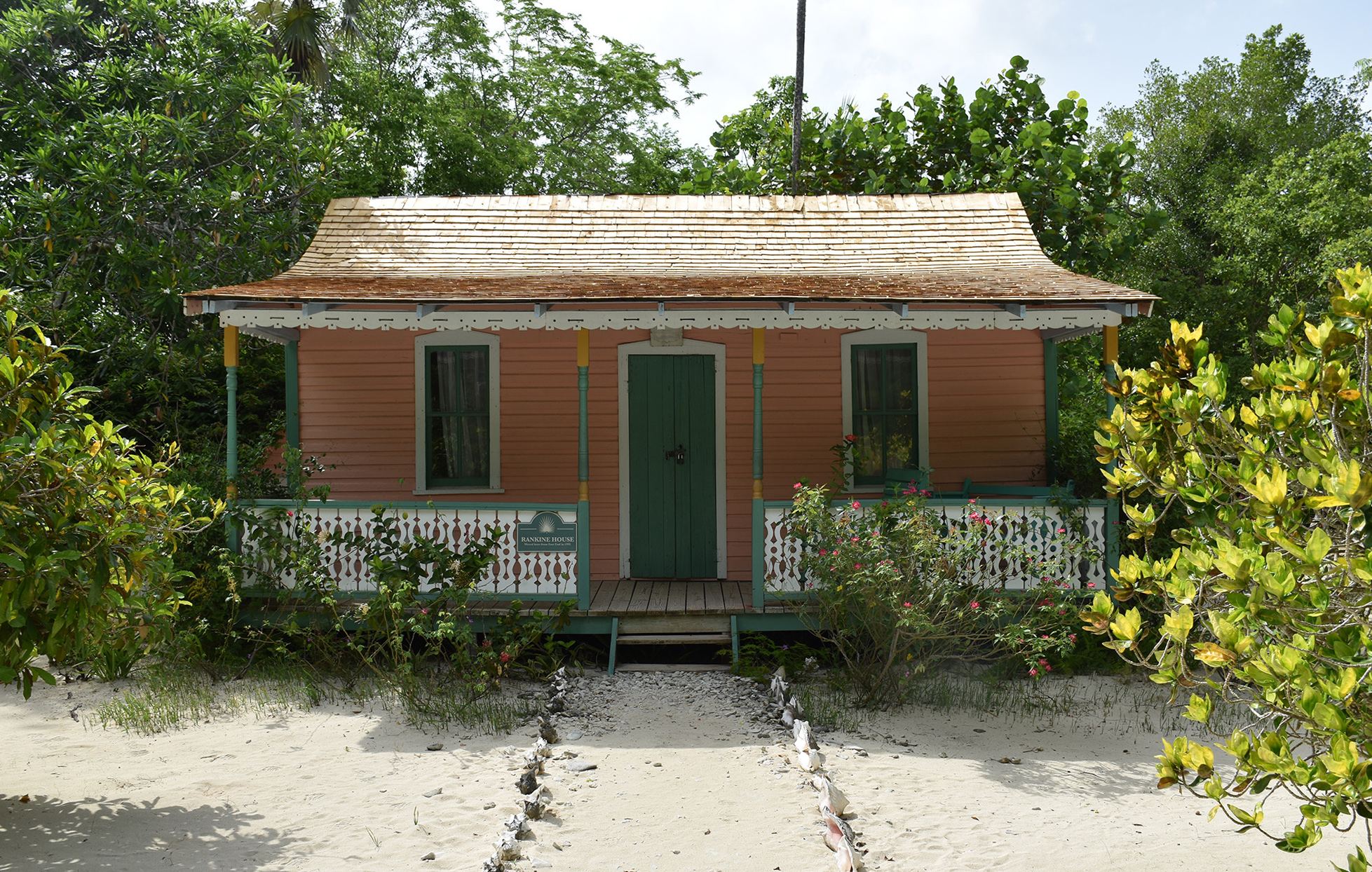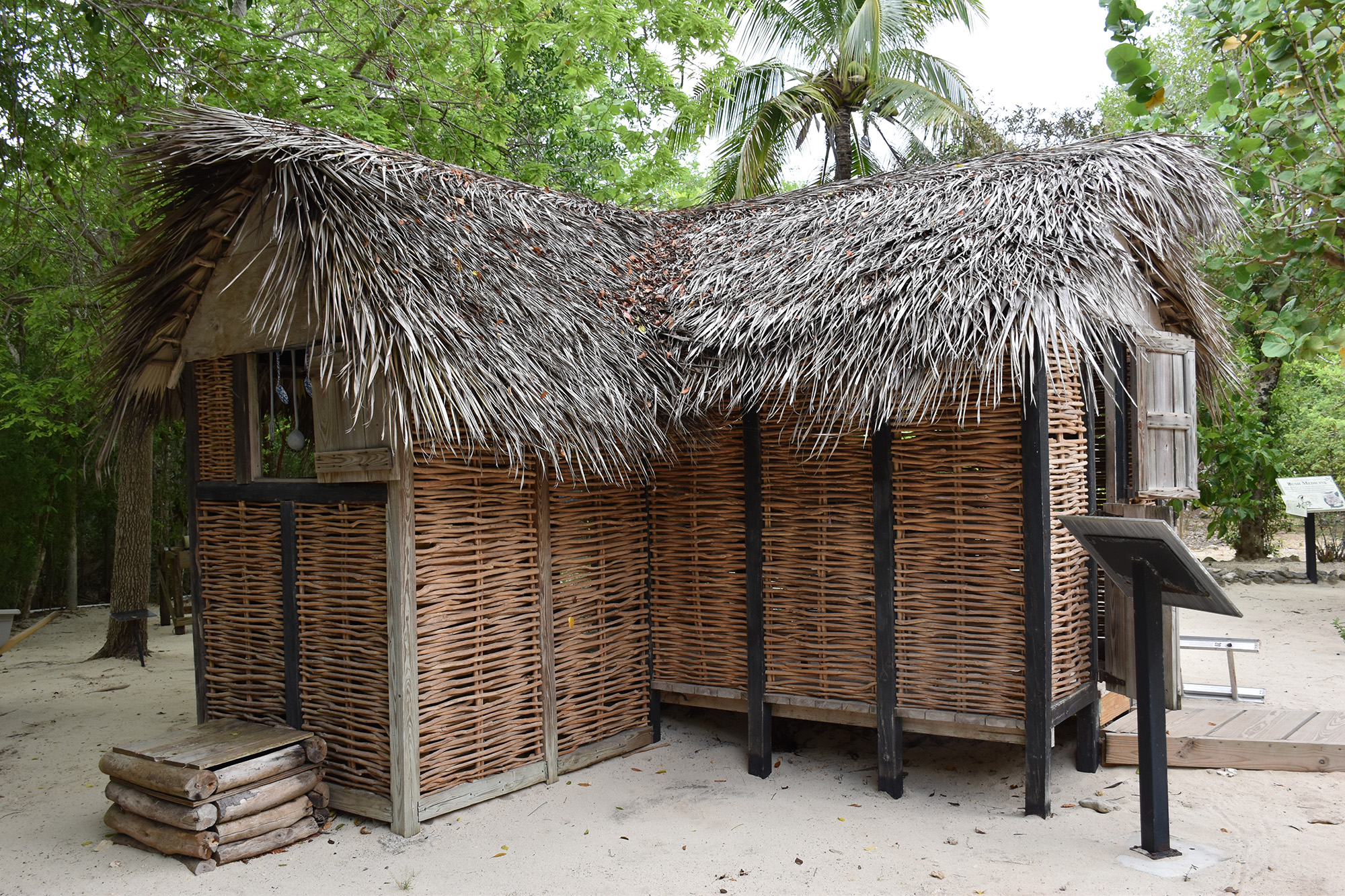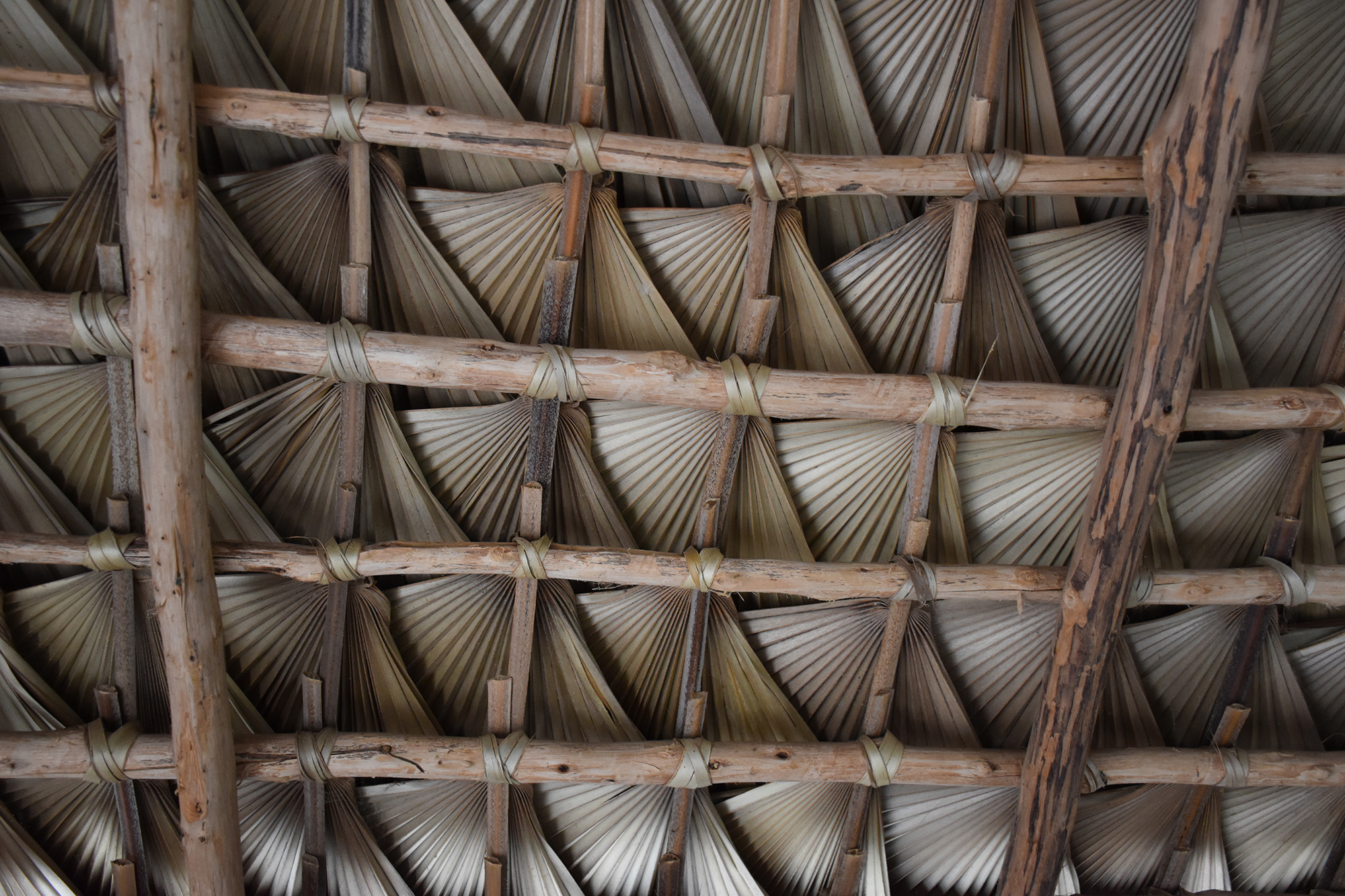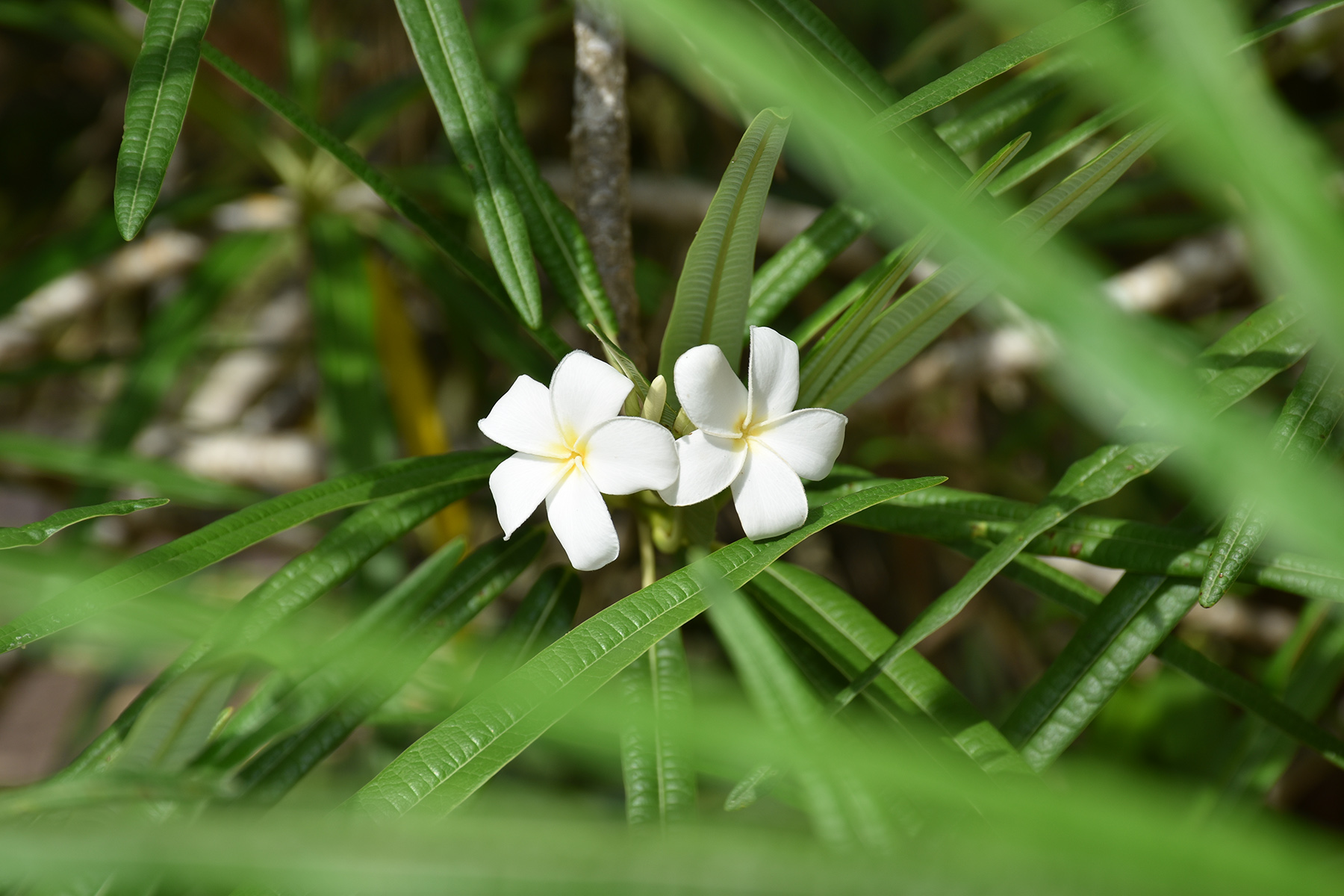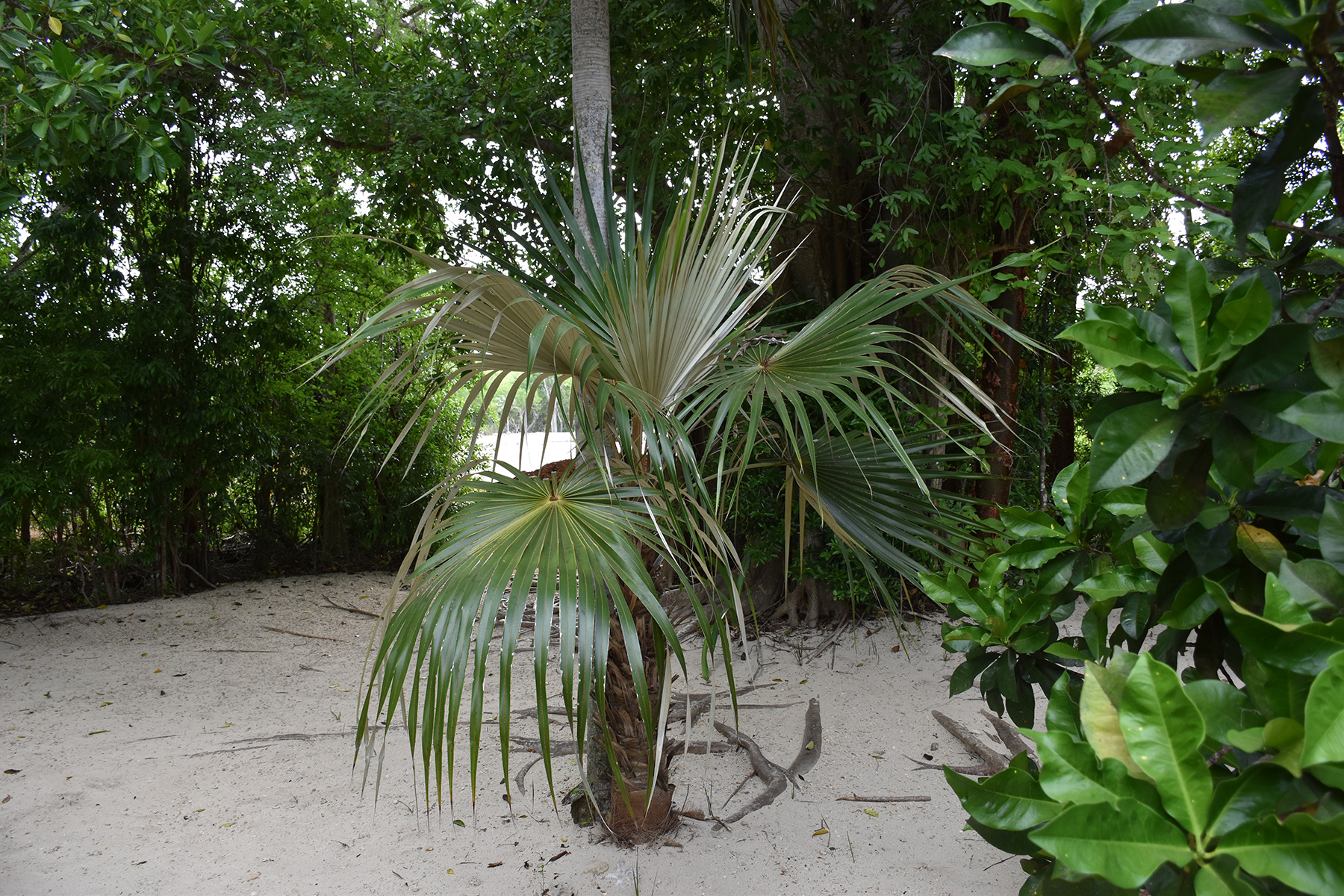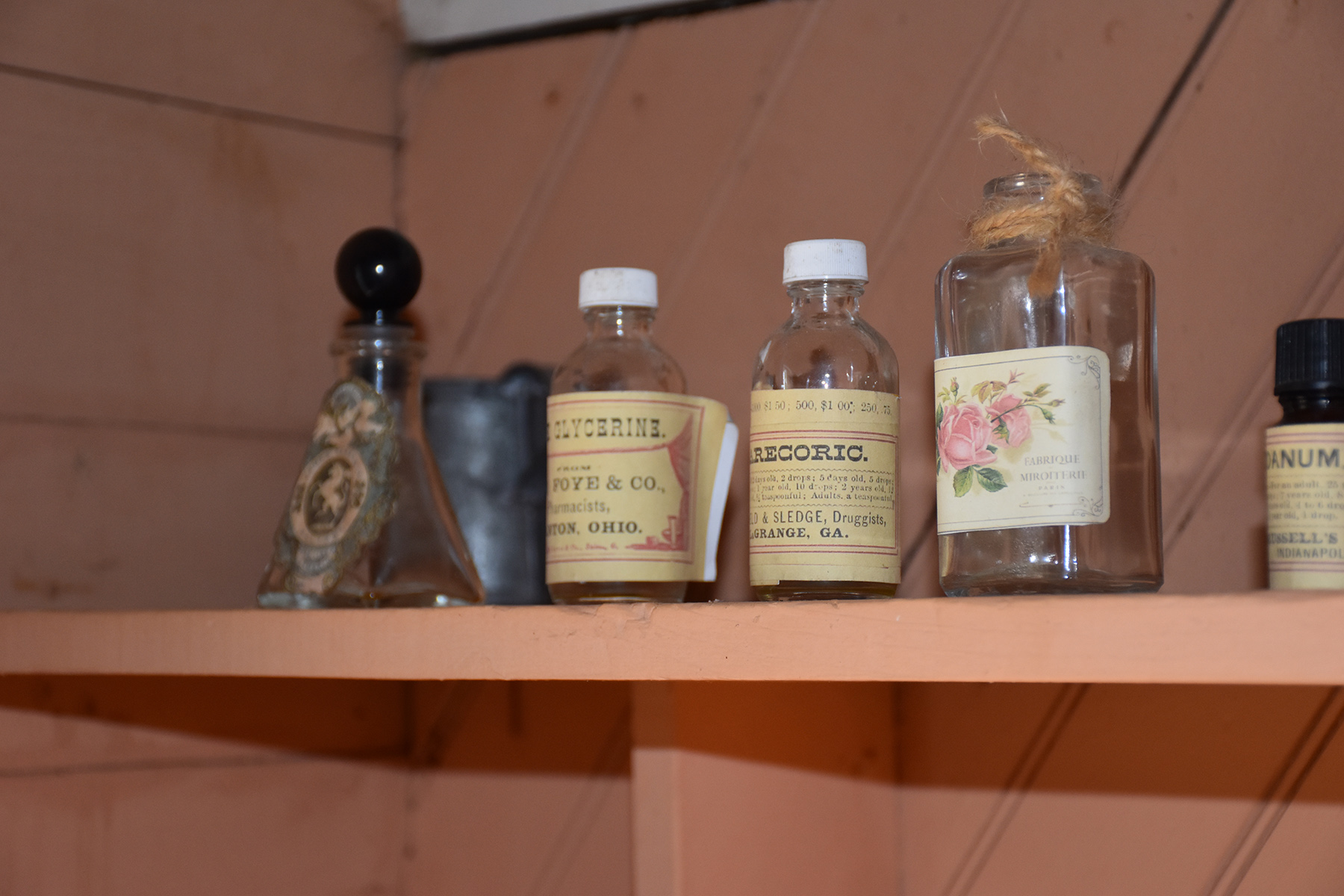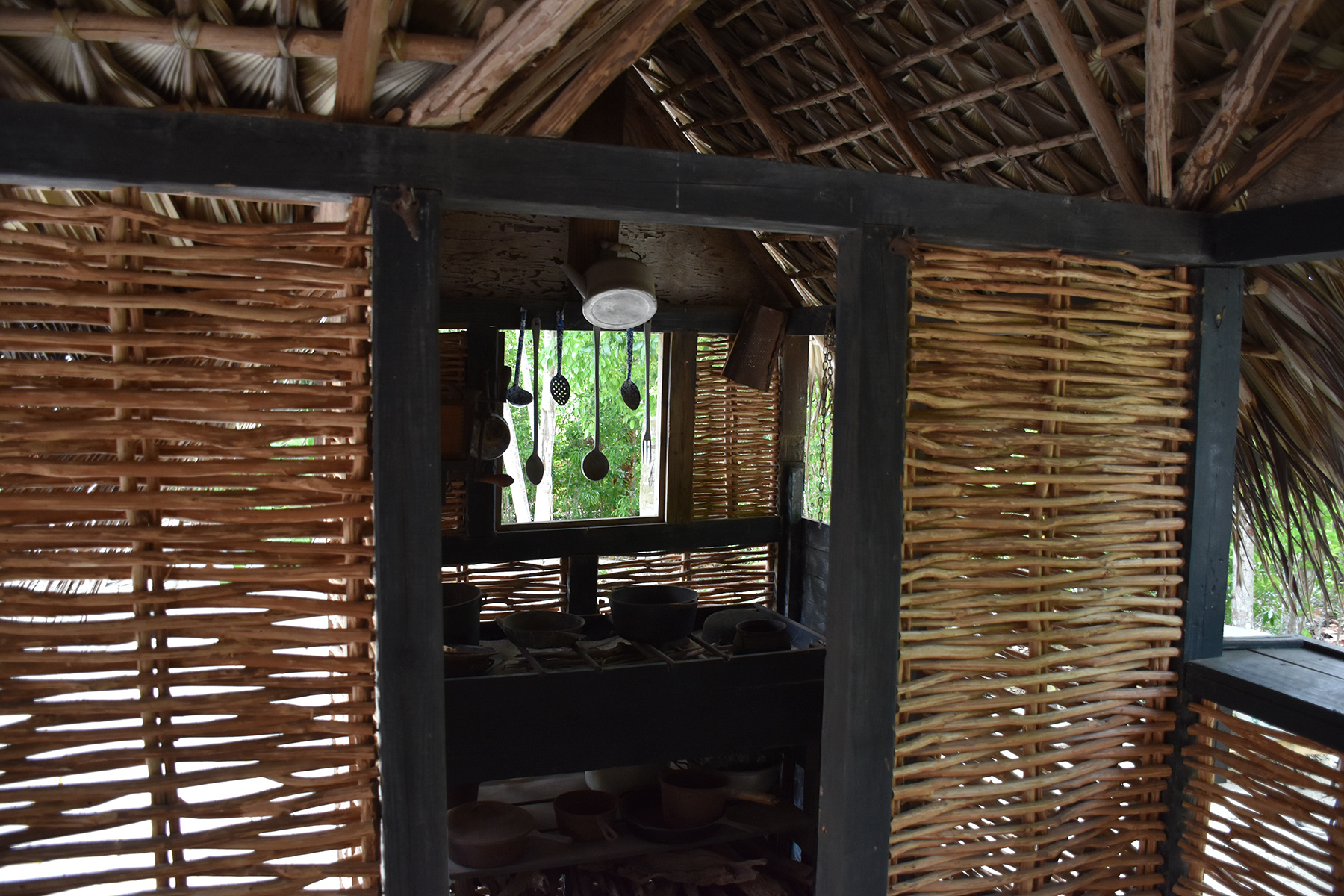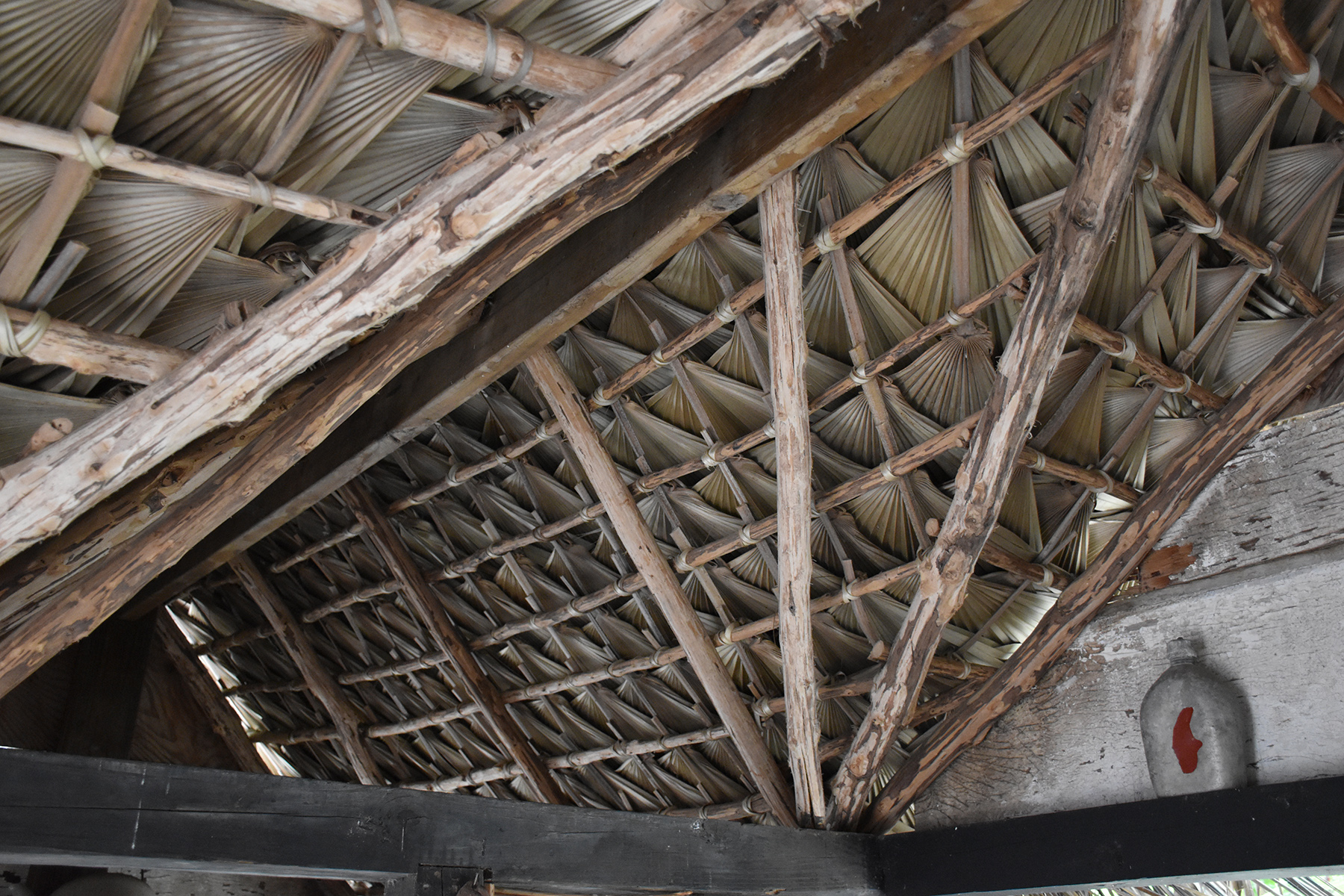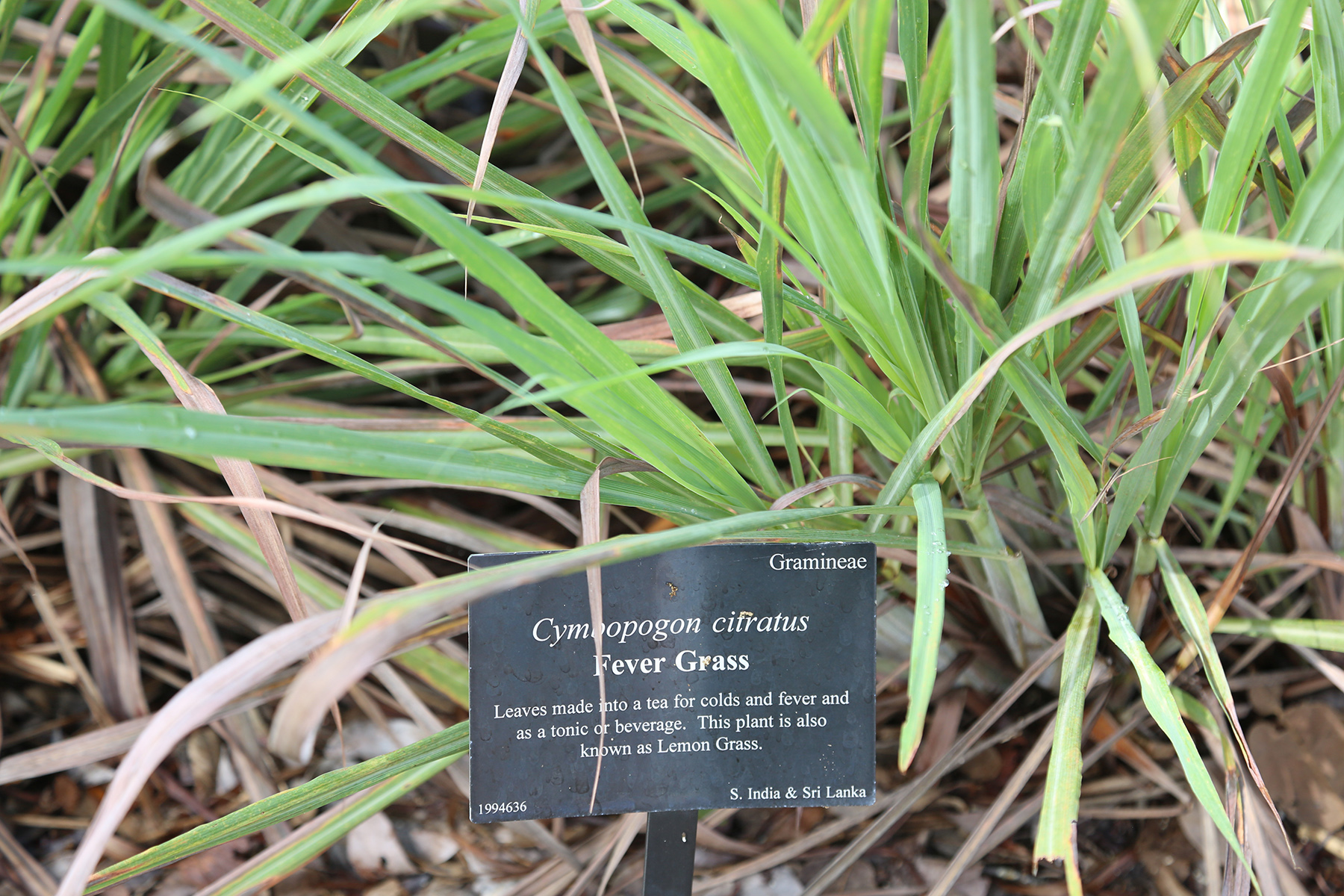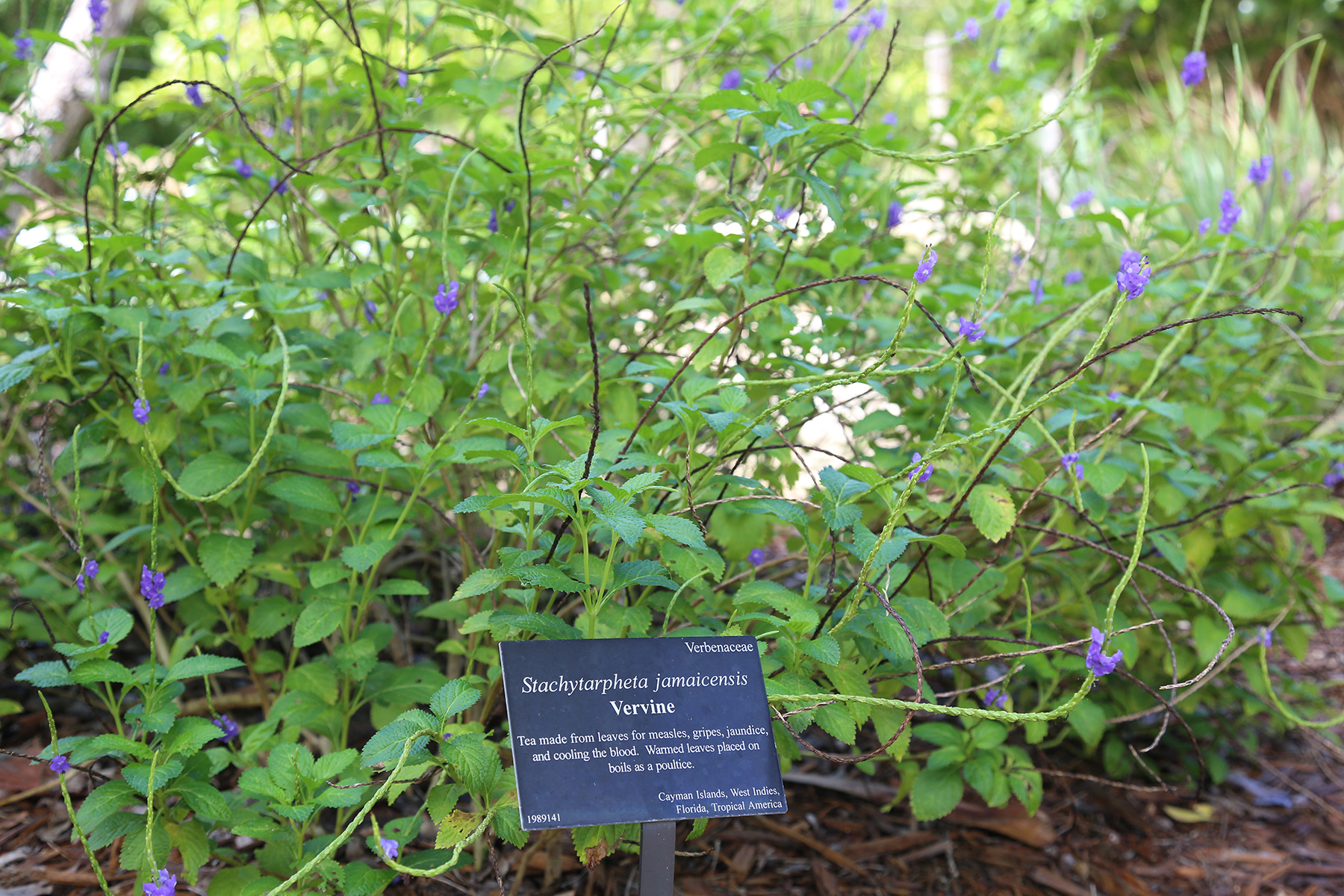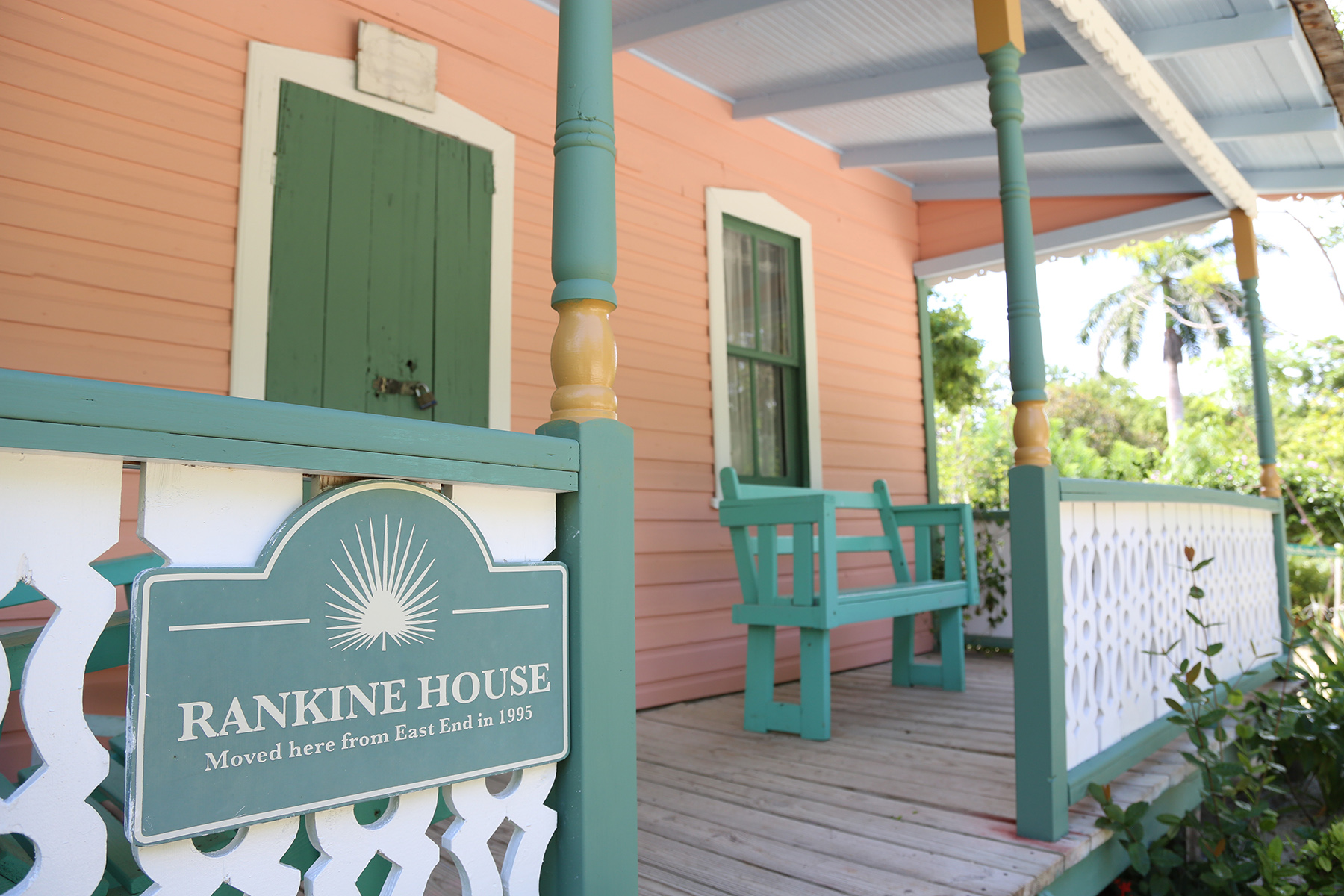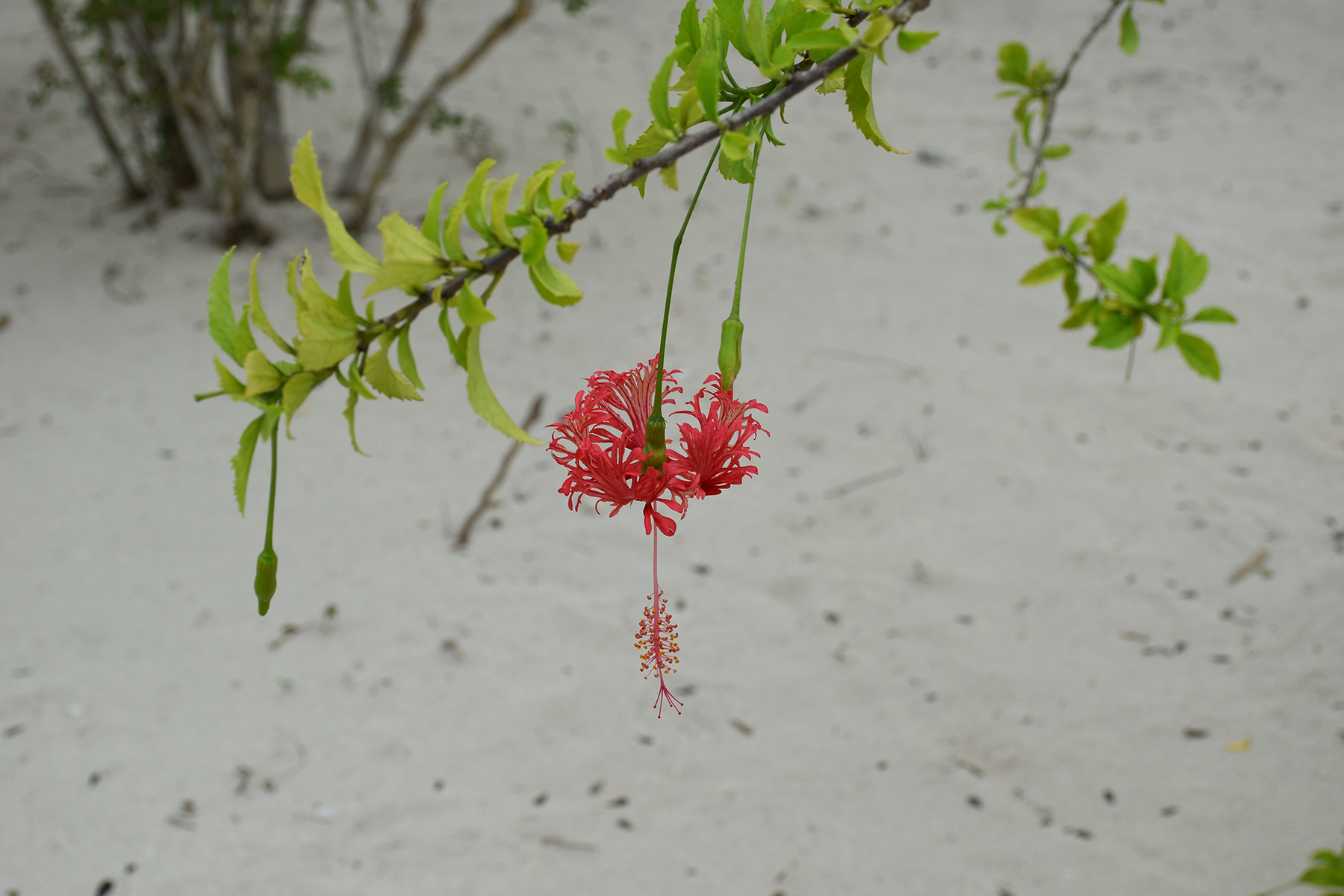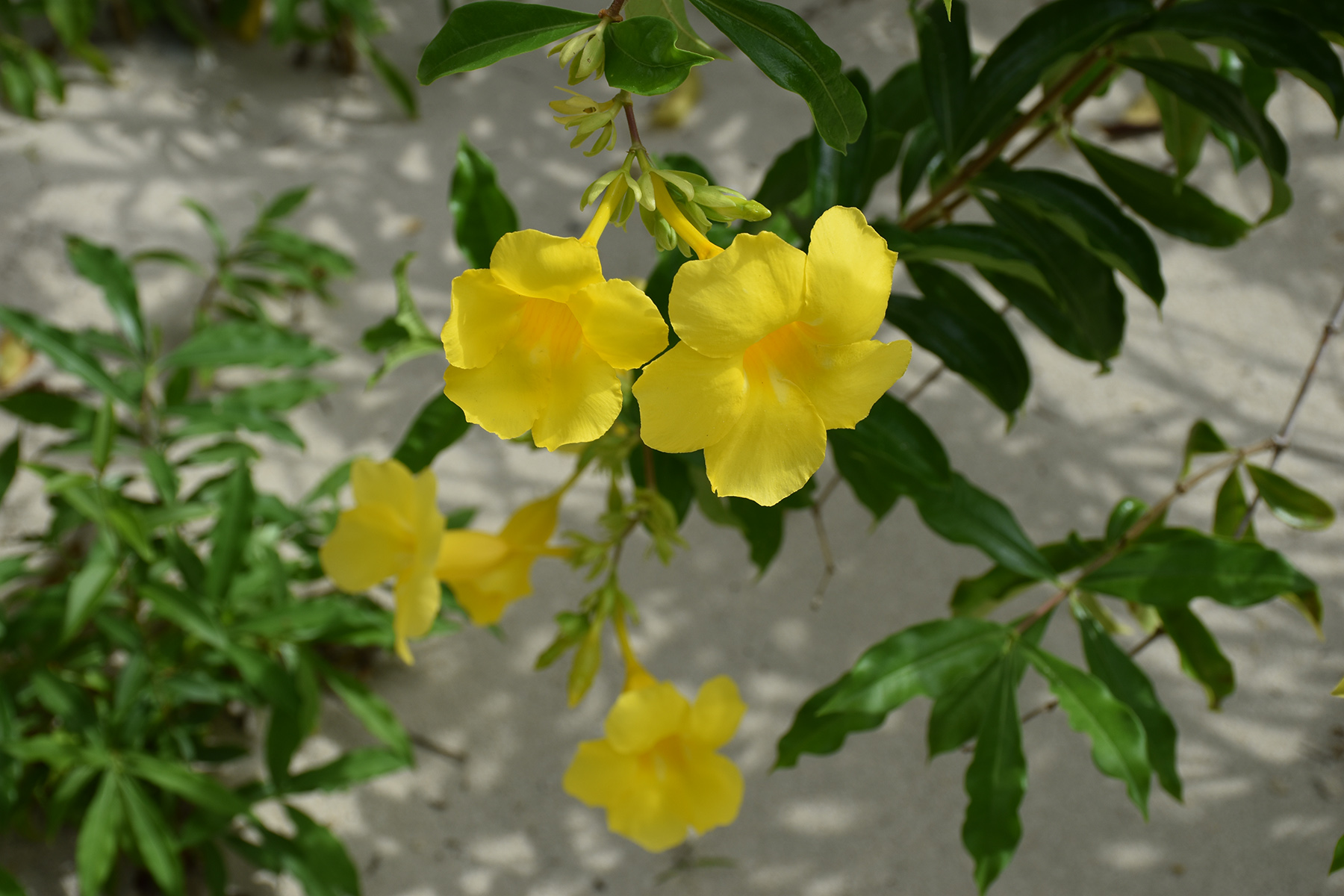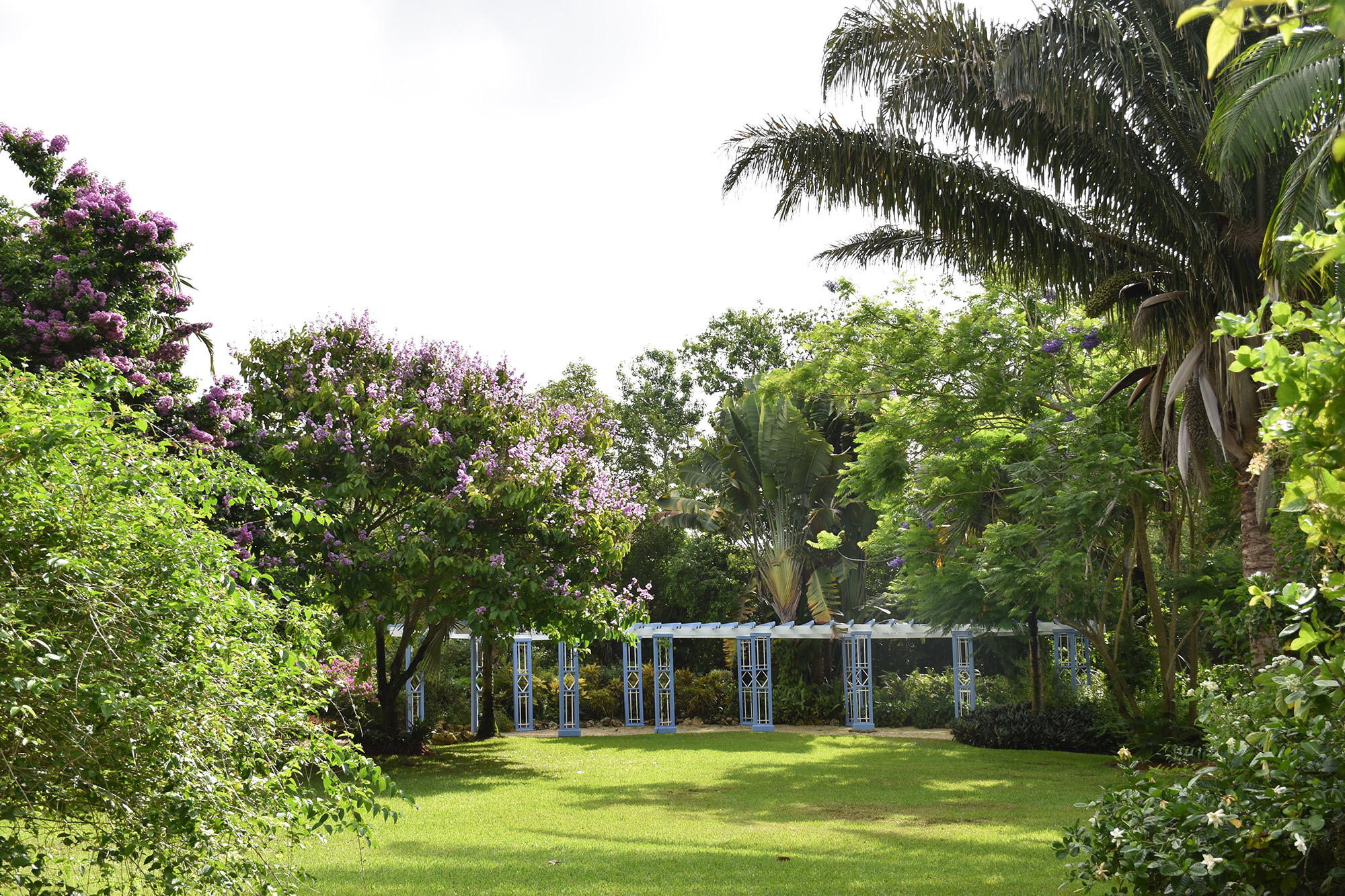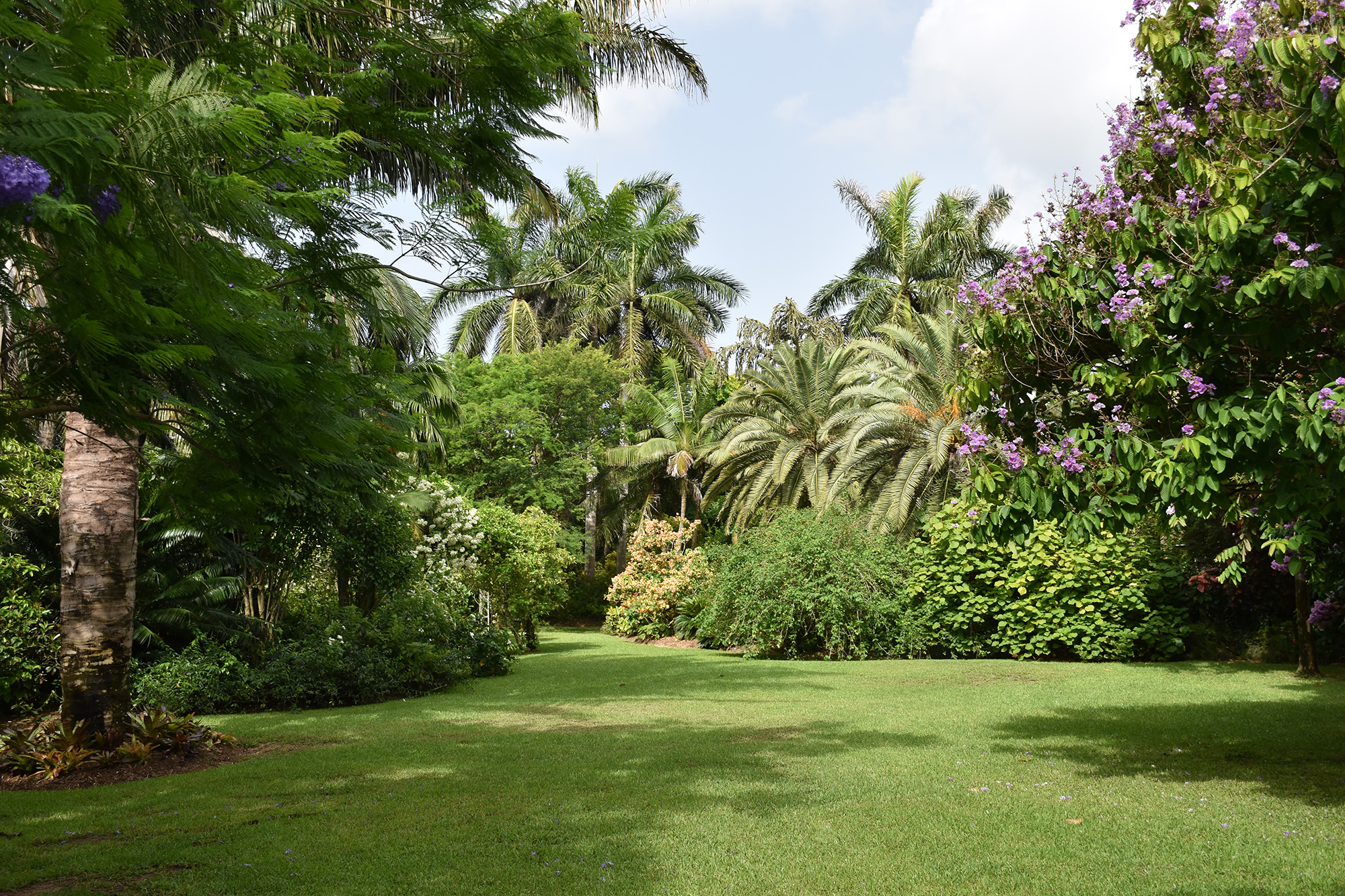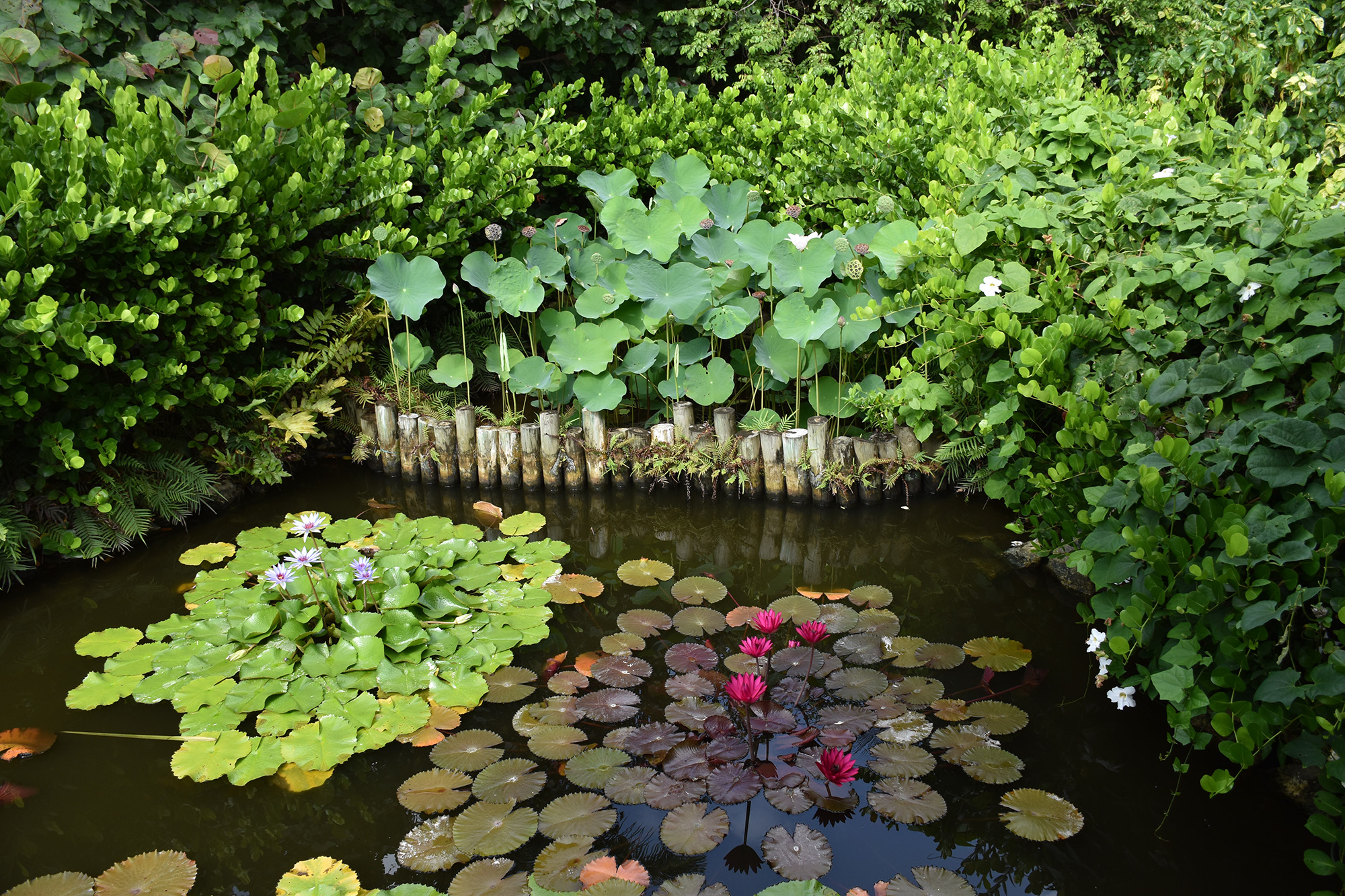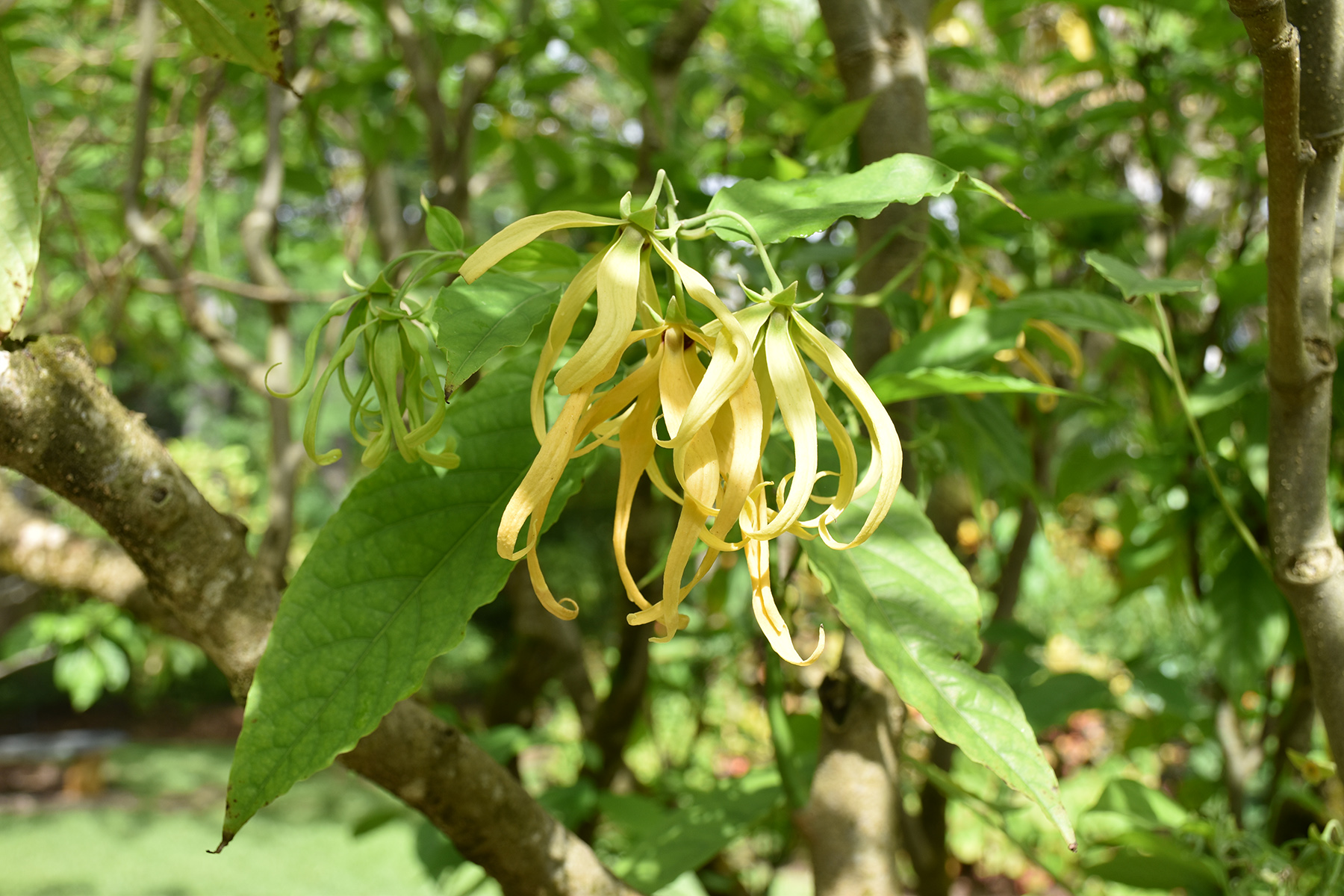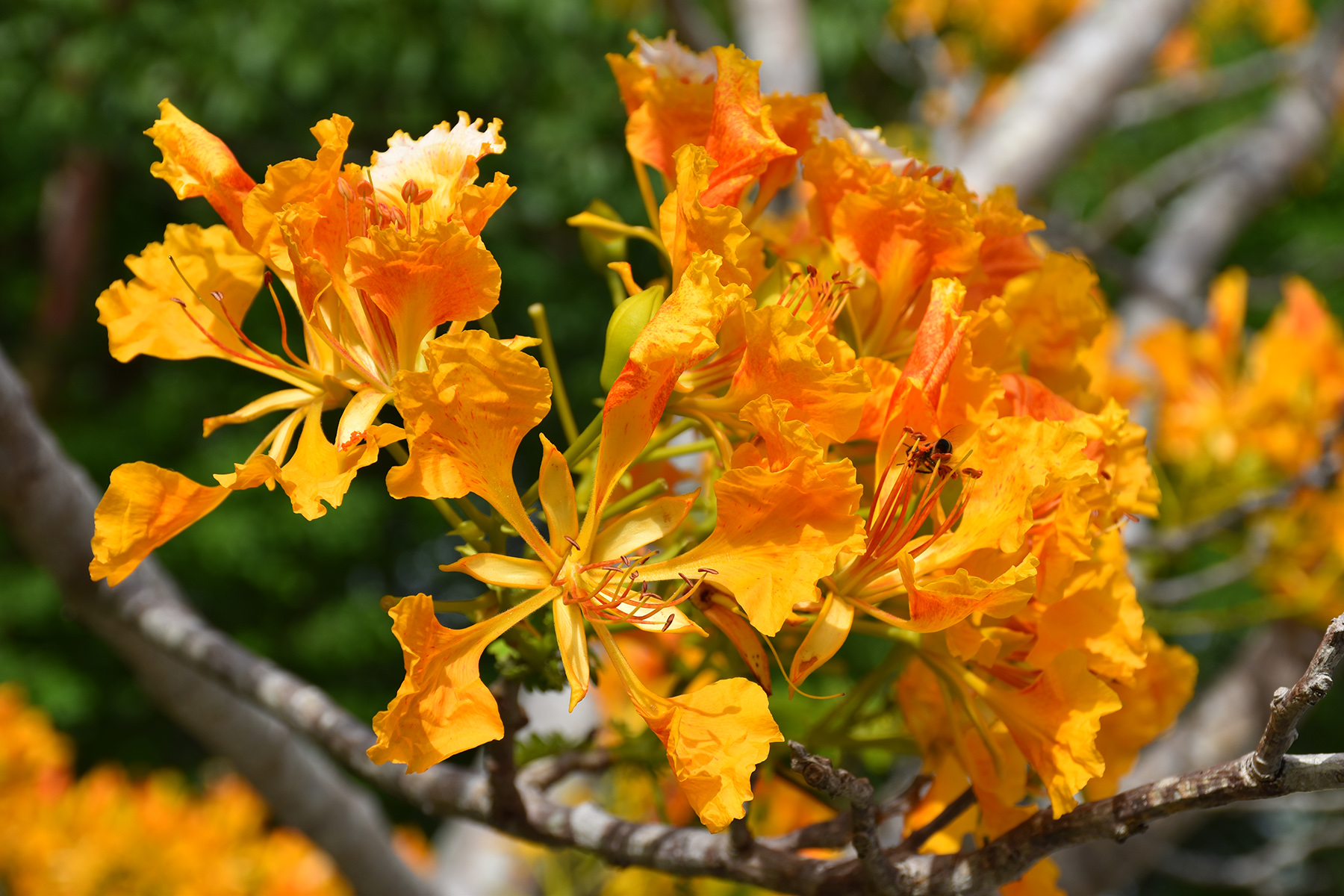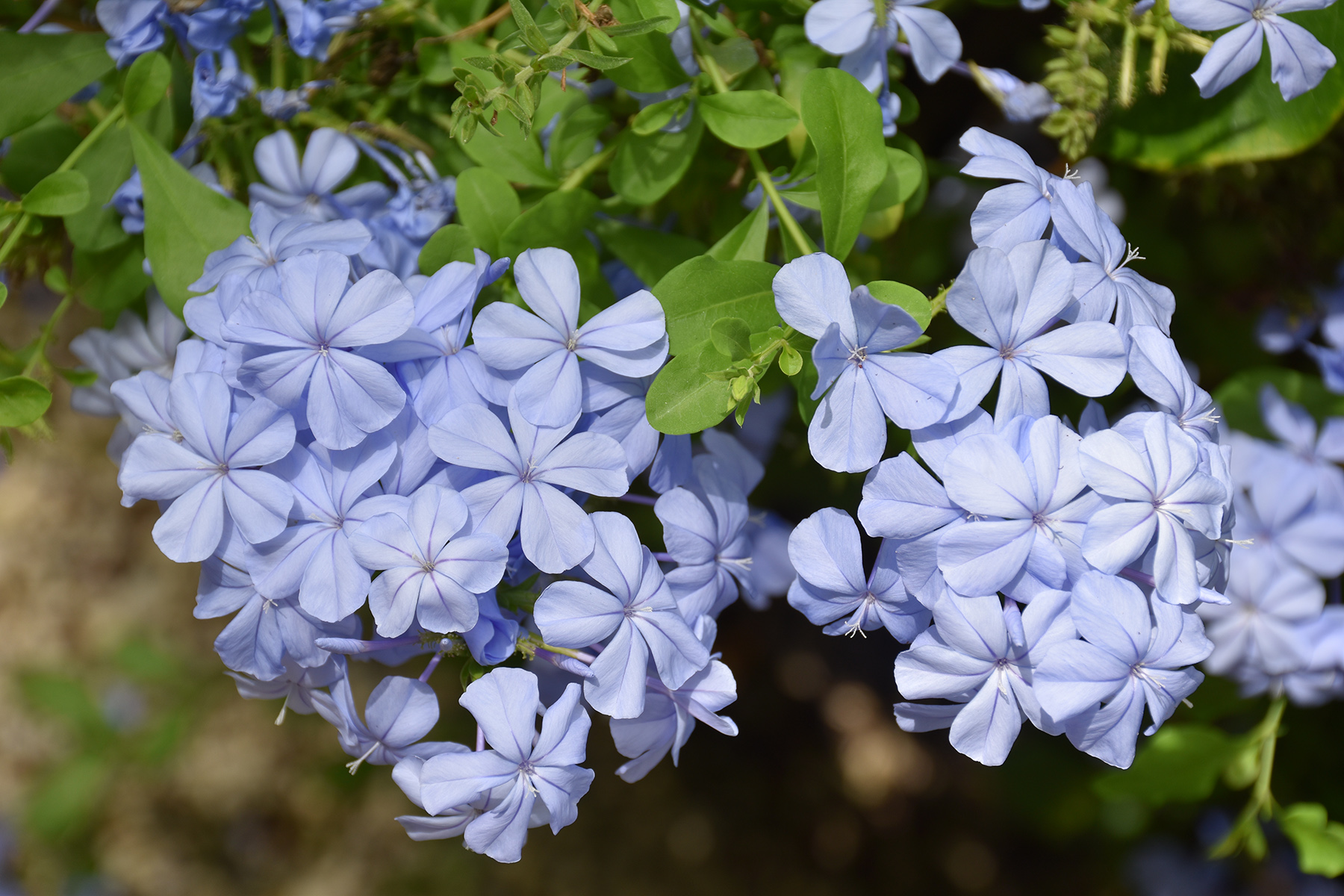Ghost Orchid in top 100 endangered species

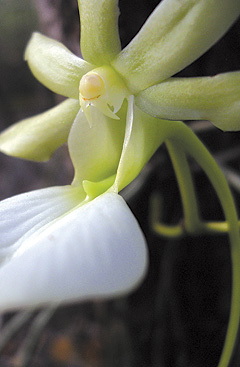 By: Norma Connolly | [email protected] September, 2012
By: Norma Connolly | [email protected] September, 2012
The rare Ghost Orchid, which can only be found in Grand Cayman, has been listed among the 100 most threatened species in the world, according to a new report.
The report, titled “Priceless or Worthless? The world’s most threatened species”, focuses on 100 species from 48 different countries that the authors say would be next species to become extinct if no conservation action is taken.
In the report, compiled from input from a network of 8,000 scientists and researchers in the International Union for Conservation of Nature’s Species Survival Commission, authors Jonathan Baillie and Ellen Butcher from the Zoological Society of London, identified 100 animals, plants and fungi facing extinction on the planet.
“The declines of most of these species have been caused by humans and in almost all cases their extinction can be avoided and the decline reversed. Thus, their future existence lies squarely in our hands,” Mr. Baillie said in an introduction to the report.
“Whether they disappear forever or remain on the planet simply depends on whether we as a society believe they are worth protecting,” he said.
The Ghost Orchid, which is found only in Grand Cayman, flowers for about two weeks between April and June.
The flower, known by its scientific name of Dendrophylax fawcettii, grows mainly in the remaining six acres of the Ironwood Forest in the George Town district. A small number of the flowers have been transplanted to the Queen Elizabeth II Botanic Park and the Turtle Farm, but its main concentration can be found in the Ironwood Forest.
The presence of the orchid helped prevent a bypass being built through the forest in 2008 after a public outcry over the probability of the orchid and other native species disappearing if the work went ahead.
According to the authors of the report: “This temporary reprieve will be insufficient to ensure the long-term survival of the enchanting ghost orchid as the Ironwood Forest continues to remain without any formal protection.”
Also growing in the forest are other flora that are culturally significant to Cayman, including the Ironwood tree, Thatch Palm, the Banana orchid, which is Cayman’s national flower; and the “Old George” tree.
The report points out that the Cayman Islands does not have comprehensive conservation legislation necessary to establish national protected areas, and only 5 per cent is under the protection of the National Trust for the Cayman Islands.
“With appropriate legislation, protection of the Ironwood Forest would be possible, either by purchase or through establishing management agreements with the private landowners. This would benefit the landowners by enabling them to maintain their land in its natural state, as they have done for generations. All that is required to enable this is the political will,” the report stated.
The long awaited National Conservation Bill, which has gone through several iterations since it was first drafted in 2002, has still not been presented to the Legislative Assembly. That law, if passed, would offer protection to terrestrial flora and fauna in the Cayman Islands. At the moment, some animals and birds are protected under the 1976 Animals Law, but the plants of the Cayman Islands have no legal conservation protection.
Cayman’s Environmental Protection Fund has more than $43 million in it and was originally set up in 1997 to acquire land for conservation purposes and other environmental projects. However, the fund is counted among the government’s reserve cash and has rarely been used for the purposes for which it was established. Money in the fund is collected from departure taxes charged to travellers leaving Cayman via the airport or the cruise ship terminal.
Mat Cottam of the Cayman Islands Department of Environment said he hoped the orchid’s inclusion in the report would help raise the profile of this and other unique local flora and fauna.
“As far as natural populations go, the majority of known Cayman Ghost orchids are found in the Ironwood Forest. A few are also to be found in a small area of similar habitat in the National Trust’s Mastic reserve. It is the complicated habitat requirements of the orchids which contribute to their limited distribution.
“Some orchids were transplanted to the Botanic Park in the past; however, this is not a natural habitat for them. The Old George bromeliads found at the park are similarly transplanted. While attractions such as the park serve a valuable function in introducing the public to our natural history, and educating them about it, artificial populations such as these are not a replacement for natural populations. It is only within natural populations that animals and plants interact naturally, and contribute completely to the ecology of their environment,” Mr. Cottam said.
He added: “The protective power of local people and local legislation is the most essential element in the preservation of endemic species. Wise stewardship of our unique natural heritage is our personal responsibility to global biodiversity – no one else can do it for us.”
Mr. Cottam said the draft National Conservation Bill, which would protect the Ironwood Forest, had “languished in the drafting and redrafting process for over 10 years”.
In addition to the threat of critical habitat loss, another reason why Grand Cayman’s Ghost Orchid is so vulnerable is that it so rarely reproduces from seed, said Ms Rose-Smyth, a member of the Cayman Islands Orchid Society Native Species working group.
“Research is ongoing with plants that were relocated to the Queen Elizabeth Botanic Park a few years ago following land clearance for a housing sub-division in George Town. Although we have successfully hand pollinated flowers and I have germinated seeds in sterile, in-vitro, conditions, transferring the young plants to the exterior natural environment is a challenge,” she said.
Phil Seaton of the Orchid Seed Stores for Sustainable Use, based at the Millennium Seed Bank at Royal Botanical Gardens in Kew in England, said the inclusion of the Ghost Orchid in the report would help highlight the plight of the flower.
“I can’t tell you how pleased I am to see the profile of endangered orchids being raised at last. The emphasis always seems to be on what is commonly called ‘charismatic megafauna’ and endangered plants rarely appear in the press: somehow they don’t seem to generate the same excitement in the general public,” Mr. Seaton said.
“Orchids, however, are different inasmuch as they have a certain romance attached to them with their air of mystery and exoticism. They have been referred to as the ‘pandas of the plant world’,” he added.
The National Trust for the Cayman Islands also expressed concern about the future of the Ghost Orchid and other species found in the Ironwood Forest.
